If you are interested please click on this link and make an Offer
Thank you!

The Printique photo book service offers a great option for whipping up a personal gift for a loved one or presenting your photography portfolio in its best light. It offers a wide range of pre-formatted themes, while allowing you all the flexibility you need to design a truly custom photo book from scratch.
If you’re just looking for quick and easy results, Printique’s photo books offer plenty of templates to choose from. Whether you’re looking for a clean and classy wedding photo book, a striking photography portfolio, or a photo album of your pet pupperino, there are a good number of options – although at 88 themes, its options are dwarfed by the more than 500 options listed by Mixbook. Just select a template and Printique will apply it to your whole project, then all you need to do is drag and drop your chosen snaps into the provided frames.
For those who want a little more customizability, Printique also provides layouts you can drag into individual pages and spreads in your photo book. From full-bleed images that span both pages to inset grids of thumbnail-size pics, these make it easy to include more variation in layouts and really adapt your book to fit your photos, rather than the other way around.
But what if you don’t want to color within the lines? What if you want to make a completely original photo book from scratch? Well there’s good news: building my own DIY Printique photo book was a snap, easily rivaling the best photo book services.
Placing images is simple: I just dragged my photos onto the page and they’d be added as image frames. On top of this, Printique’s built-in snap functionality made it easy to align them with each other or clip them to each spread’s margins. It even allows for really granular control over the size and position of image frames: the pop-up menu’s Properties section let me manually set images to specific dimensions and XY coordinates, as well as checking the DPI of each one to ensure it would print at a decent resolution.
There was the occasional bug here though – some images stubbornly insisted on defaulting to weirdly specific decimals like 4.97 inches, and resisted all of my attempts to set them to a whole integer. Odd behavior, but ultimately not a deal breaker.
Recreating the colored blocks and ribbons from TechRadar’s photo book test template was also pretty painless. Printique offers a range of shapes that you can add to your projects, and these are all super-flexible: I could precisely control their dimensions, add borders, and apply drop shadows from the properties menu. I was also able to change their color by entering a HEX code, setting RGB values or dragging a cursor to set saturation or brightness. However, the latter exhibited some odd behavior – changing either value would cause the color I’d chosen to creep away from my chosen hue, which occasionally proved irritating when I had a specific tone in mind.

Adding captions and credits to my photo book was also easy. Once I’d dropped a text box onto the page, I quickly was able to choose the font, size, styling and alignment. A small time-saver I especially appreciated is the ability to save chosen font settings as a style, which made it easy to achieve a consistent look for text throughout my photo book.
Thanks to some extra settings, it’s possible to get really creative with your layouts. First, Printique provides a wide range of shaped frames that allow you to show off your pics in rounded, slanted or even letter-shaped frames. While some of these are potentially a bit cheesy – star-shaped frames anyone? – they do add a high degree of flexibility that allows you to create some sleek, professional-looking designs.
You can also add extra flourishes and detail to your photo book using Printique’s background and sticker tools. Backgrounds offer everything from customizable block colors to a wide array of illustrations and patterns. Meanwhile, the stickers allow you to add pre-formulated text and illustrations to your photo book, from inscriptions about love to holiday iconography. Personally, some of the stickers aren’t to my tastes, giving things a distinctly clip-art vibe, but there are still a lot of choices there that could make useful ornaments to your text.
You will have to pay a premium for such powerful tools, however. Printique’s photo books were marginally more expensive than some of the other services we've tested. A 12 x 12 inch photo book cost $145.78 including delivery (roughly £112), whereas Shutterfly cost $132.5 (roughly £102) and Mixbook cost $133 (£102.25). It’s only a tiny price increase though, and I would argue one that’s more than worth it, given the flexibility of Printique’s platform.
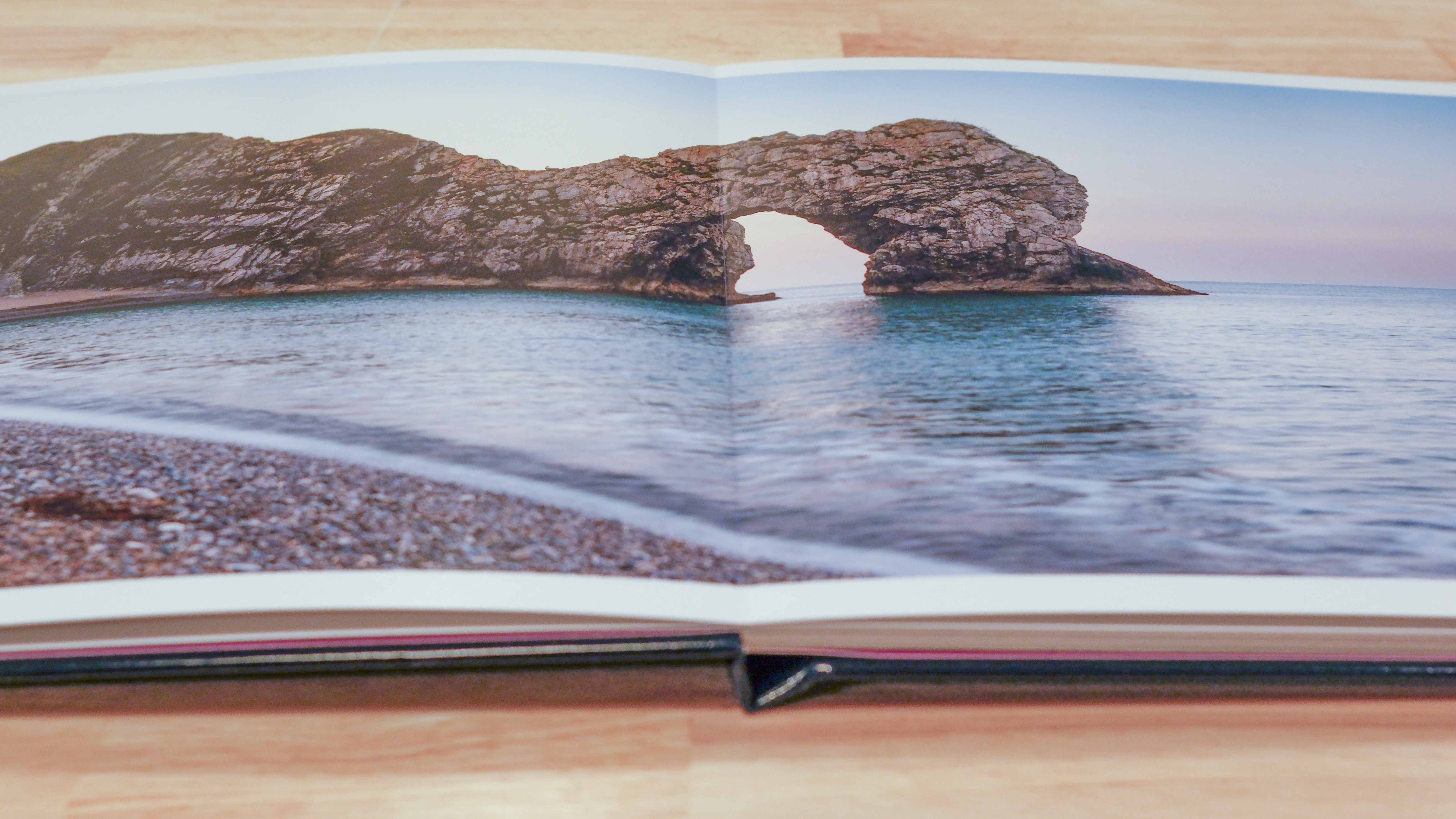
The printed photo book we received from Printique offered very high-quality results, with extra-thick pages and consistently good color and accuracy. Hues looked excellent throughout, whether it was a bright, sunny photo or more nuanced fog with creamy bokeh.
All of the photos were arranged perfectly, exactly as we set them, with no printing errors or unexpected margins. The book excels at photos that cross the binding, with a consistent look that feels mostly unbroken, allowing for very large spreads. I especially liked the brightness of the print and paper on our magenta TechRadar signature cover pages. Branding from Printique was minimal, but still present.
The heavy feel of the Printique photo book adds a nice bit of gravity to photos with the weight of the paper. I was almost worried that I would tear the heavy paper as I turned the pages, but the book held its binding nicely, and the photos feel even more special on such a thick presentation. This would make a fine photo book for wedding photography, very special occasions, or to highlight the best shots in your portfolio.
The pages may be a bit too thick if you're printing a large volume of work, and I still worry about those thick pages tearing with constant turning over the years. But for making a selection of photos feel extra premium, Printique’s photo books are a great choice.
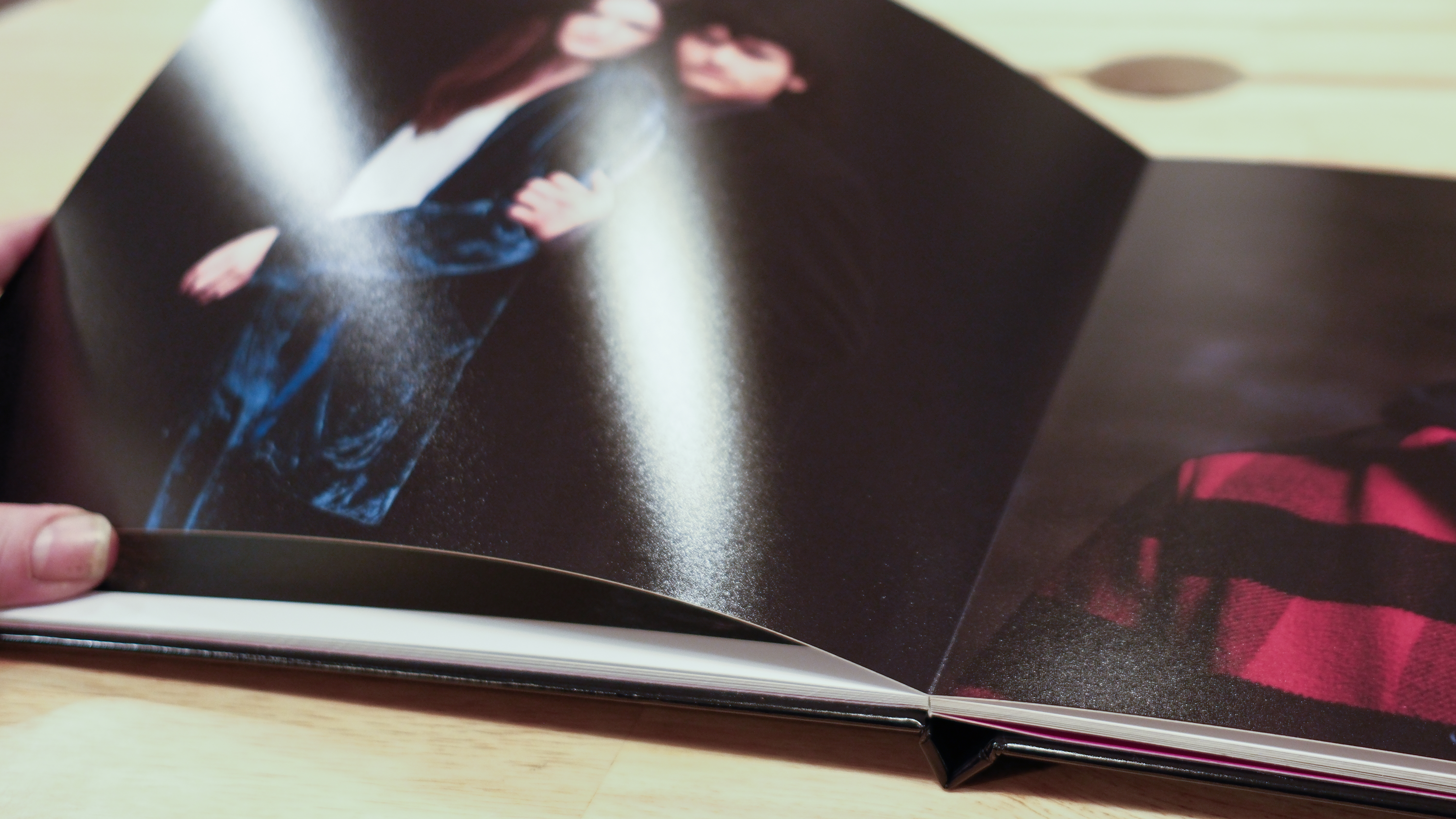
You want a high degree of customizability
Whether it’s precisely controlling image dimensions, adding shaped image frames, including shapes in every color of the rainbow, or stamping your book with illustrations, you’re free to customize your photo book your way.
You want a polished final product
With quality tactile paper, vivid colors and unerringly precisely alignments, Printique's photo books are finished to an excellent standard, making them a gorgeous gift for loved ones.
You want big savings
There are cheaper photo book services out there. While Printique offers one of the best services we’ve tried, you can absolutely save some money elsewhere.
You want a huge array of ready-to-go templates
Printique has a decent number of templates for you to start plugging your photos into, but if you don’t care about customizability and just want the most prefabricated options, services like Mixbook offer many more.
Mixbook
With over 500 templates locked and loaded, Mixbook is a great choice if you want a no-hassle layout without needing to get into the nitty-gritty of creating your own designs. However, during our Mixbook photo book review we did find there were a few marks left by the printing process, so it’s worth bearing this in mind if you’re considering it for a gift.
Mimeo
For sheer simplicity, Mimeo can’t be beat – its stripped-back offering allows you to just get on with the design without having to wade through too many options. However, it is pricey. Creating a 10 x 10-inch layflat photobook – the closest you can get to the 12 x 12 inch one we created here – will set you back $169.51 (£133.11) and that’s not including the $13.99 (around £10.80) shipping fee. Read our full Mimeo photo book review.
At TechRadar, we use a set photo book template that we attempt to recreate using every photo book platform we review. I followed this as closely as possible, sizing images according to precise measurements, adding colored shapes in specific hues and shades, and recreating captions and credits in specific fonts and styles, allowing me to assess how easy it was to recreate specific designs that users might have in mind.
Our US Mobiles Editor Philip Berne then assessed the final product, analyzing its overall quality and finish, and comparing it to the template to identify any potential errors in the printing process.
Additionally, I spent several hours playing around with the platform’s templates, layouts, shaped frames and illustrations to see how effective its off-the-shelf design elements were.
I’m an experienced photographer, having spent many years shooting both on my Canon DSLR and my iPhone 16 Pro. I’ve also spent many years working in print, creating layouts for magazines and doing post-production on images, meaning I've spent a lot of time using design tools for producing printed products.
The Canon EOS R100 looks like a pretty dated camera in every sense, and it'll feel alien if you've only used a smartphone camera before. However, don't judge a book by its cover – it actually makes perfect sense for people looking for a cheap camera, especially for the family, and in particular for any budding photographers in the family.
This is the cheapest mirrorless camera that you can buy new, and it's one that utilizes the same 24MP APS-C sensor and reliable dual-pixel autofocus as Canon's pricier models, the EOS R50 and EOS R10.
Naturally there are compromises. The build quality is basic, especially the fixed rear screen, which isn't even touch sensitive, and the video specs are dated too.
However, after using the EOS R100 for many months my family has found it to be an excellent little snapper, and a perfect fit for small hands. Furthermore, I actually think the EOS R100's limitations are its strength, especially for first-time photographers.
With its old-school DSLR-style design, a viewfinder, and a rear screen lacking touch functionality the EOS R100 isn't trying to compete with a smartphone, and this has led my kids to explore what each external control does, and consequently pick up some photography basics.
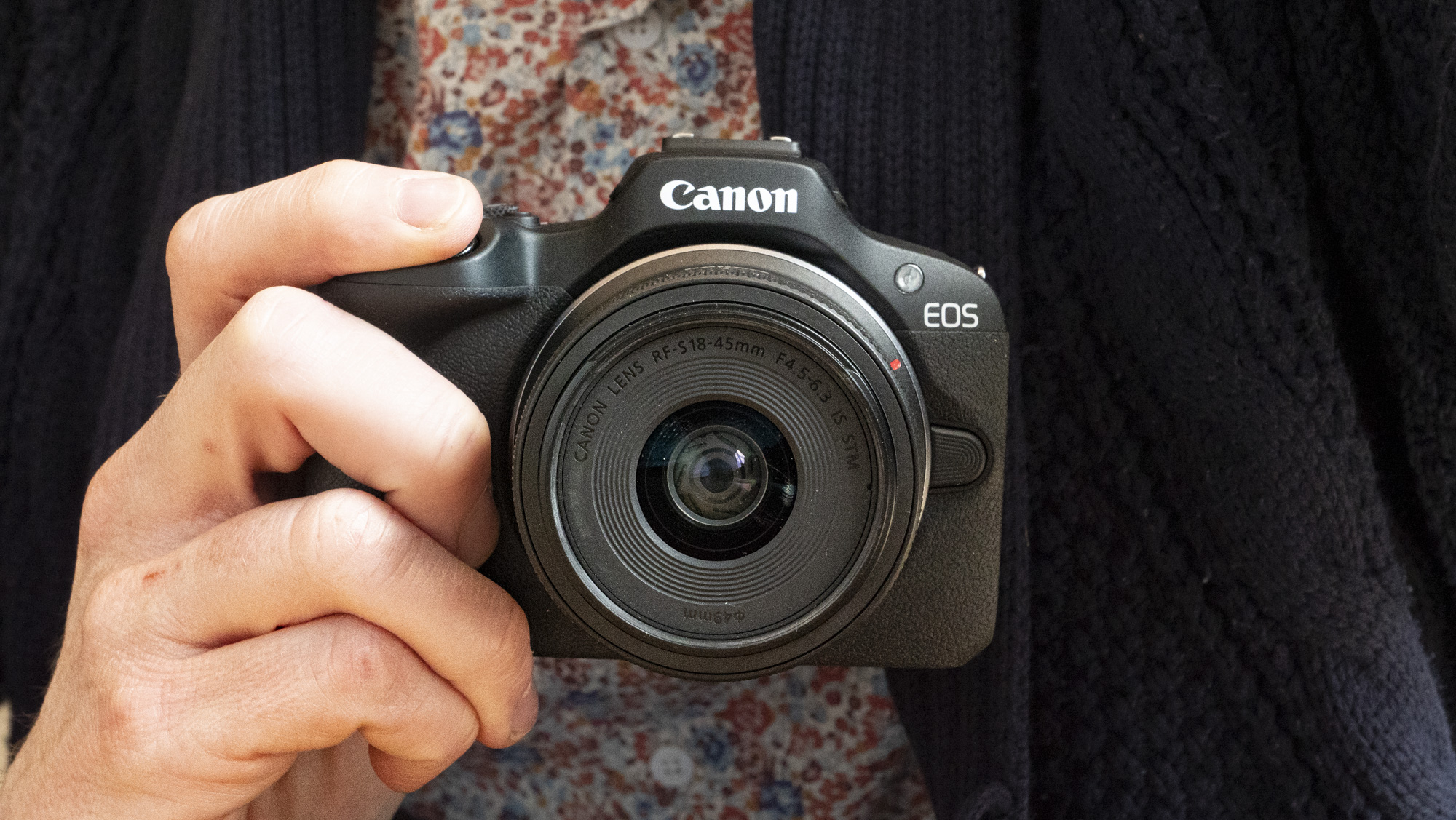
There's been further good news since the EOS R100 launched, too. Canon opened its RF-mount to third parties for manufacturing APS-C lenses, and Sigma has already seized this opportunity, launching RF versions of many of its excellent DC DN Contemporary lenses that enhance the EOS R100's photography chops, where previously lens choice for Canon's mirrorless cameras was severely limited.
I've particularly enjoyed using a quartet of Sigma f/1.4 prime lenses, which are all compact, lightweight, high quality, and an excellent physical match with the EOS R100 – I'd highly recommend the Sigma 56mm f/1.4 DC DN Contemporary as a second lens after Canon's 18-45mm kit lens, which is pretty basic.
There's a part of me that still can't warm to the EOS R100; but I'm an experienced photographer, and it's not designed for me. It's my family that have really taken to it and actually used it – which is more than I can say for some of the dedicated cheap kids camera we've tested, and pricier alternatives that are complicated to use.
I felt like I can trust my kids with the EOS R100, and they've taken some excellent photos with it, taking the experience to another level by (easily) printing some of their favorite shots using a low-cost Canon Selphy printer. It's this sort of positive engagement with creative tech that I've always hoped my kids would have.
I often have friends asking me to recommend a first camera for their young kids / tweens, with a budget around $500 / £500, and naturally they'd rather buy new. That leaves few other options besides the EOS R100.
And that's exactly the point of this beginner mirrorless camera. The design is stripped back, it has basic build quality and some of Canon's earliest mirrorless tech, and it's mass produced, readily available, and sold on the cheap. If general photography is your intended use and you don't need flagship power, the EOS R100 still holds up well today.
The camera was launched in May 2023, and with the 18-45mm kit lens it cost $599 / £669 / AU$1,099. However, since then I've seen some incredibly good deals, especially in the US during Black Friday 2024 and other seasonal sales, during which time the camera and lens price fell to as low as $350 / £410 / AU$800. It costs even less body-only – it's quite simply the cheapest mirrorless camera you can buy new.
The EOS R100 feels like a shrunken-down version of Canon's DSLRs of old, only with mirrorless tech under the hood.
It's comfortable to hold thanks to a pronounced grip, and its diminutive proportions are a perfect fit for little hands – my kids, aged between five and 12, could all hold the camera comfortably and easily take photos with it.
A dinky viewfinder provides a clear view of your scene for when it's otherwise tricky using the rear screen, such as in bright daylight.
Personally, I'd rather the rear screen at least tilted for easy viewing from awkward angles – the slightly pricier EOS R50 features a vari-angle touchscreen – although the fixed screen was less of a limitation for my kids, whose knees are rather less creaky than mine.
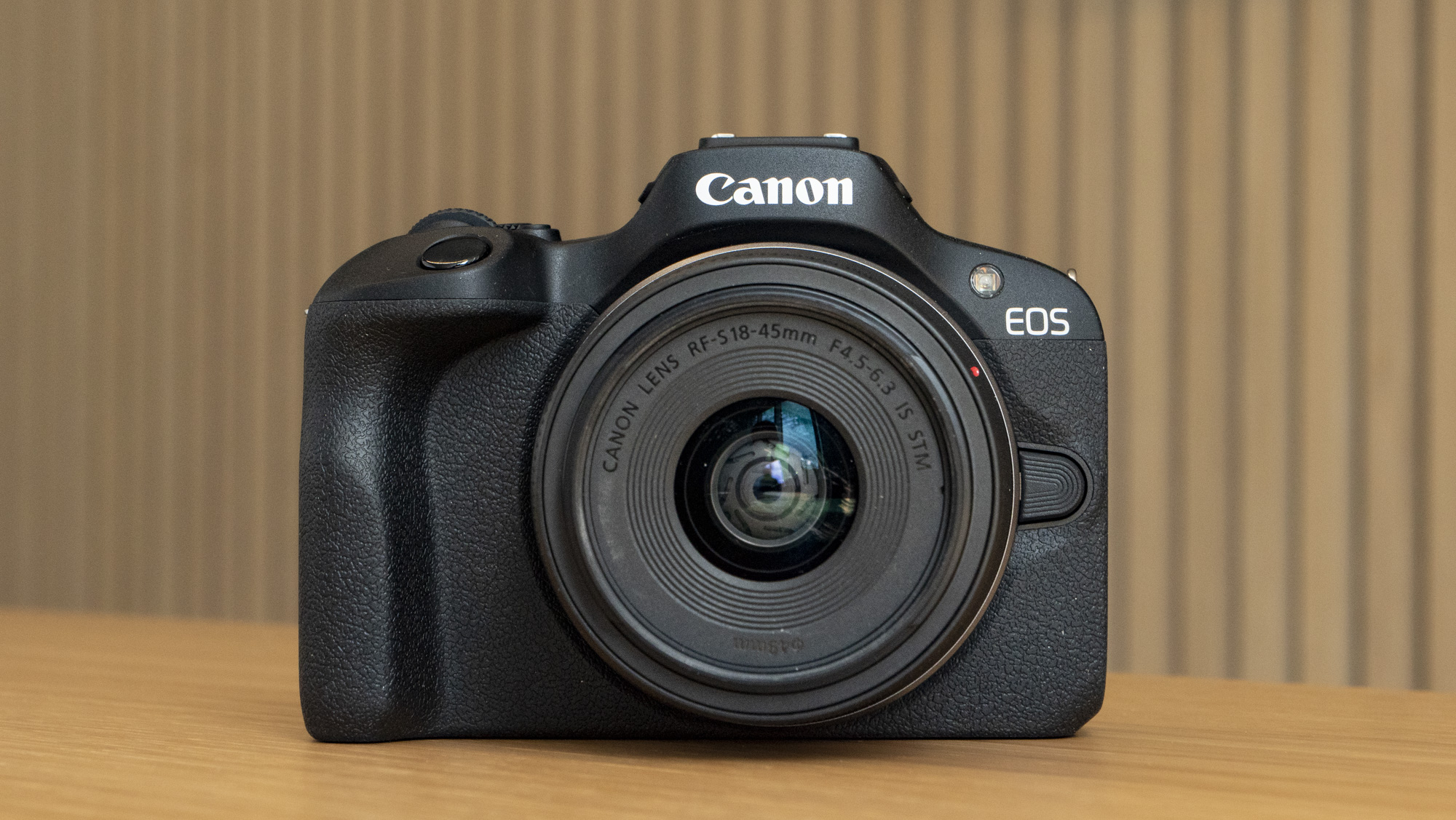

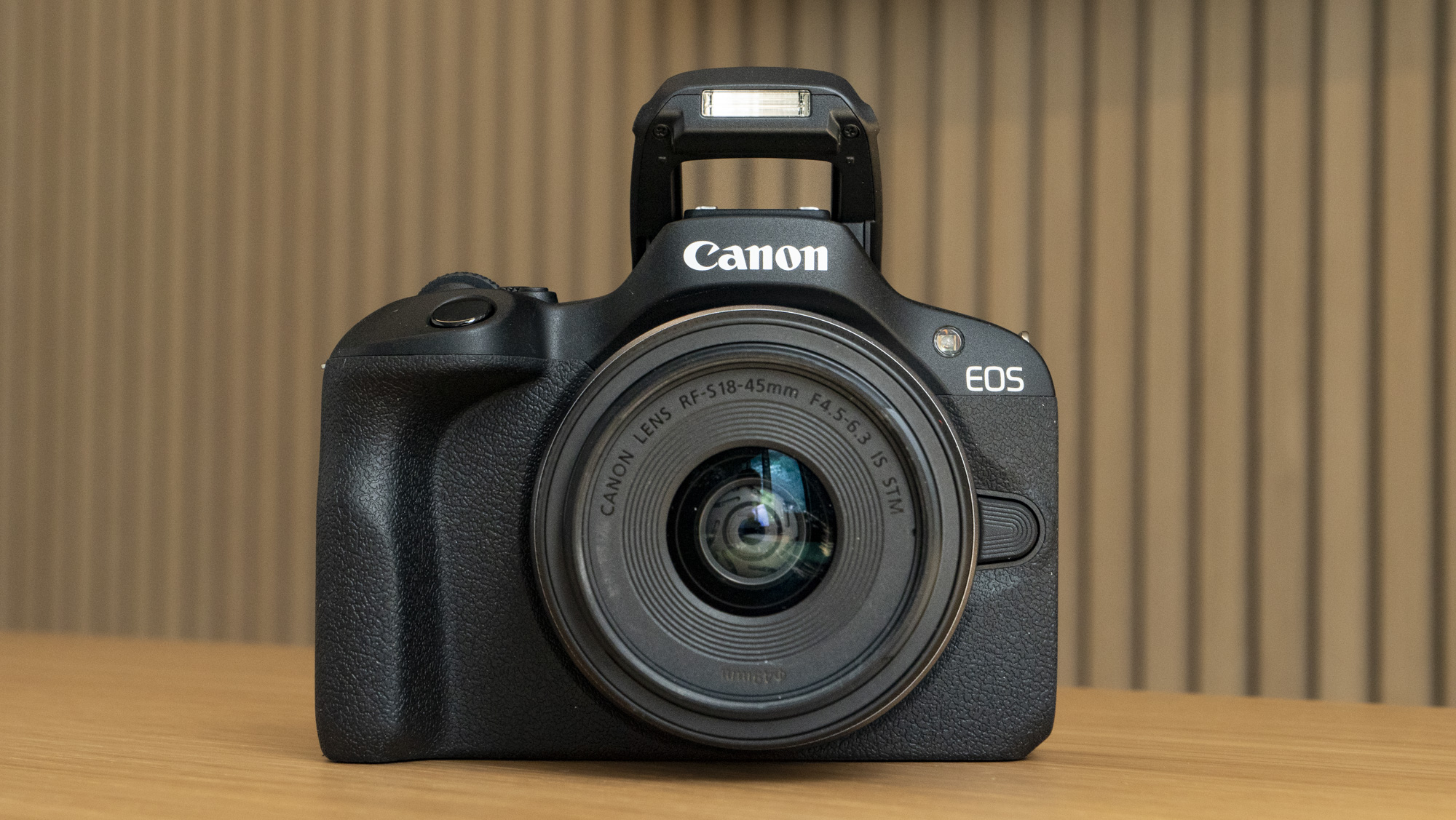
At first my kids were thrown that the rear screen didn't respond to touch – they've grown up with tech and are familiar with smartphones, and the camera's screen felt alien to them.
Eventually, however, the lack of touch functionality caused them to turn their attention to the EOS R100's physical controls, and I felt like this encouraged them to they explore the camera more, figuring out what each control and button did.
I initially called the camera 'out of touch' with beginners, precisely because of its old-school design and non-touch screen, but after extended use I've changed my mind – this is in fact an ideal camera with which to learn photography basics.
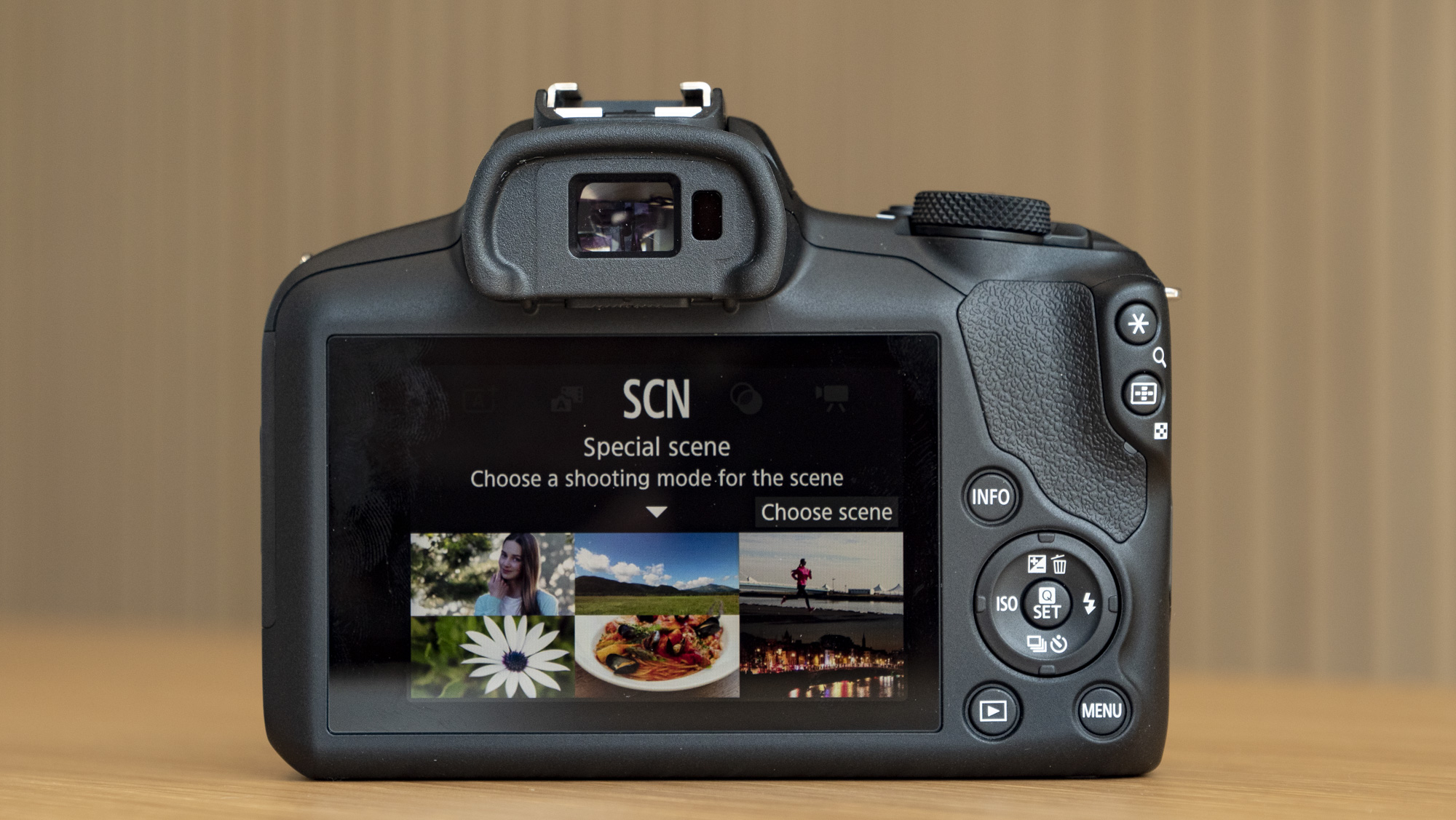
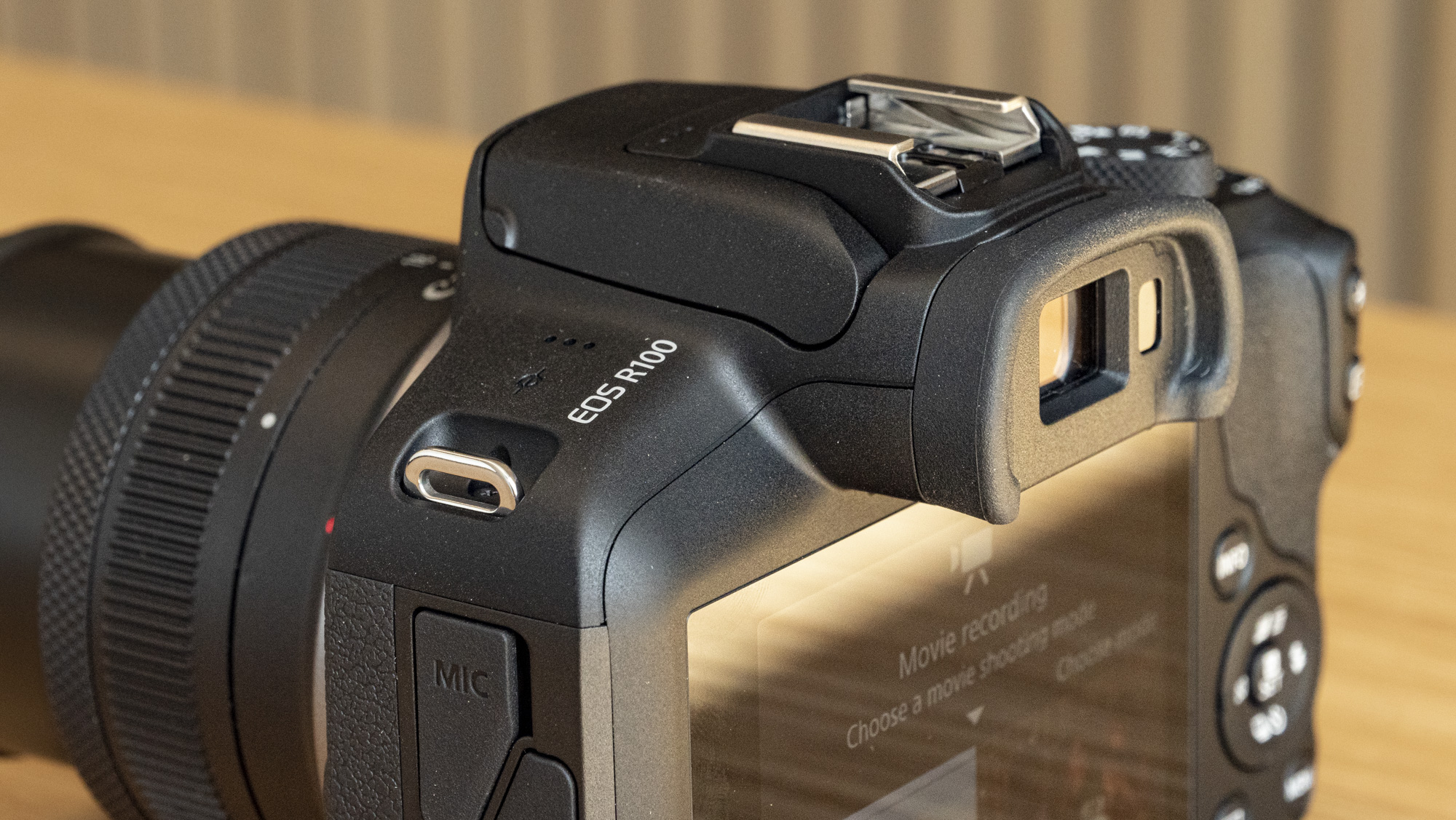
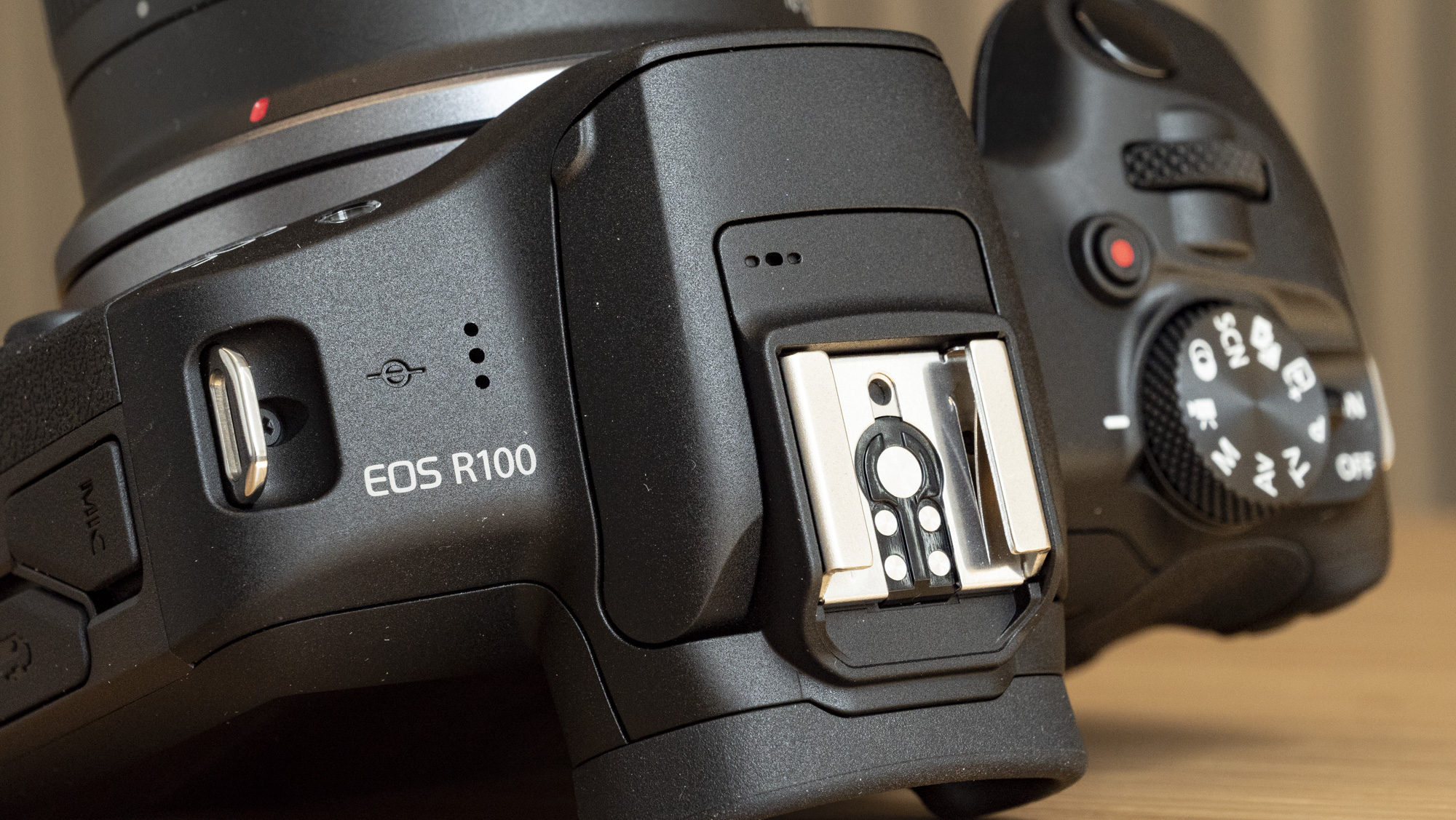
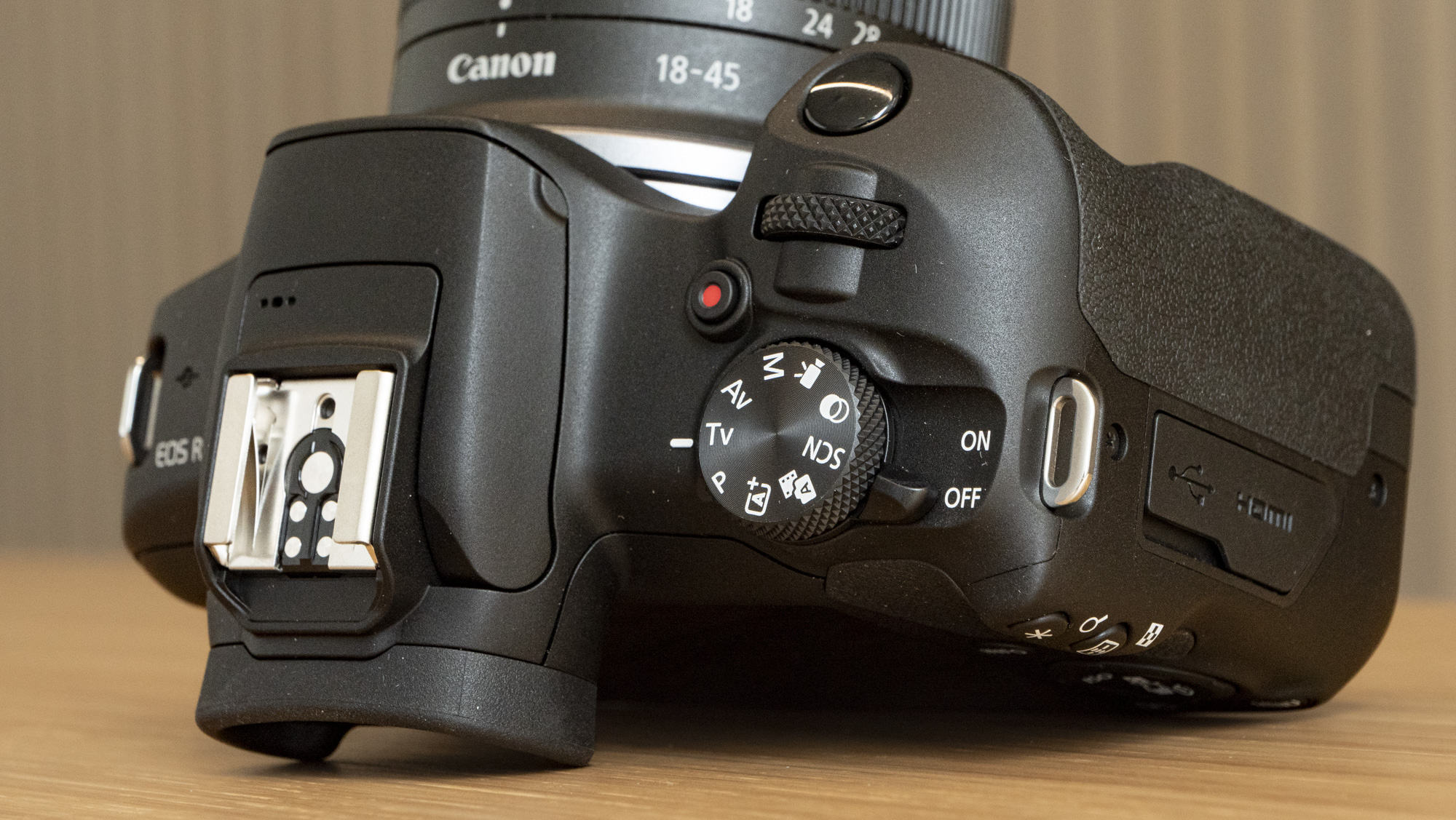
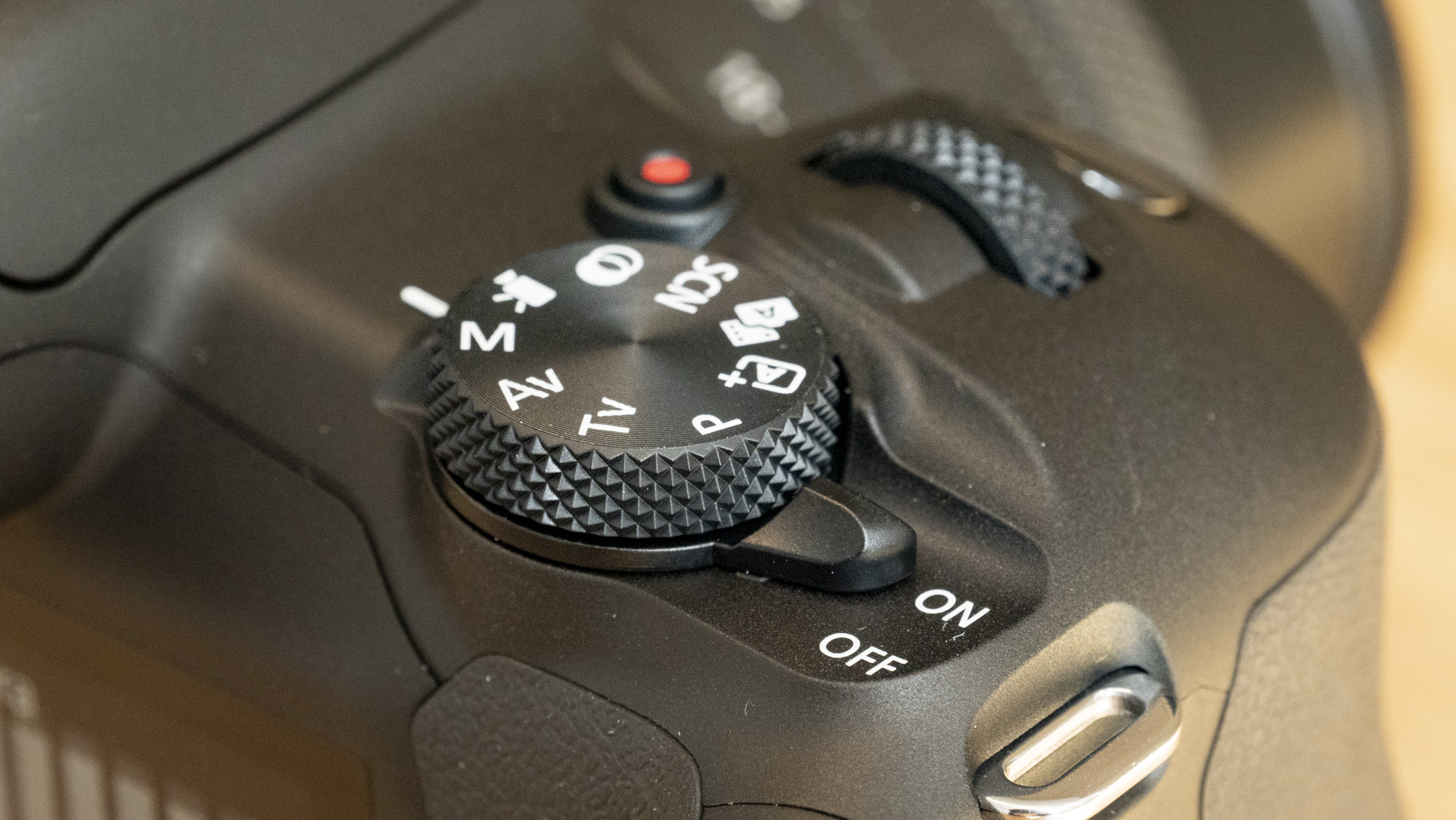
The body is built from a sturdy plastic. It's not weather-sealed, but as it's cheap and feels solid I felt comfortable letting my kids get on with using it without intervening too much, although I was also conscious of its potential vulnerability in inclement weather and dusty outdoor areas.
As I'm an experienced photographer, the EOS R100 isn't enough for me – there would be far too many occasions when I'd miss having a certain control or a feature at my fingertips. However, for beginners the EOS R100 makes a lot sense.
As you can imagine, Canon's cheapest mirrorless camera is fairly stripped back when it comes to features, and limited when it comes to outright speed.
It does, though, feature Canon's dual-pixel CMOS autofocus with face detection and human subject-tracking autofocus, which I found to be really sticky and reliable for portraiture.
Should you wish to employ a different autofocus mode, such as spot AF, the convoluted process involves diving into a menu, while there's no joystick for speedily selecting focus points manually.
Canon's latest autofocus system in the pro EOS R5 Mark II is another level, with a range of subject-detection modes for animals and vehicles, sports priority, the option to store specific people to prioritize, plus Eye Control AF – the two cameras are worlds apart. However, for general photography, the EOS R100's autofocus is very good.
The EOS R100 has rudimentary burst shooting speeds of up to 6.5fps, with sequence lengths up to 97 JPEGs or just six raws – an action photography camera this is not.
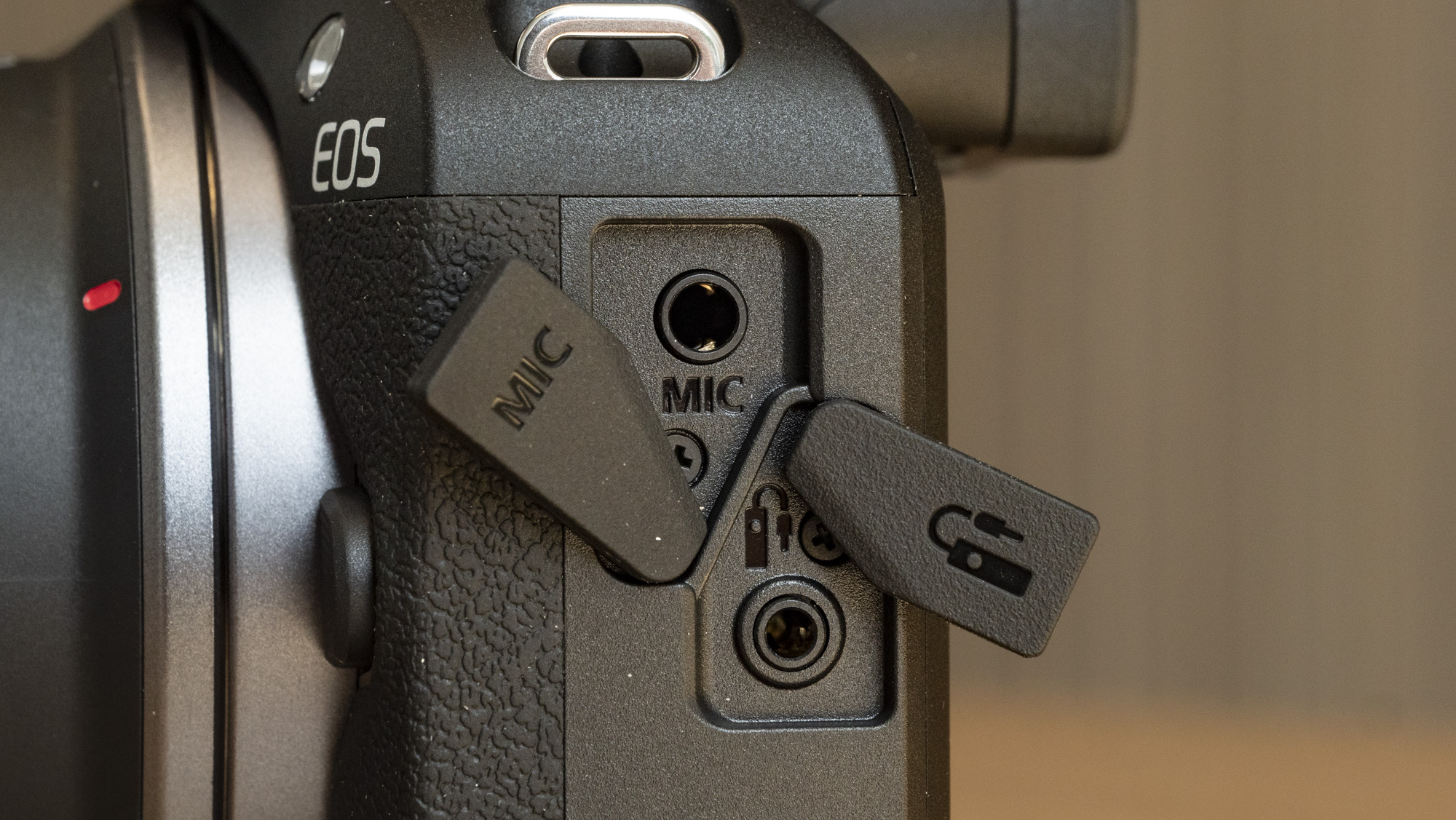
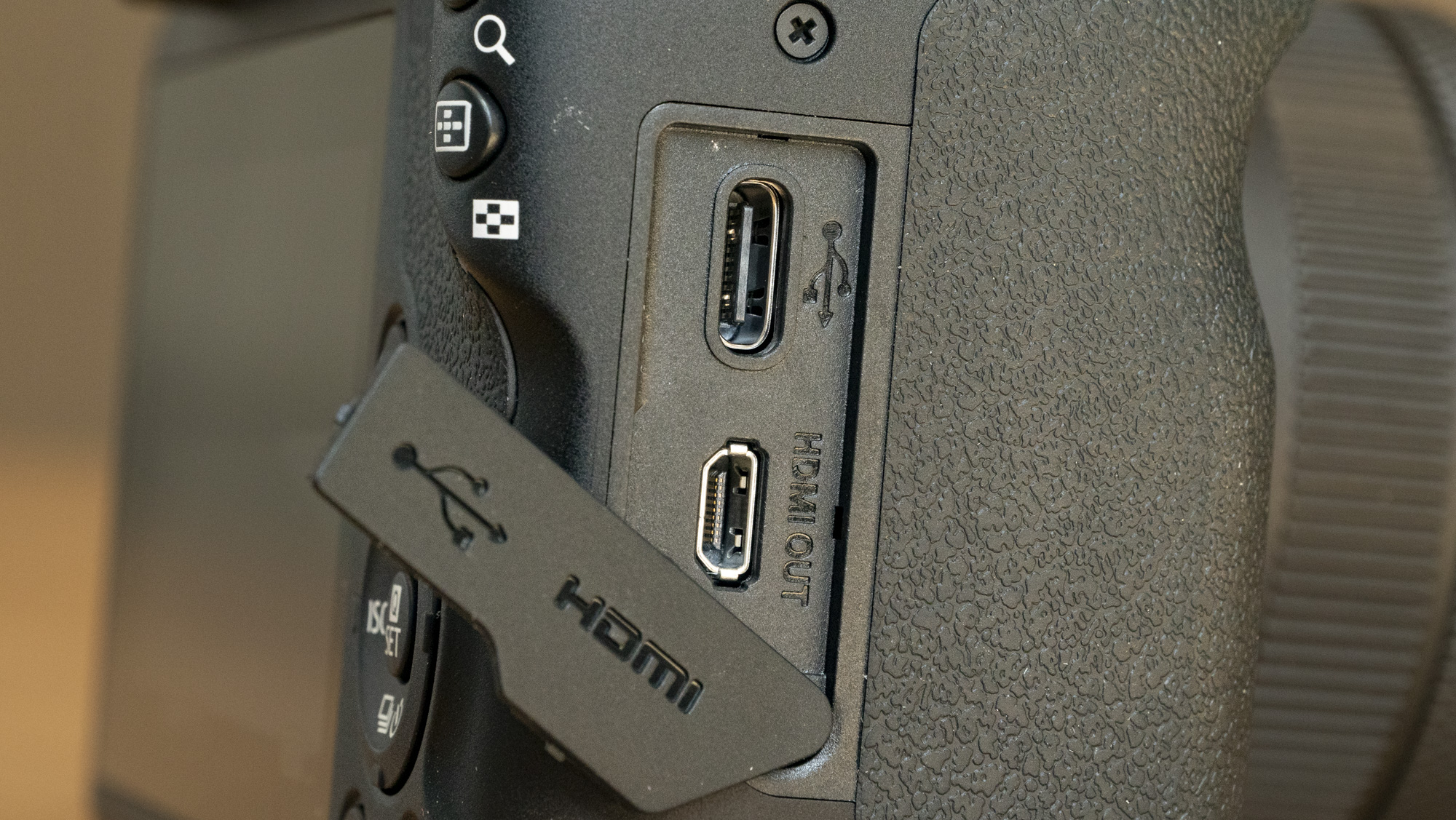
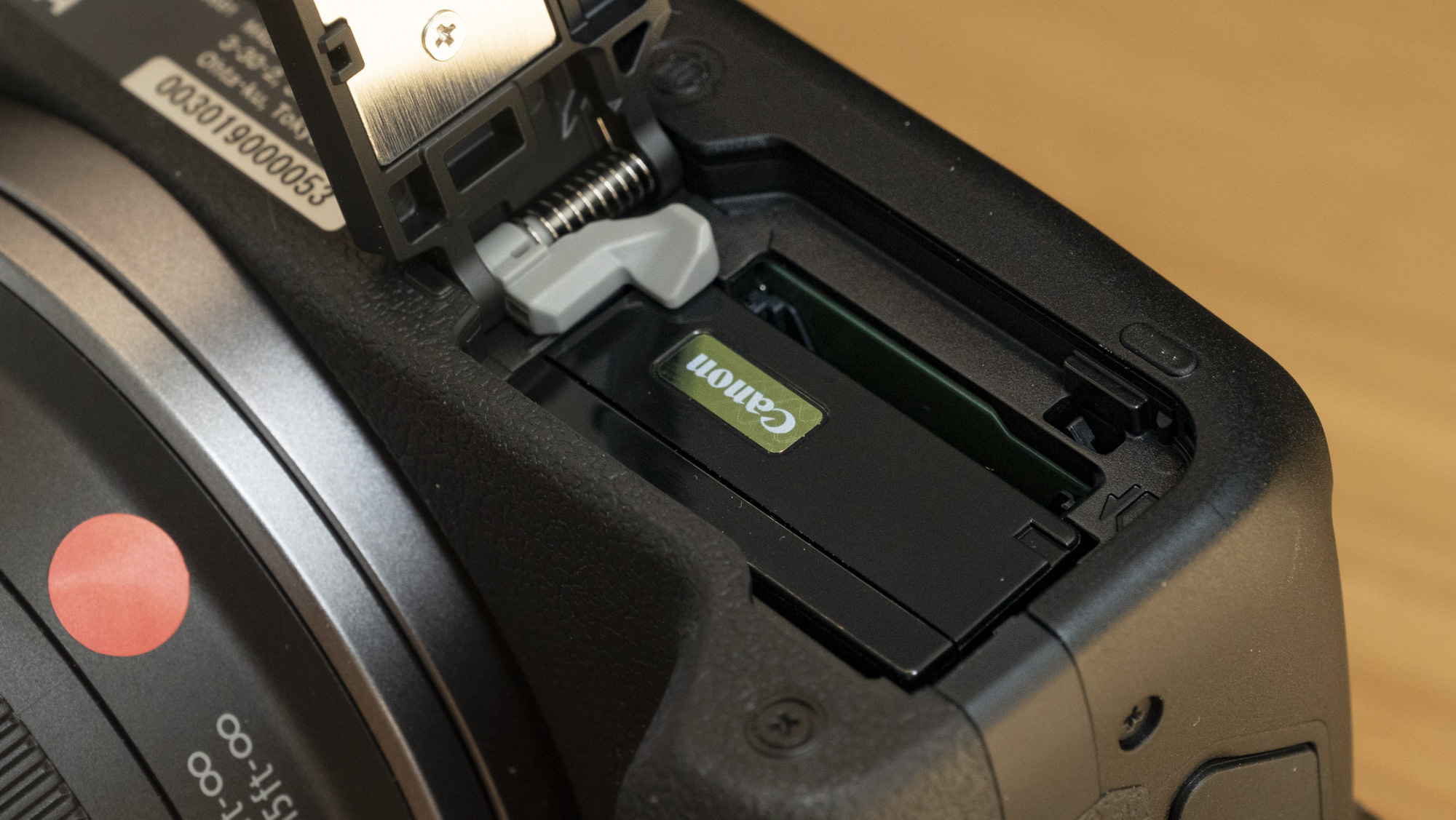
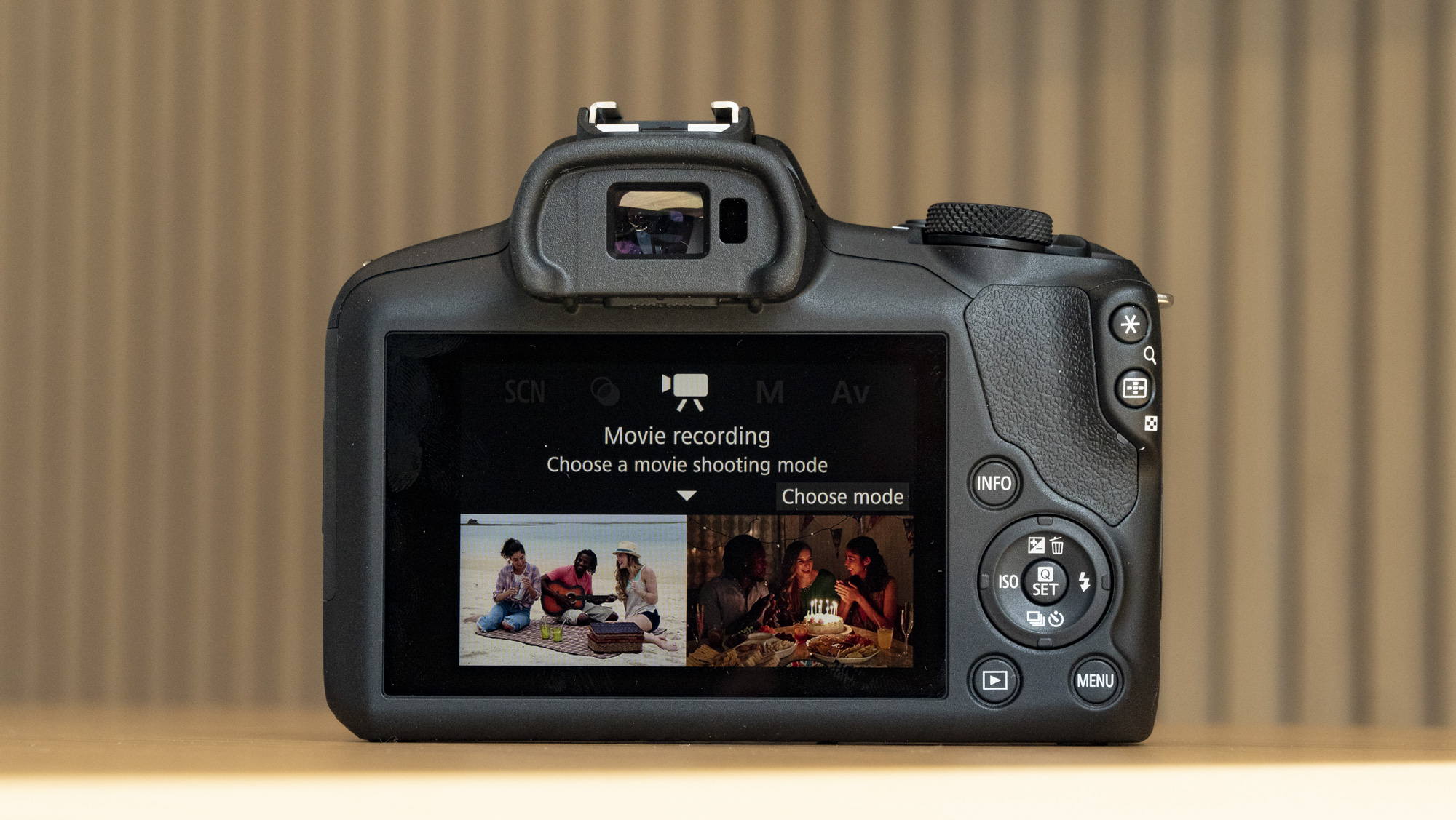
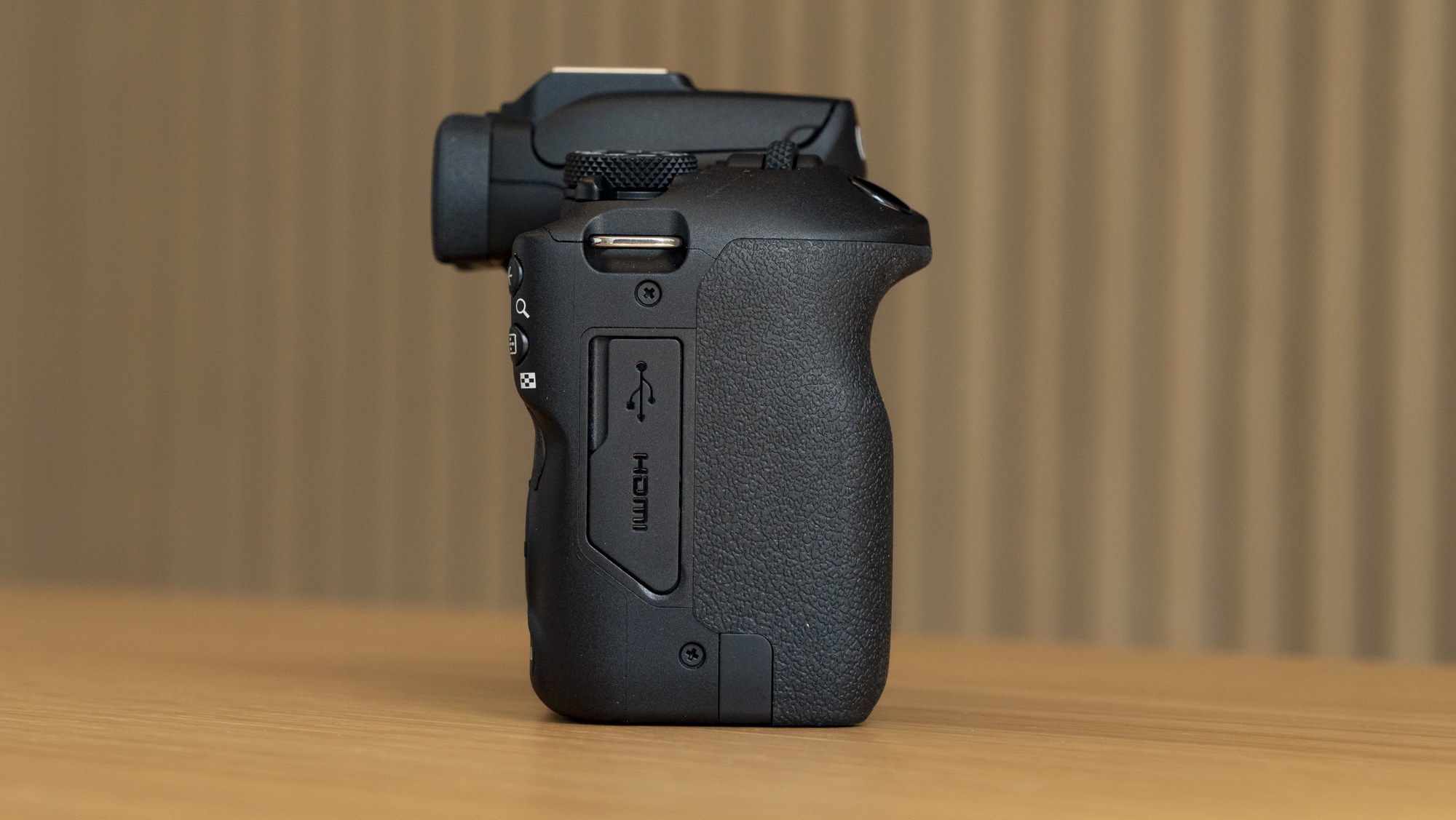
Video recording options include 4K up to 30fps, plus Full HD up to 60fps; that's the minimum I'd expect for a video-capable camera launched in 2023. Dig deeper into the specs and you'll find that video recording is in 8-bit color, which is much less color-rich than 10-bit.
The camera has a hotshoe for attaching accessories such as a flash gun. It's the more basic 5-pin type, meaning not all of Canon's flash guns are supported by the EOS R100, so if you're looking to purchase such an accessory check that it's compatible with the camera first.
There's not too much more to say about the EOS R100's image and video quality that hasn't already been covered in our EOS R10 review – it has the same potential for natural-looking photos with Canon's lovely color profiles.
This also means the EOS R100 can grab detail-rich photos of similar quality to the likes of the Sony A6100, Nikon Z50 II and Fujifilm X-T30 II, all of which utilize a sensor with a resolution around the 24MP mark, which is impressive considering that the EOS R100 is a much cheaper camera.
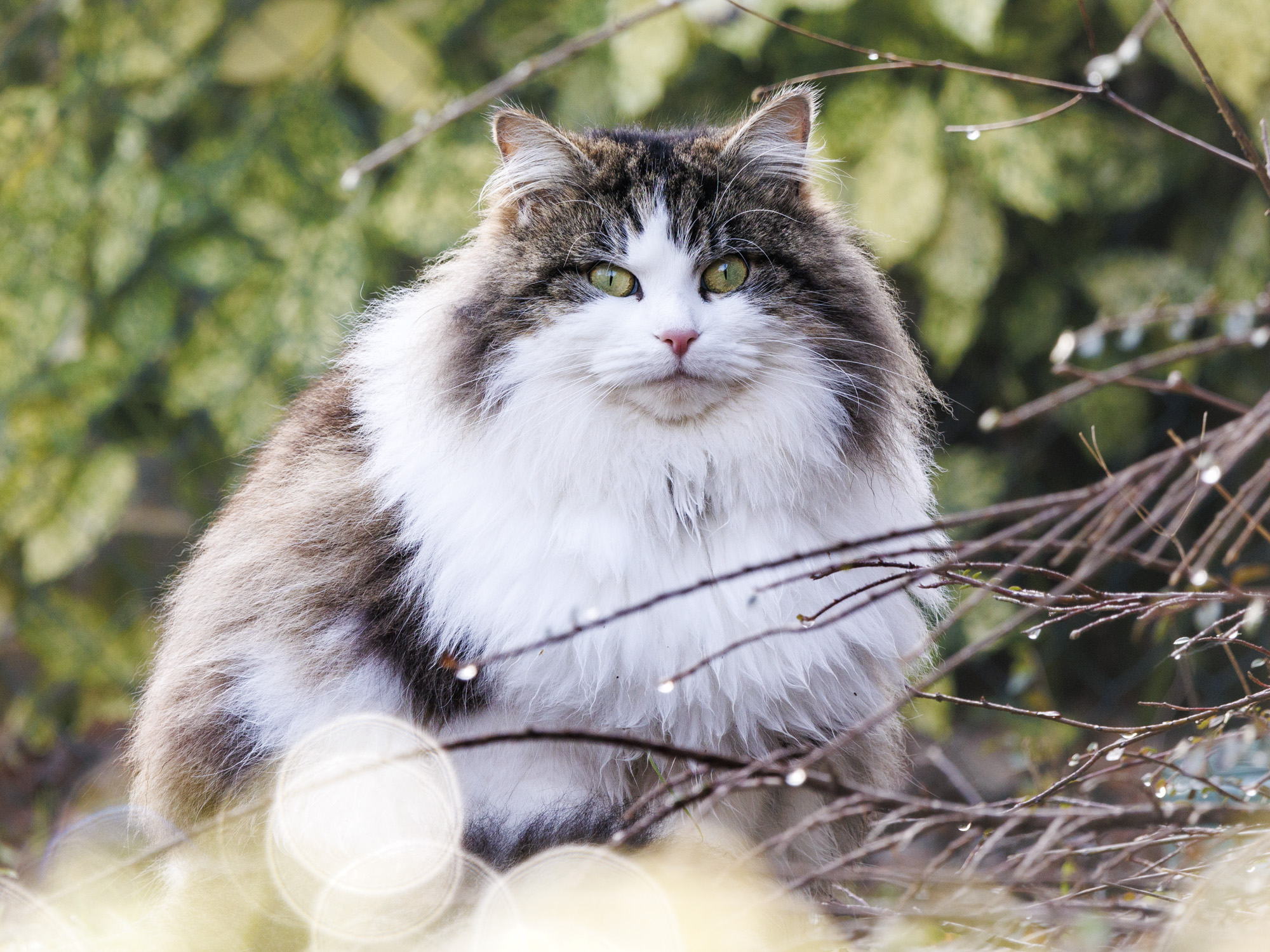
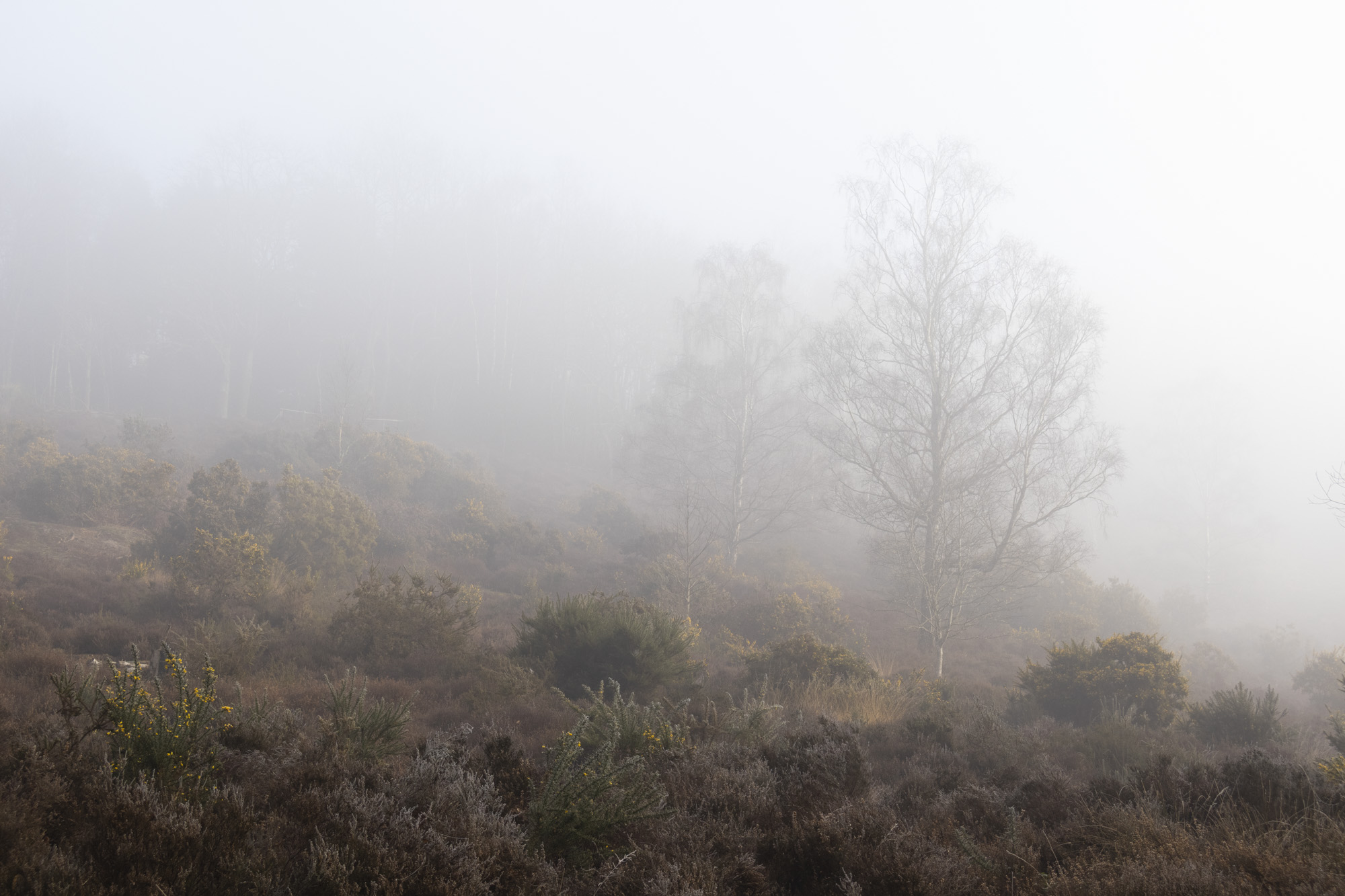
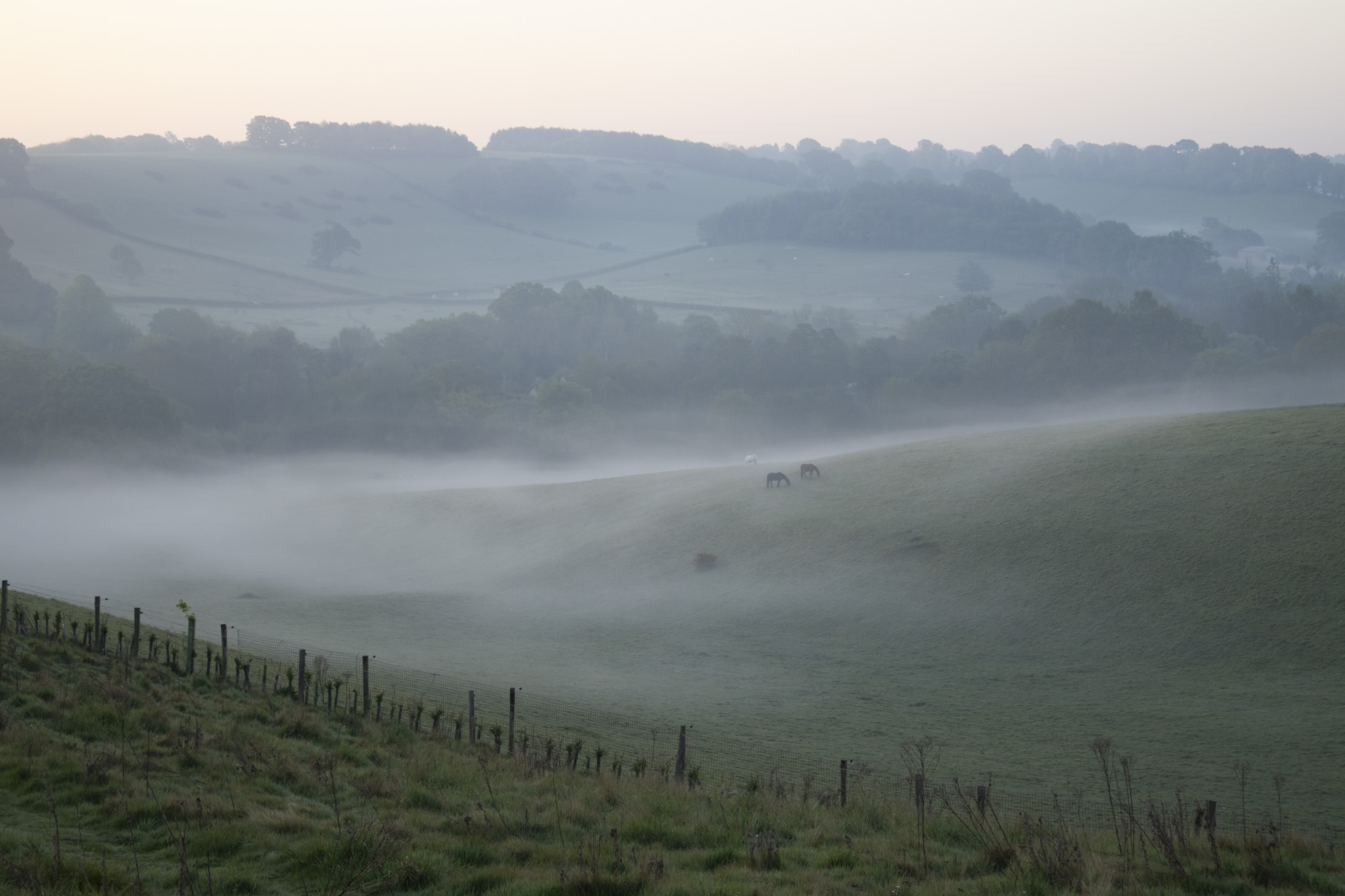
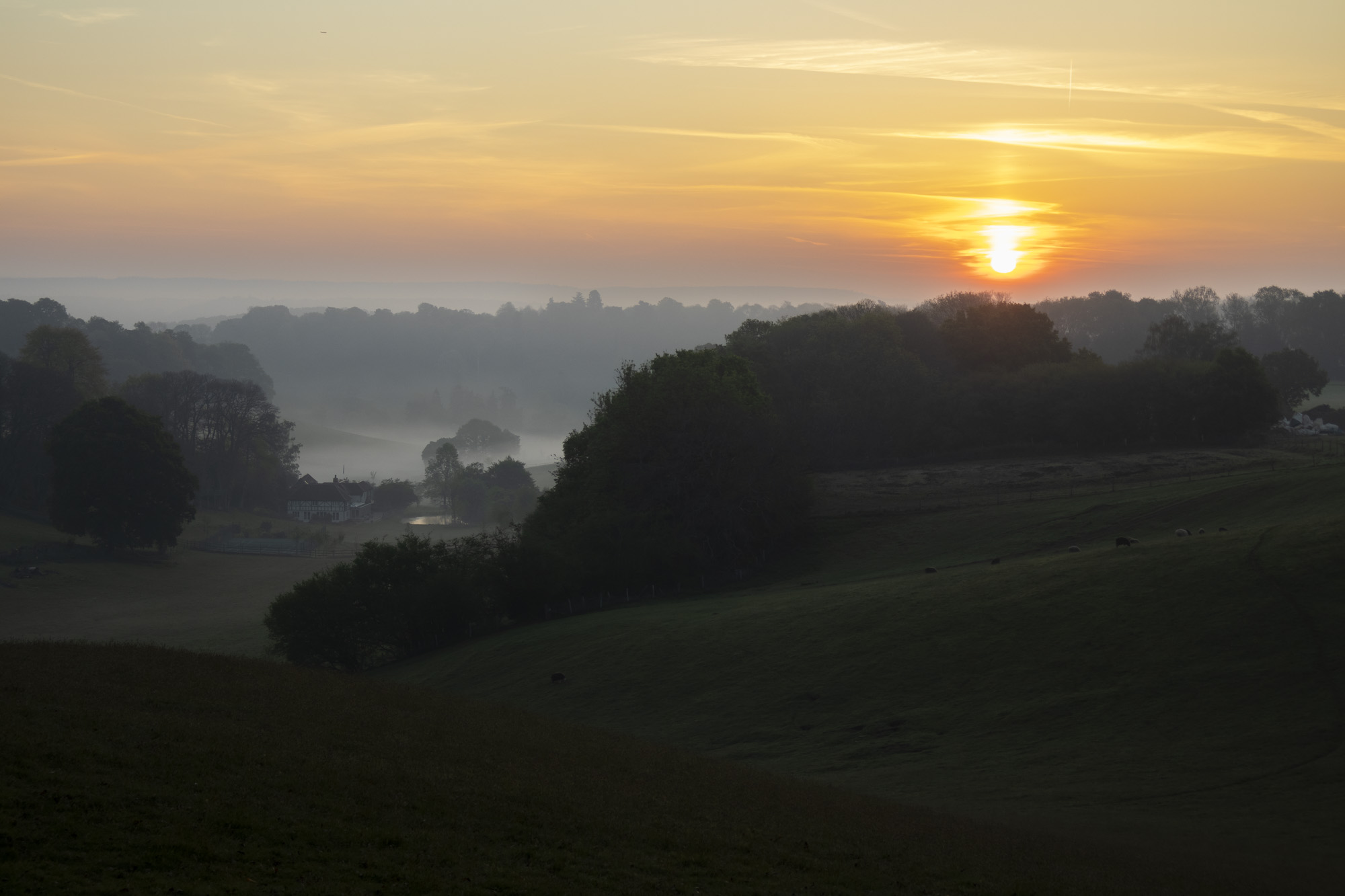
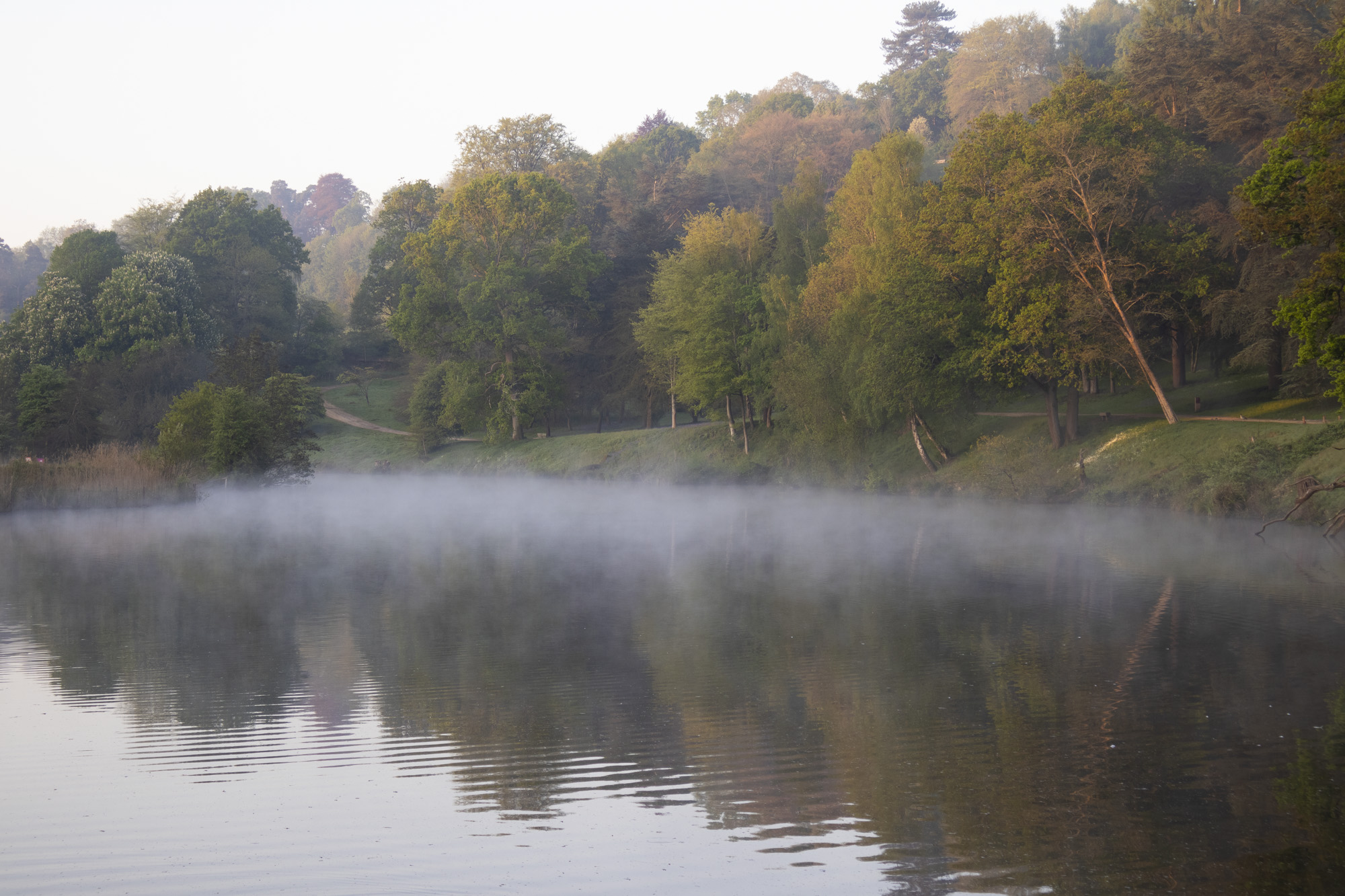
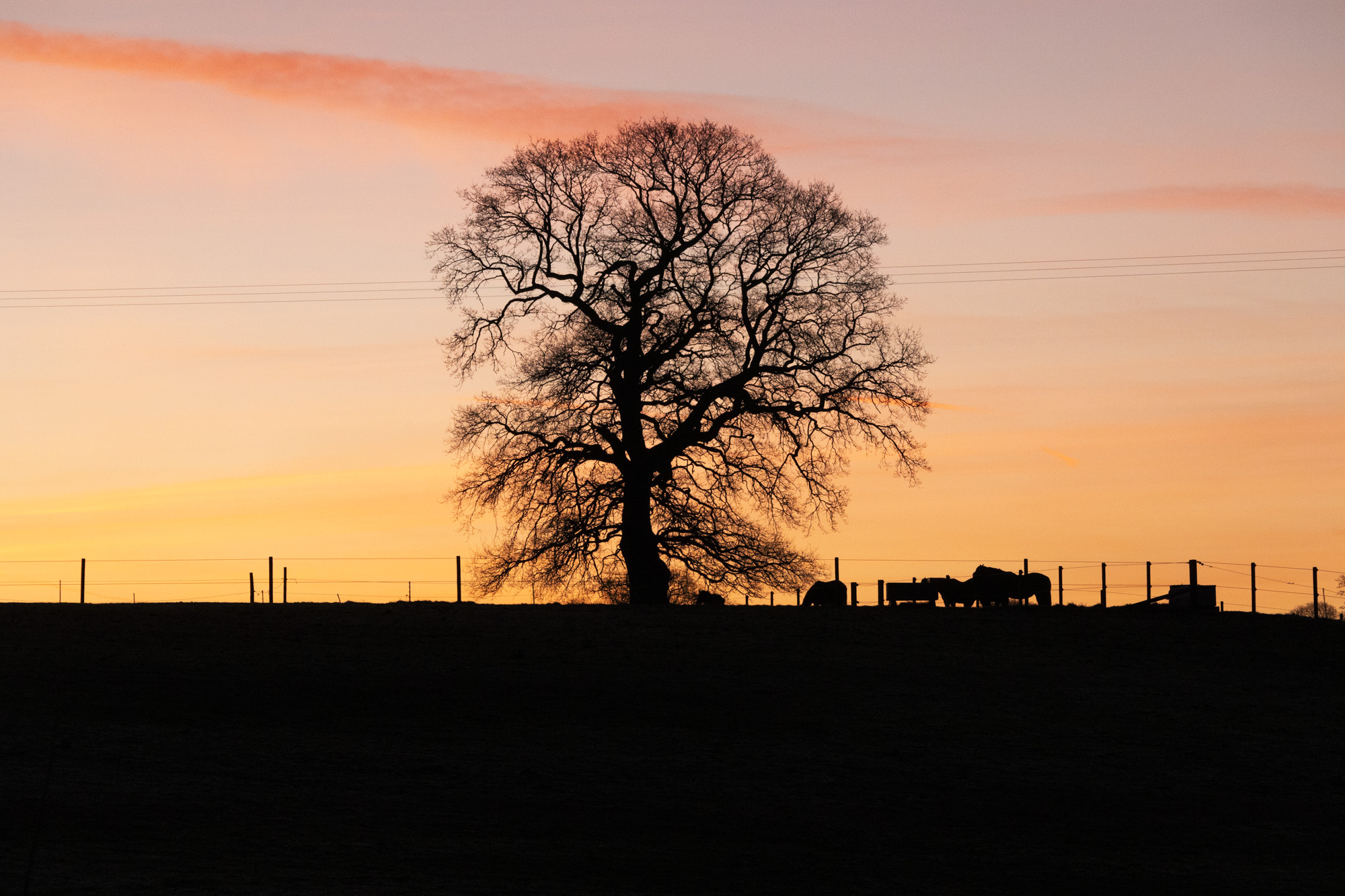
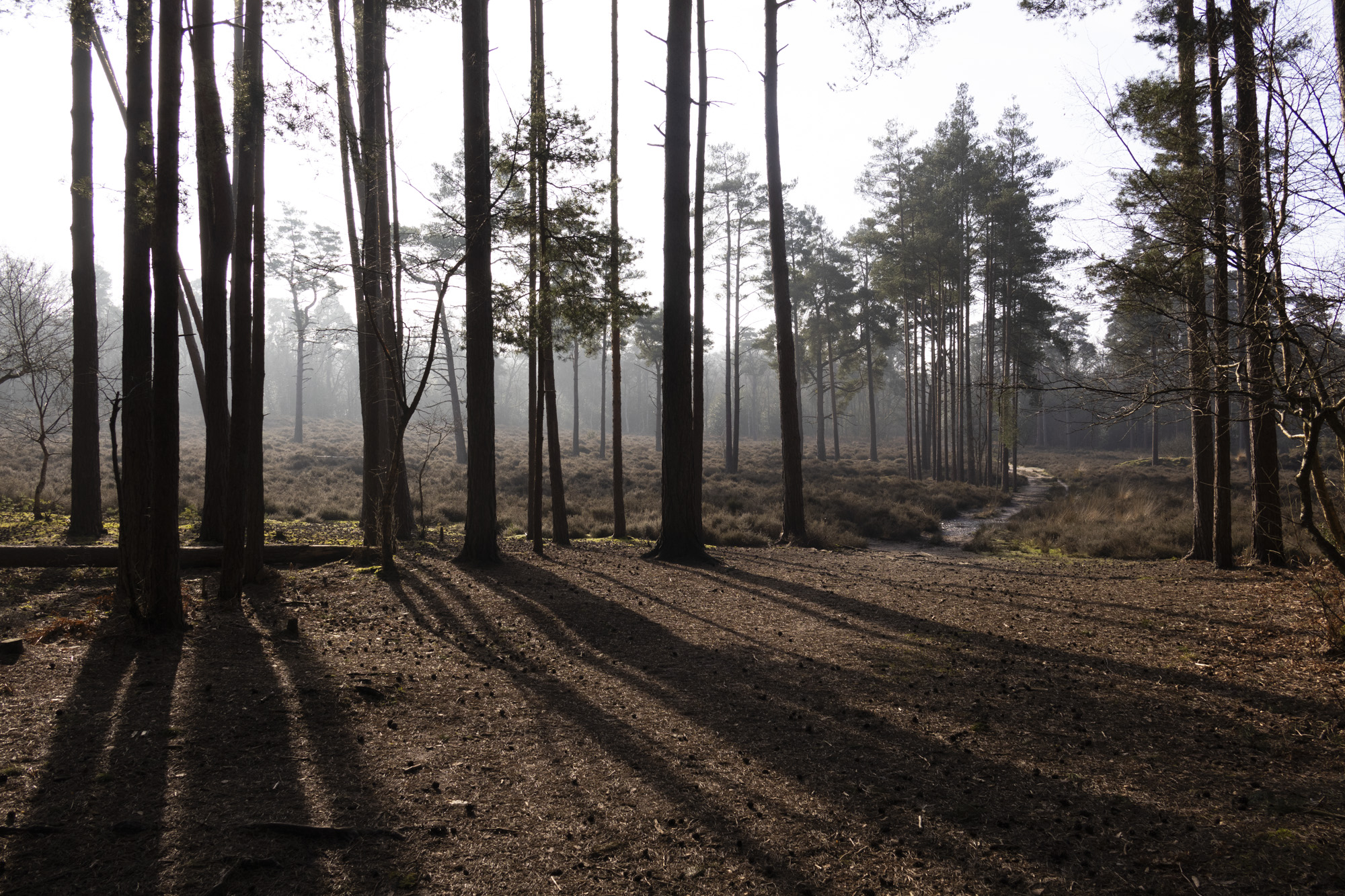
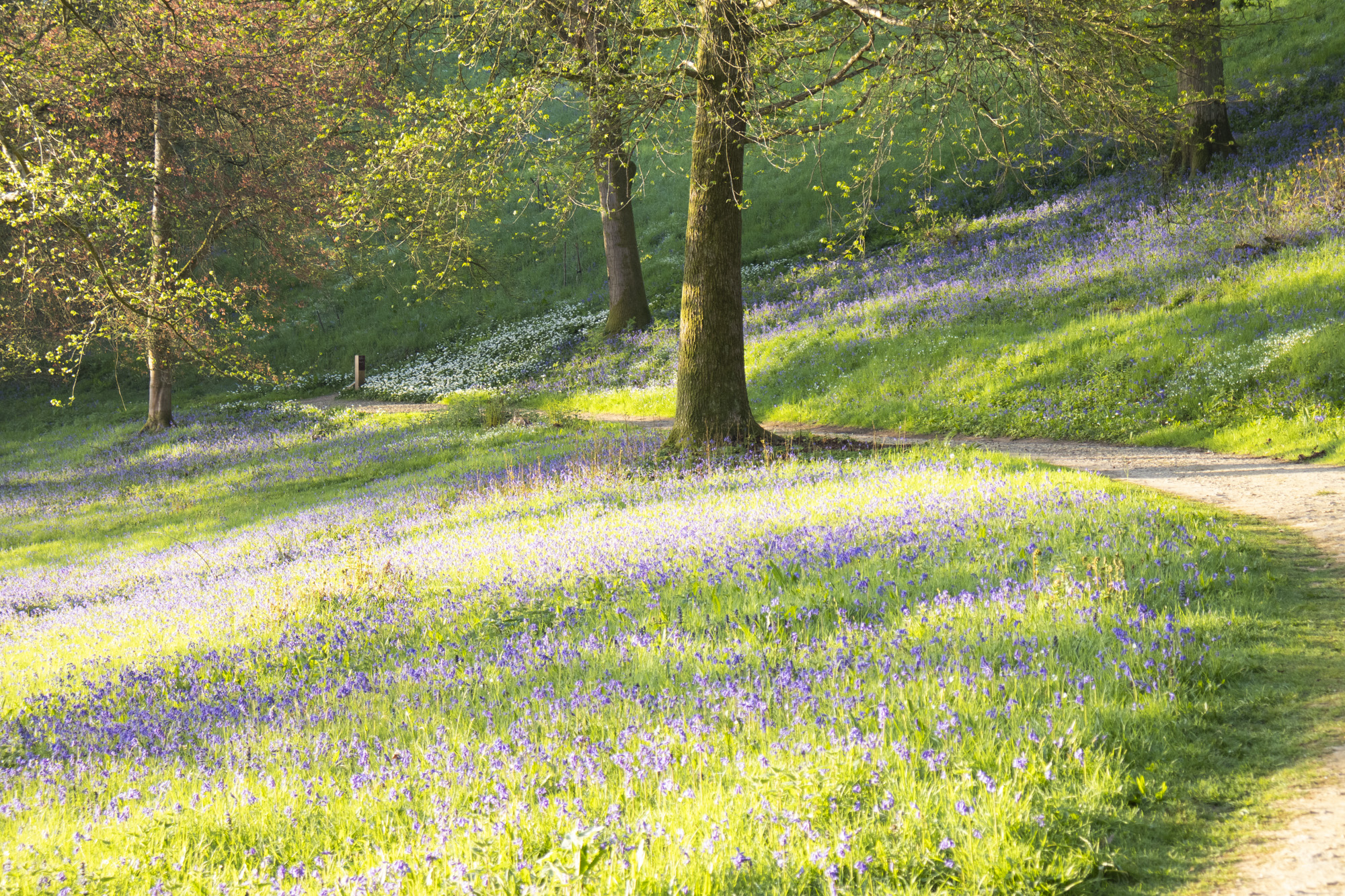
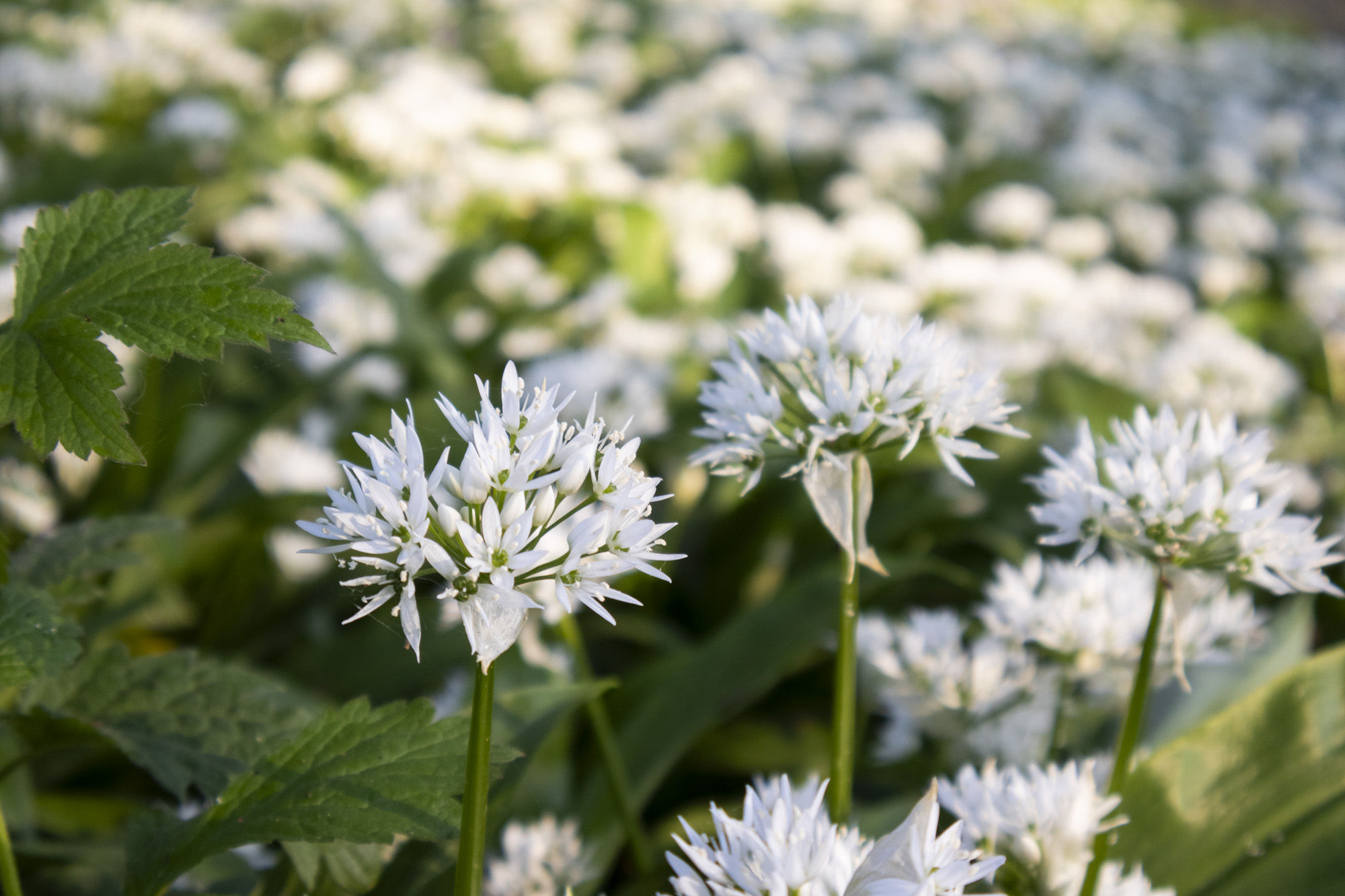
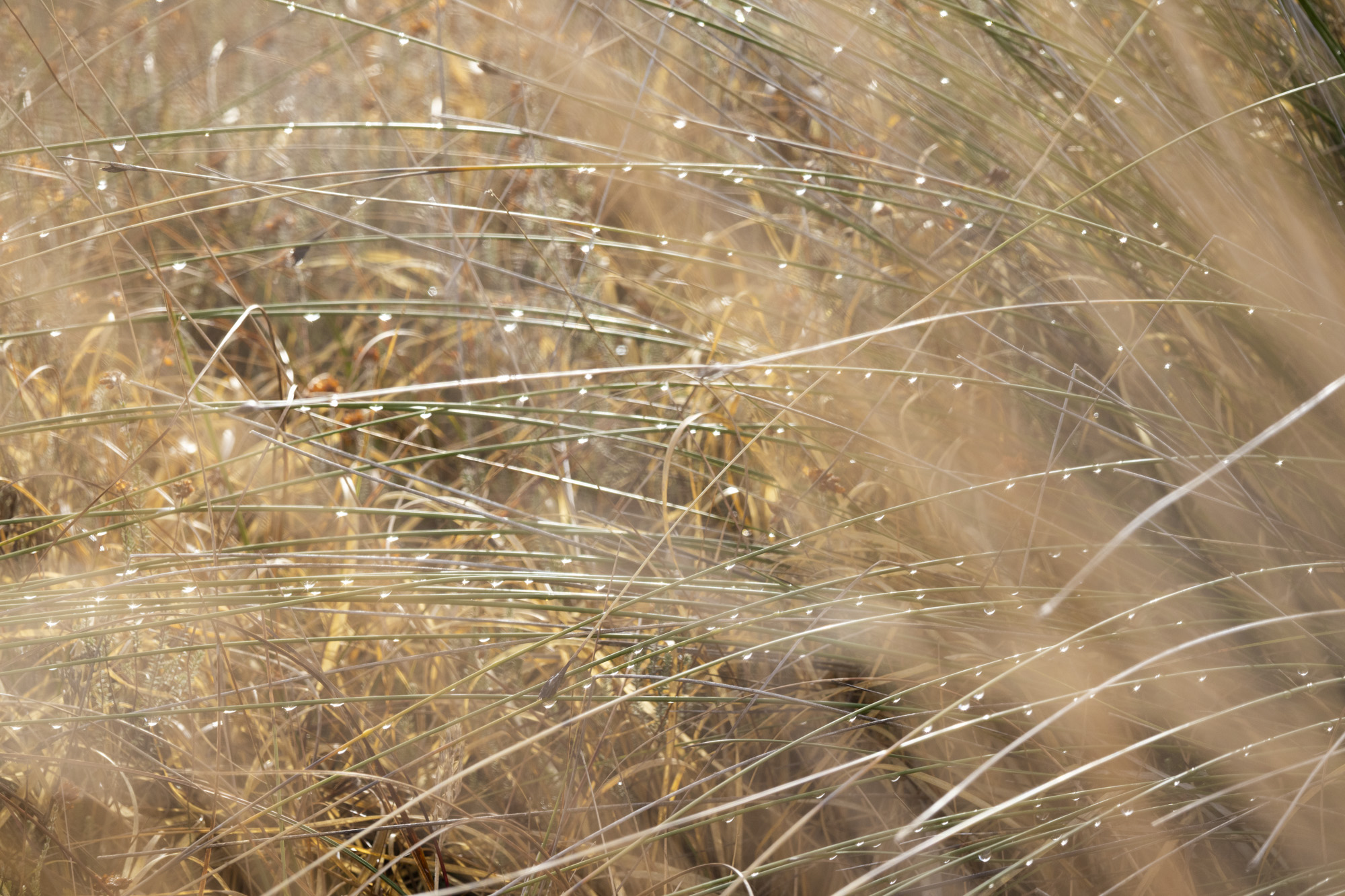
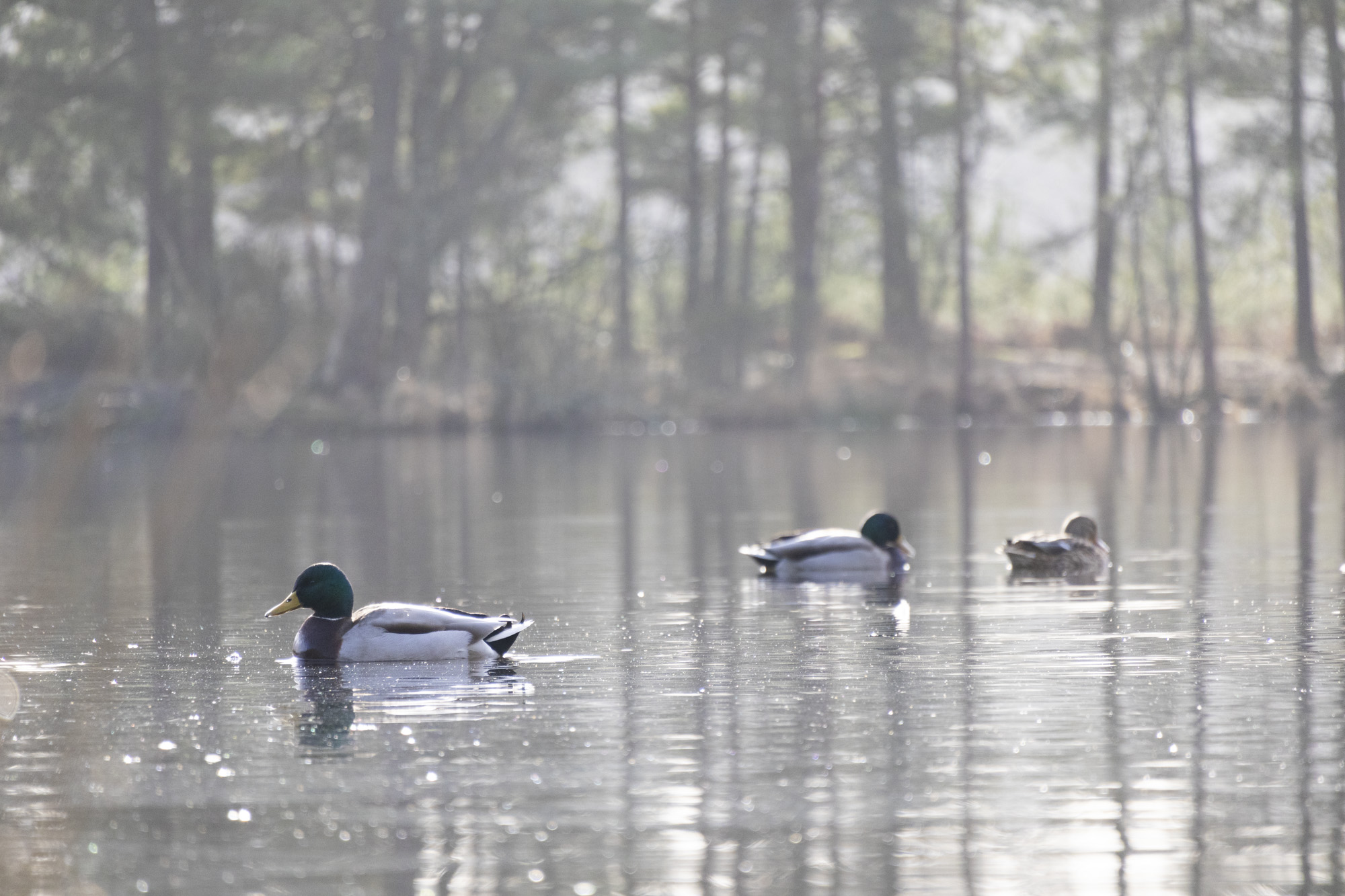
All of the photos above were taken with either Canon's RF-S 18-45mm or RF-S 55-210mm.
Canon's RF-S 18-45mm kit lens doesn't quite match the quality of Nikon's 16-50mm kit lens, while the RF-S 55-210mm lens, which is available in a twin-lens kit with the EOS R100, is decent without overly impressing; detail is a little soft in the images of ducks, above, while bokeh in the cat portrait has an onion-ring effect.
To truly elevate image quality, I would recommend buying another lens. The photos included in the first gallery directly below are made with some of Sigma's DC DN Contemporary f/1.4 primes – the 16mm , 23mm and 30mm. In the second gallery below, all the photos are made with Sigma's 56mm lens, which is ideal for portraits.
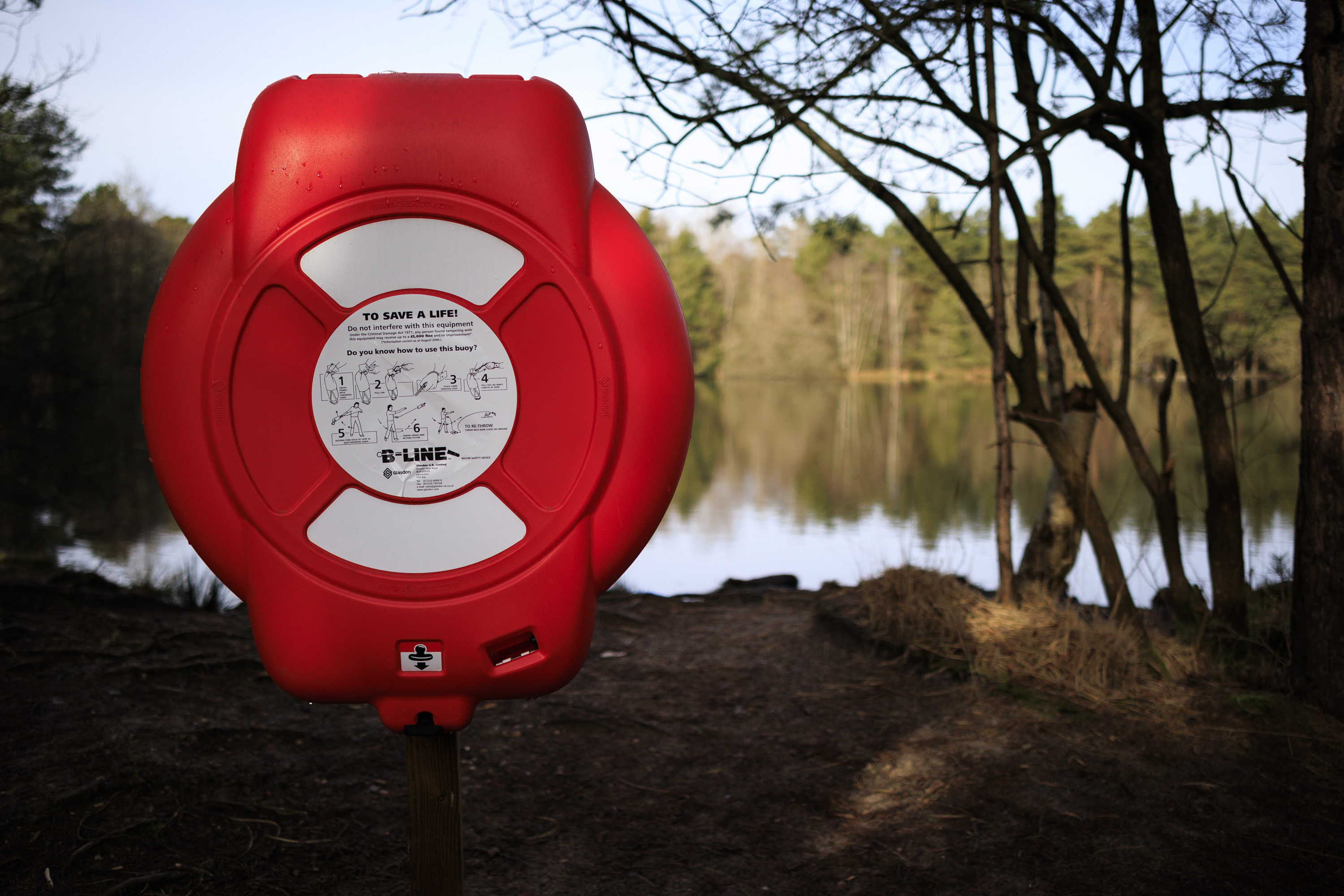


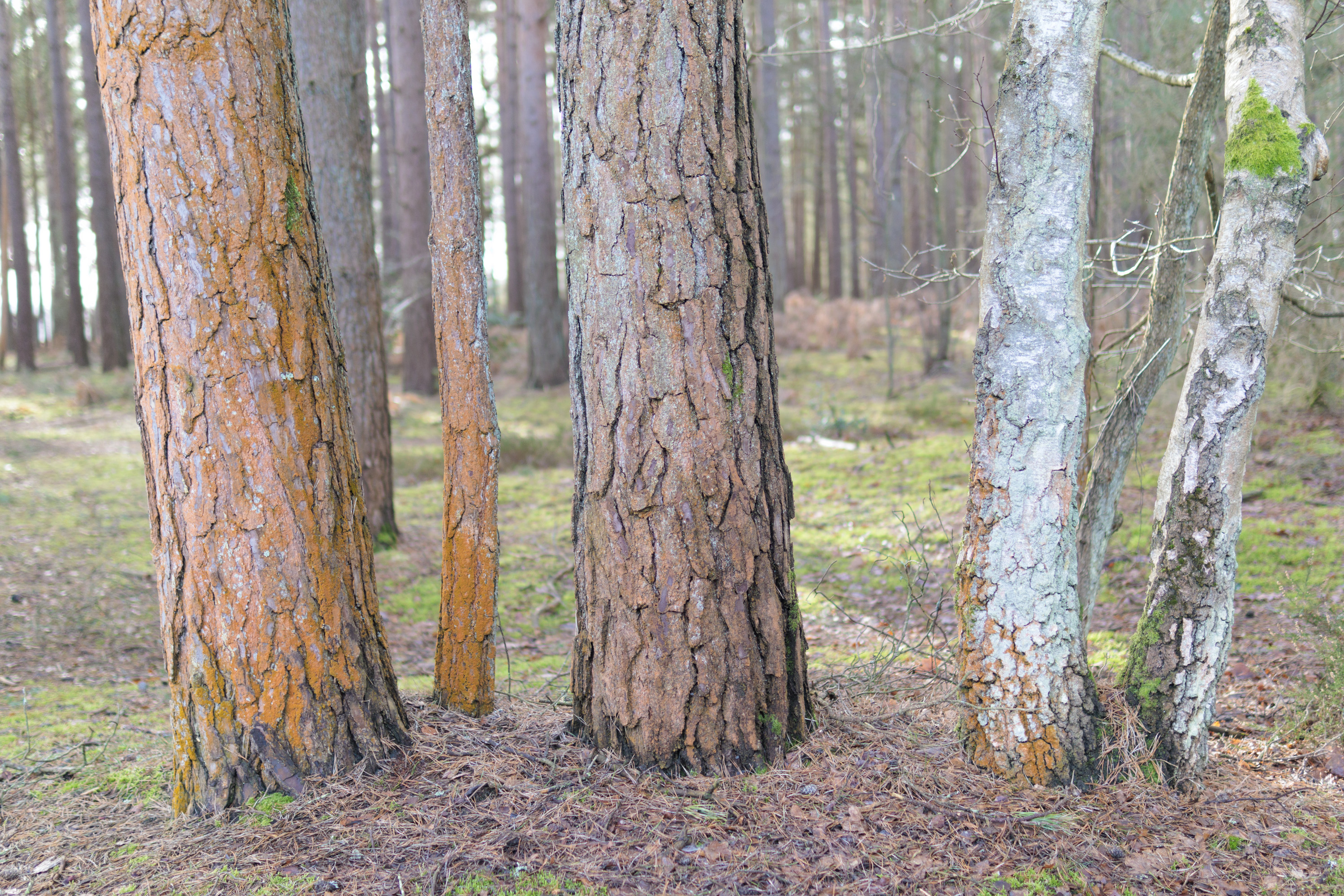
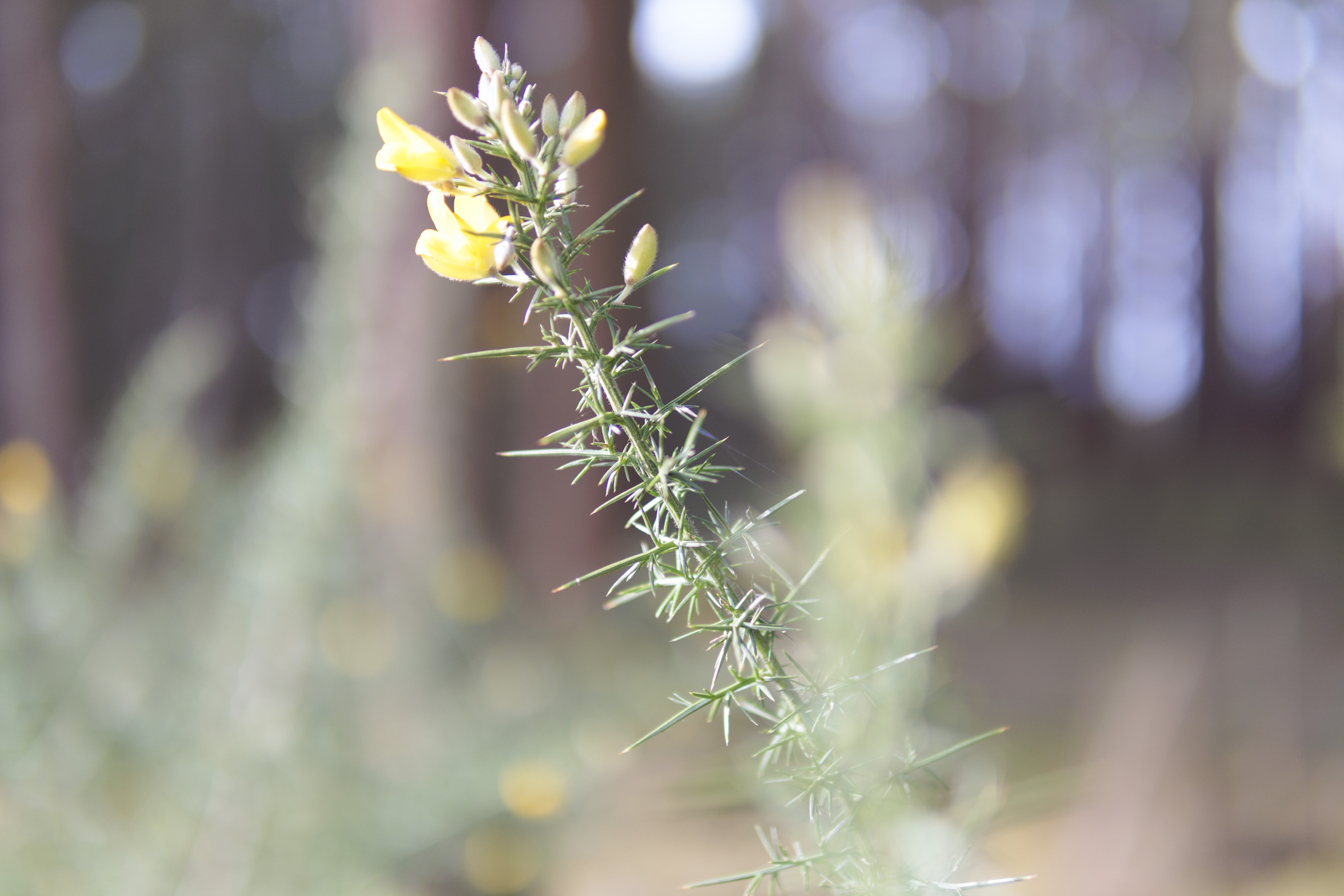



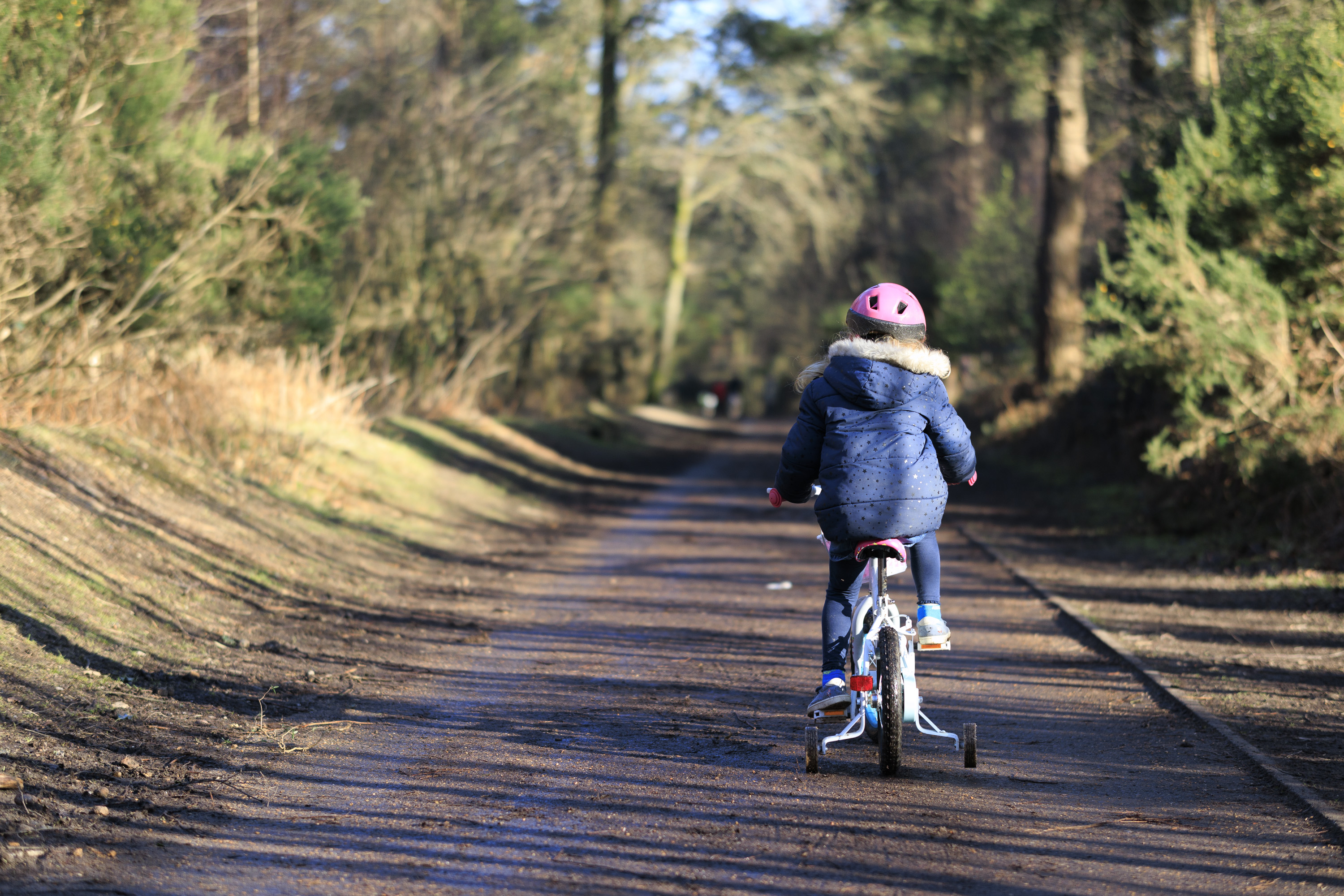
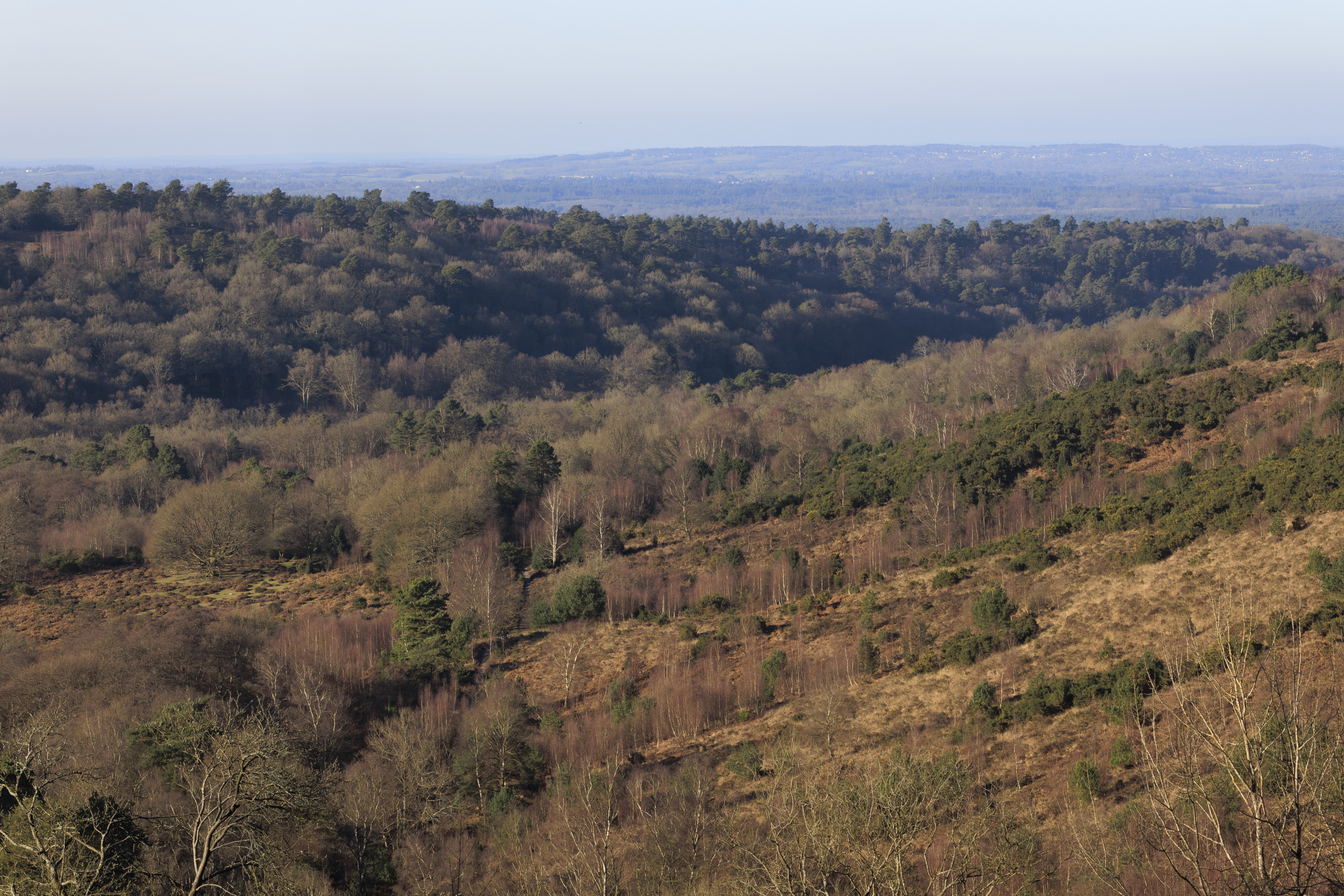
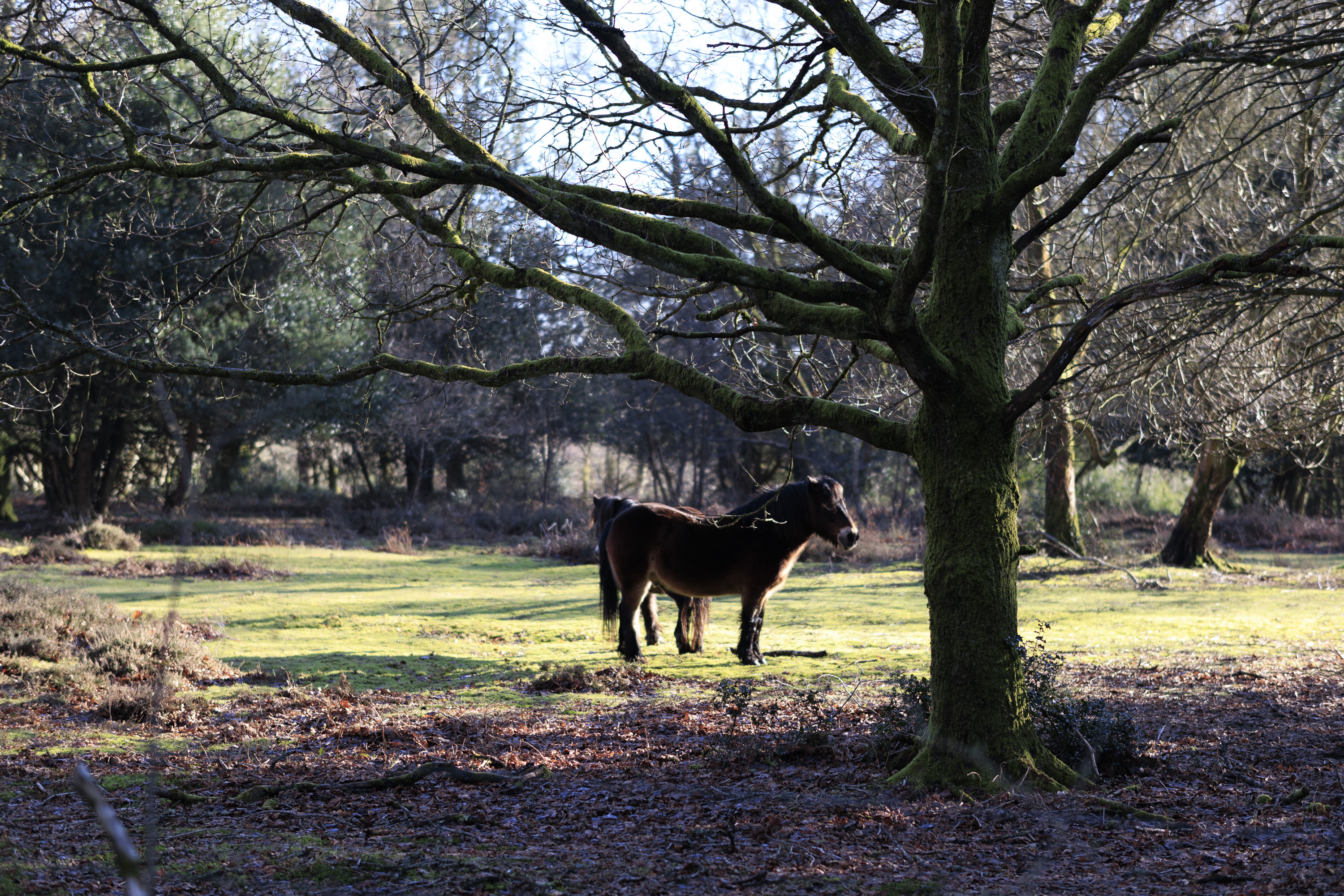
Video quality is rudimentary. Yes, the EOS R100 can shoot 4K, but only up to 30fps and with 8-bit color depth, which isn't as rich as 10-bit, which cameras like Fujifilm's X-M5 offer.
Flat color profiles for video, which would give color graders more to work with when editing, are missing too, as are custom profiles that can be uploaded to the camera, something that's available with the Nikon Z50 II via Nikon's Imaging Cloud
None of this is surprising given the EOS R100's price point and target user, though, and we're left with Canon's familiar range of color profiles which, thankfully, are better than most.
You're looking for a first 'proper' camera
With its small form factor, comfy grip, decent photo quality and changeable lenses, the EOS R100 is an excellent camera for budding photographers.
You want a cheap camera
The EOS R100 is not only Canon's cheapest mirrorless camera, it's the cheapest mirrorless camera from any brand – and there are usually superb deals during seasonal sales that further lower the price.
You want versatile handling
The EOS R100's basic build quality and fixed rear screen with no touch functionality do limit where and how you can shoot.
You shoot photo and video
The EOS R100 has decent photography credentials, but its video specs are limited by today's standards.
The Olympus OM-D E-M10 Mark IV is arguably the best-value beginner mirrorless camera available, with its retro-styling, a capable 20MP sensor and superb image stabilization. As it's a Micro Four Thirds camera an enviable selection of lenses are available, and despite being launched in 2020 its tech is of a similar era to the EOS R100's.
Read our in-depth Olympus OM-D E-M10 Mark IV review
For an additional outlay, the Fujifilm X-M5 is a superb alternative for beginners who want to shoot video and much as photos. The X-M5 is tiny, is supported by a superb selection of lenses, and comes with a 26MP sensor that delivers 6K video. However, like most other beginner mirrorless cameras, it's about twice the price of the EOS R100.
Read our in-depth Fujifilm X-M5 review
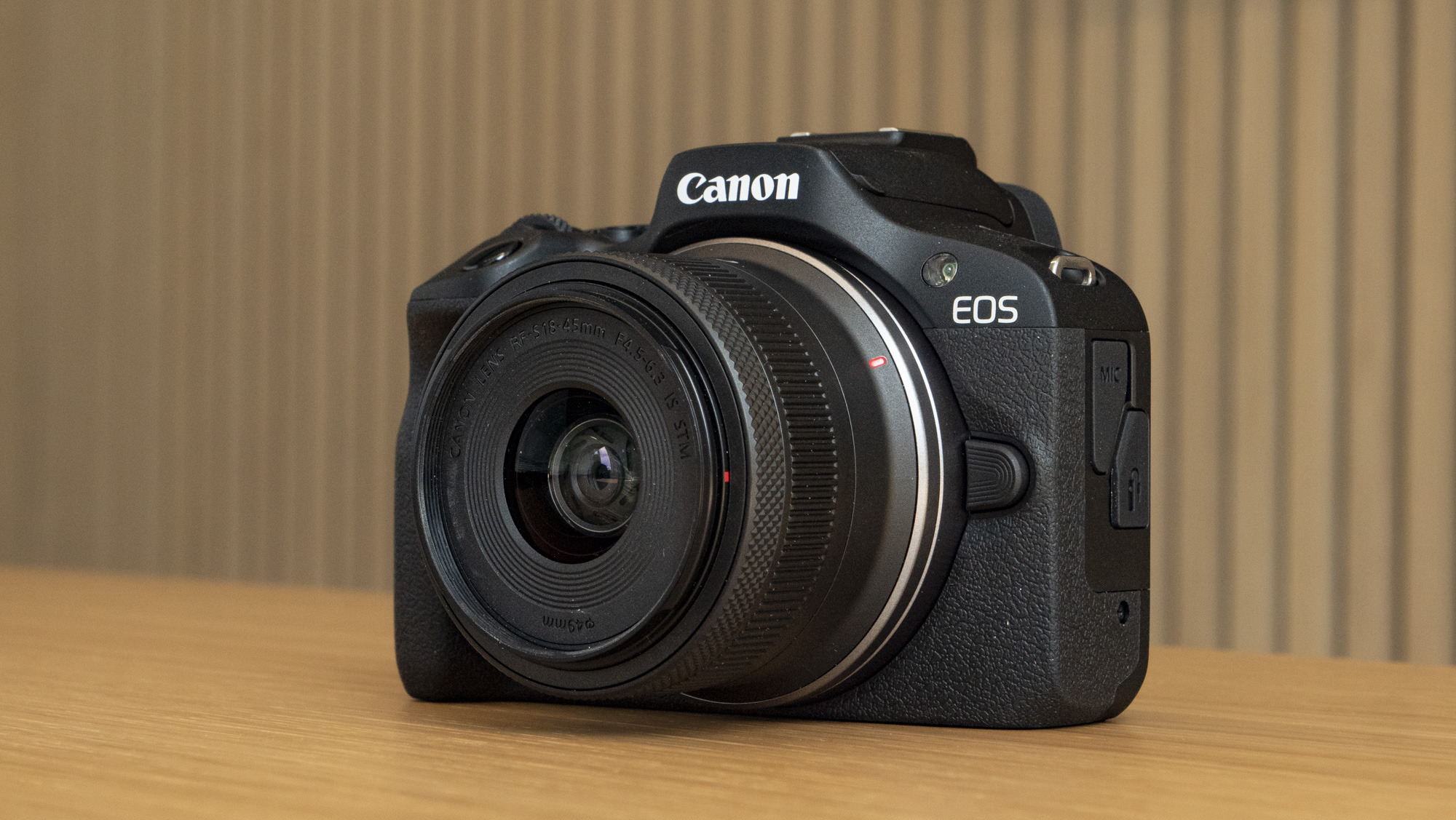
This review is a reflection of long-term testing over many months. And it's not just my thoughts and testing of the camera that have informed my thoughts, as my kids have taken a keen interest in the camera too.
Initially, I used the camera with just the RF-S 18-45mm kit lens, but we've also tried out Canon's RF-S 55-210mm telephoto zoom, plus four Sigma Contemporary lenses – 16mm, 23mm, 30mm and 56mm f/1.4 primes.
We've primarily used the camera for taking photos rather than video, shooting landscapes, portraits, wildlife, pets, closeups and more.
First reviewed April 2025
The Instax Mini 41 is the latest affordable instant camera built for Fujifilm’s Instax Mini film, replacing the 2022-released Instax Mini 40 as the ‘mature’ alternative to the playful, colourful Mini 12.
While the Mini 40 has a straight-up retro aesthetic, the Mini 41 takes things in a more unique and modern direction. I’d call it retro-tinged rather than all-out vintage-inspired, and I think it’s all the better and more eye-catching for it.
Instax Mini cameras have always been simple to use and the Mini 41 thankfully continues this tradition. Loading it with a cartridge of film takes seconds and isn’t fiddly at all and, thanks to the automatic exposure settings, taking a photo really is just a matter of pointing and shooting. 90 seconds later, you’ll have a fully developed and likely great-looking credit card-sized print in your hands.
The viewfinder is big and bright, and thanks to the new parallax correction mode, you no longer need to compensate composition for close-up objects. As with the Mini 12, the Close-Up mode shifts the viewfinder angle slightly so that centering an object within 50cm will actually keep it in the center of the finished print.
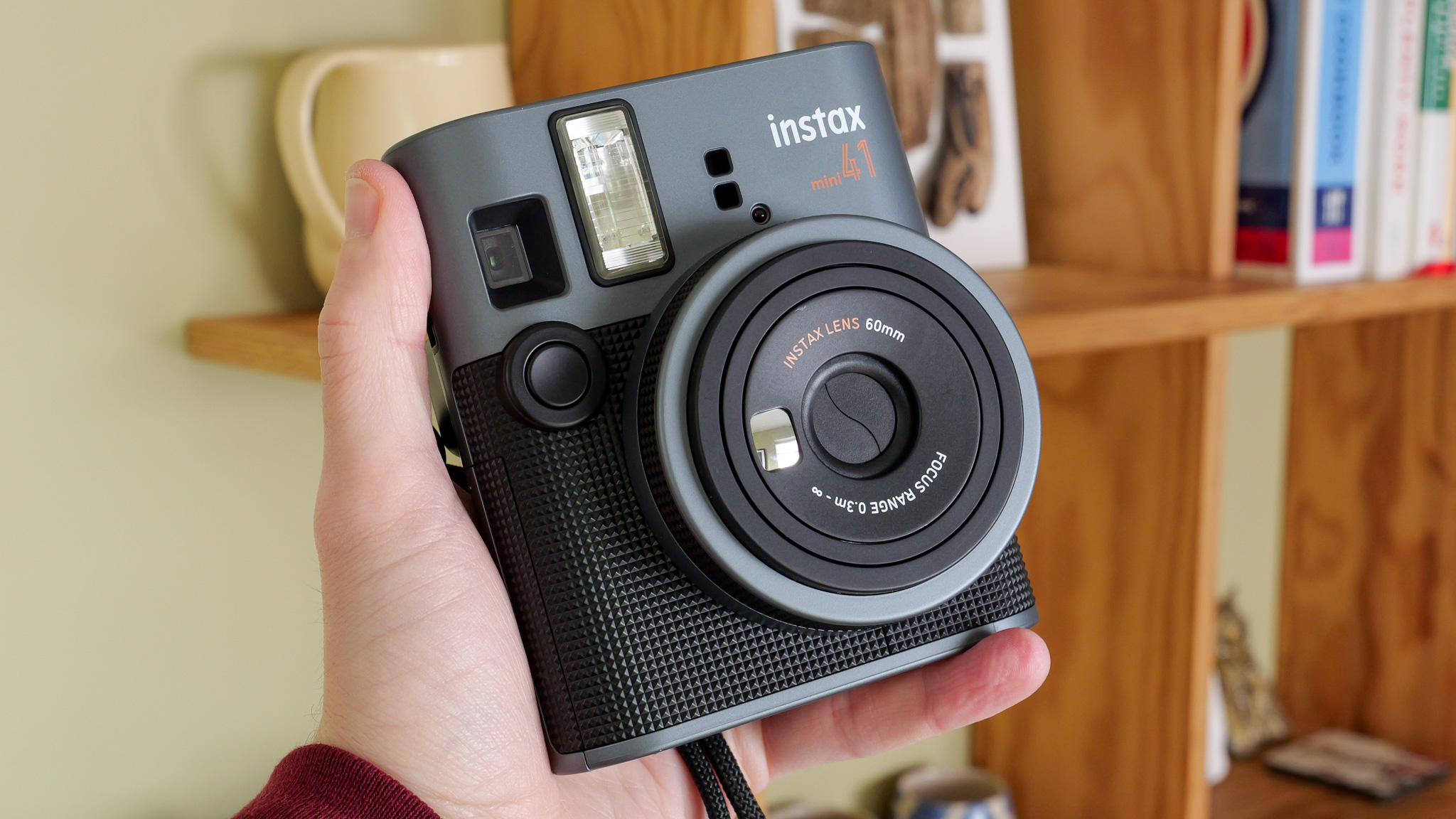
The build quality is lightweight and plasticky, but thankfully doesn’t come across as cheap; I think it feels fine for a camera in this price range. I will concede that the use of standard AA batteries rather than a rechargeable built-in battery seems a little old-fashioned in 2025, but I suppose you can’t have it all.
In terms of image quality, it’s difficult to say the Mini 41 is any better than the 2023-released Mini 12 (which is a bit cheaper), because the lens and film being used is pretty much identical. But that’s no bad thing: Instax Mini photos are colorful, charming and so easy to pass around, pin up to a corkboard or stick on the fridge.
All in all, this is a fun, easy-to-use instant camera with a handsome design and a great price.
The Instax Mini 41 is available now for around $129.95 / £94.99 / AU$179. That price, which is pretty reasonable in my opinion, includes the camera, two AA batteries and a wrist strap, but you don’t get any Instax Mini film packs included. US-based readers should note that the price in the States may go up as a result of the recent tariffs, so do keep an eye out for that.
Each film cartridge features 10 shots, and they’re usually sold in double packs (so 20 shots in total) for around $20.99 / £14.99 / AU$29.95. That can initially seem expensive compared to the near-free cost of digital photos, but as these prints are tangible, personalized objects I don’t think it’s fair to directly compare them to shots that sit on your phone or social media account. In my opinion, the film is priced quite fairly.
When I pulled it out of the box, I was instantly impressed by the looks of the Instax Mini 41. It would have been easy for Fujifilm to retain the purely retro 1960s-esque styling of the Mini 40, but instead its designers have blended old and new into something quite singular, much like it did with the Instax Wide Evo.
From the grippy geometric texture on the front to the understated colors (with those all-important pops of the orange accent color here and there), this is just a stylish and elegant camera – and a lot less conspicuous and more grown-up than the Instax Mini 12.
It’s made almost entirely of plastic. That’s normal for something priced as low as this, and helps keep the weight down, but it will get marked and damaged quite easily if dropped or mistreated. My review sample already had a scrape across the back from a previous user, and I suspect a ten-year-old Mini 41 would look quite battered and bruised unless kept in a carry case most of the time.
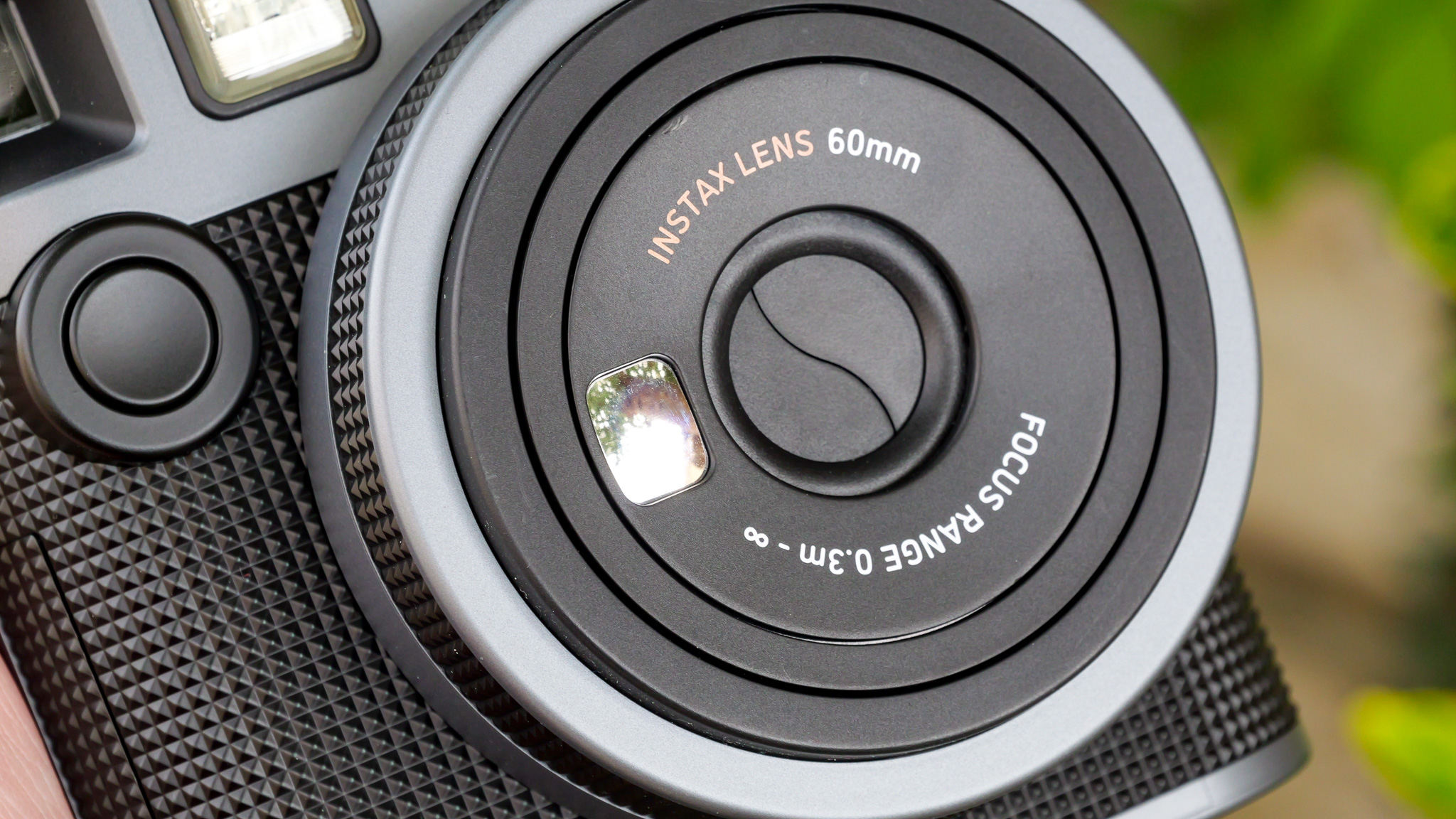
Operation is beautifully simple. Loading a cartridge Instax Mini film through the rear hatch is idiot-proof thanks to the yellow indicator lines, and once it’s in all you need to do is twist the lens barrel to turn the camera on. This power switch doubles as a mode dial too, flipping the camera between its Normal and Close-Up shooting modes: Normal is for shooting anything more than 50cm away, while Close-Up handles everything between 50cm and 30cm (the camera’s closest focusing distance).
When in Close-Up mode, the viewfinder shifts perspective slightly, making it easier to frame your shots. This is called parallax correction and I’ve seen it on the Mini 12 too, but it’s a great feature to have if you don’t want to end up wasting photos through poor composition.
To take a shot, you just look through the (big, bright) viewfinder to compose, then hit the shutter button. Everything else, including shutter speed and flash, is fully automatic. If you want to take a selfie, there’s a handy mirror on the lens to help composition (another feature, like parallax correction, carried over from older models).
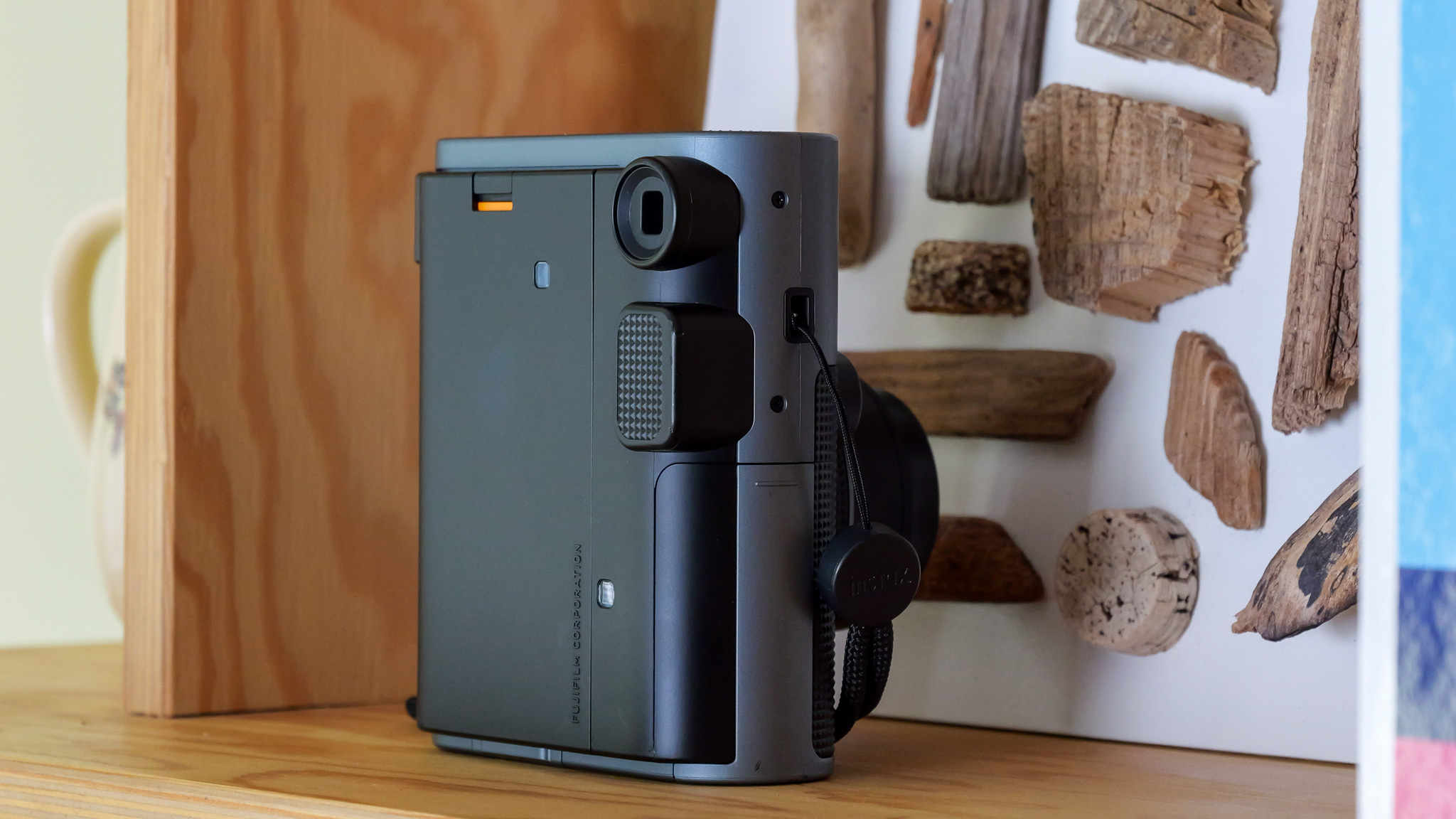
This camera really is simplicity personified. From pressing the shutter button to looking at your fully developed print, the entire process takes just 90 or so seconds. The Mini 41 doesn’t do anything different to its Instax Mini predecessors in this regard, but then it doesn’t need to: the system works very well. The only thing it's missing, if I'm nit-picking, is a self-timer that'd allow you to set it up somewhere for a group shot.
The prints are credit card sized (62 x 46mm to be precise), nicely glossy, and packed with charm. I suppose you might be disappointed if you’re looking for the most detail, the punchiest contrast and the richest, most saturated colors – but, well, you didn’t truly expect to find them on a cheap instant camera, did you?
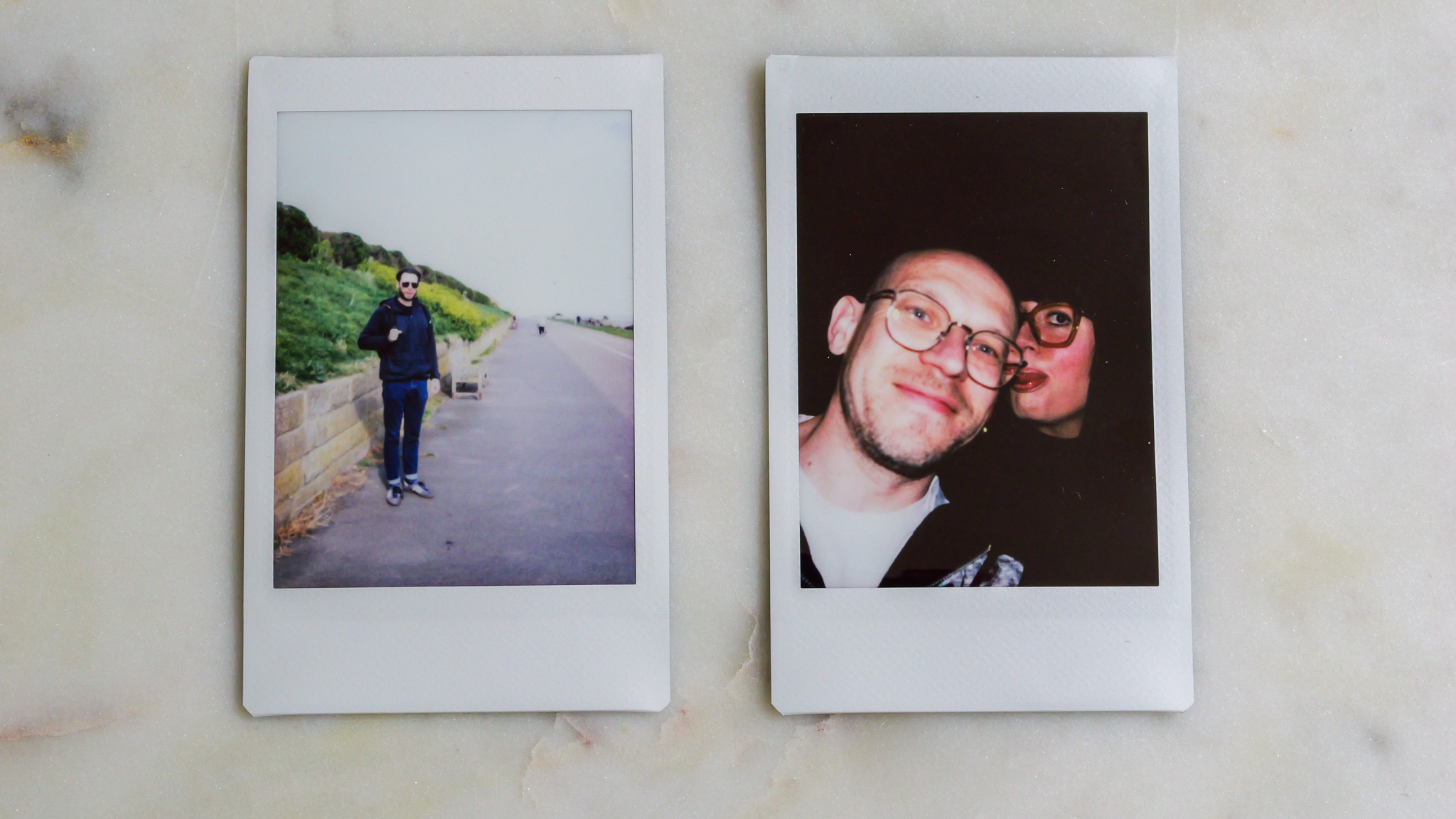


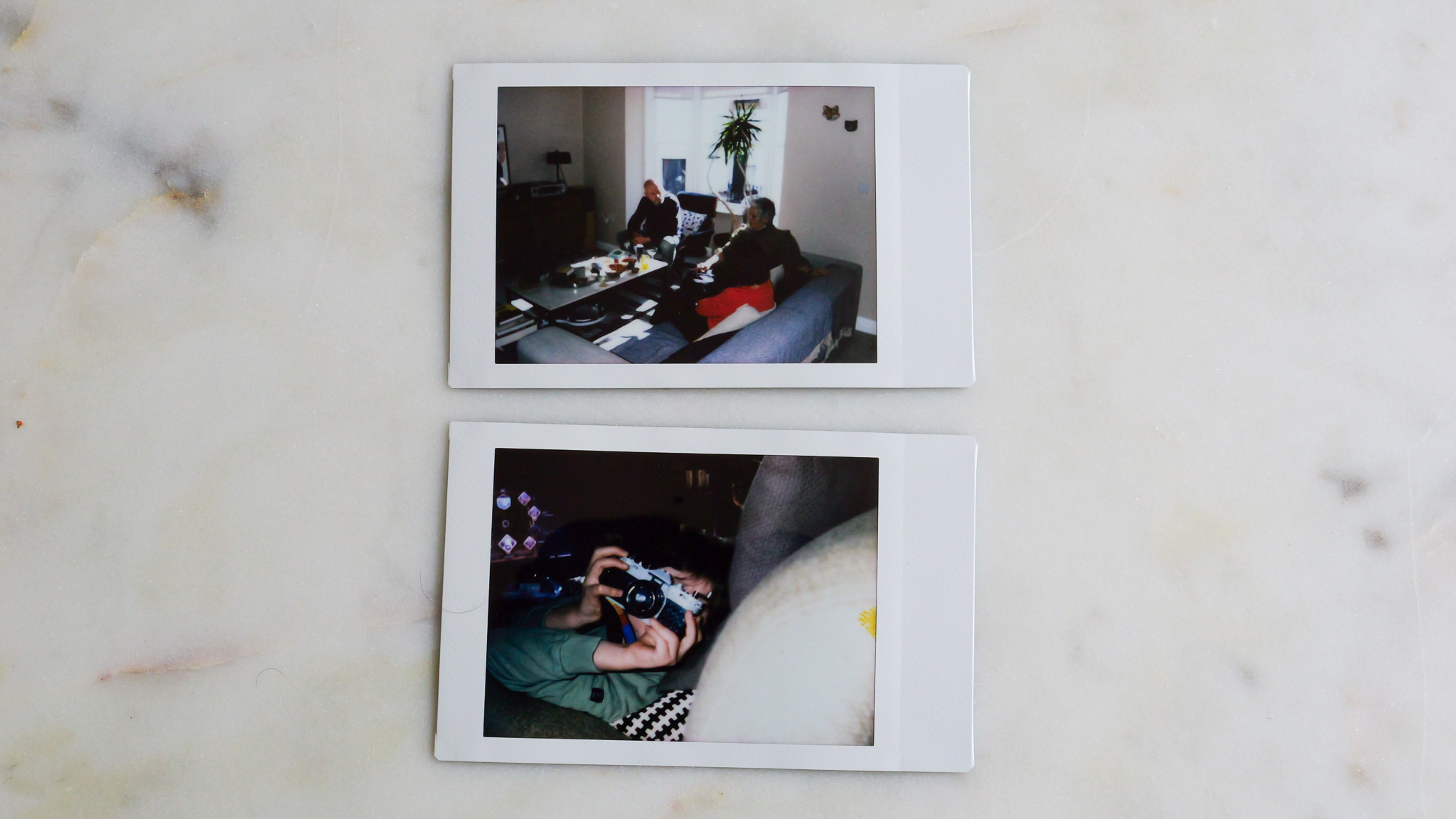
What these images have in spades is spirit and character. The colors are pleasant and appealing and there’s enough detail here, despite the small print size. And that analog film special sauce suits portraits and selfies well, imbuing them with a timeless quality that digital has always struggled to recreate.
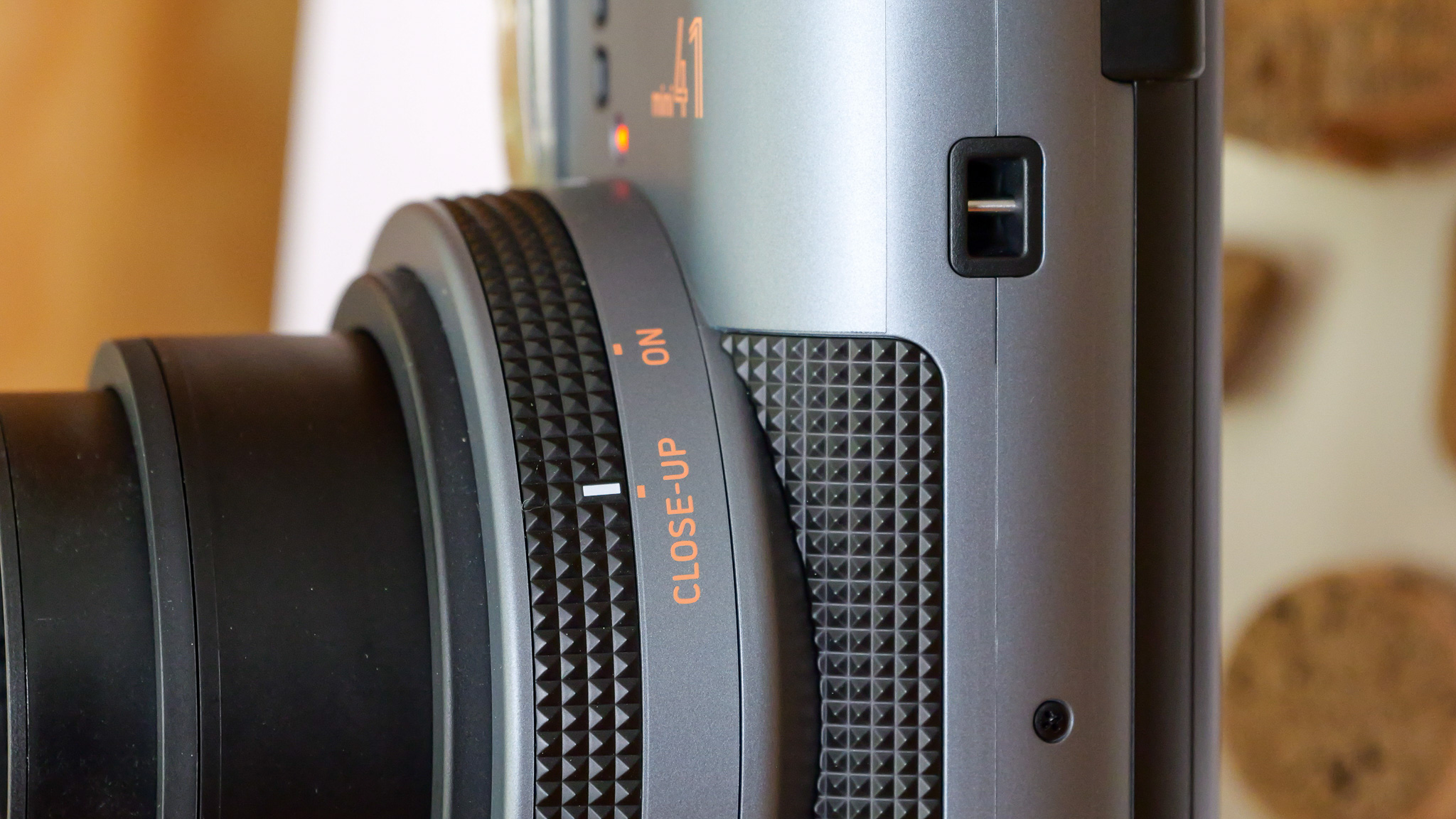
You want a simple, cheap instant camera
At this price it's hard to fault the Mini 41. It's a straightforward instant camera that just works!
You want something a little more grown-up
The cheaper Mini 12 is almost exactly the same camera, but its bubbly, colorful design is a bit kiddified. Not so the elegant Mini 41.
You hate spending money on film
This isn't like a digital camera – you'll need to continually invest in film (and AA batteries) while using it.
You like being in control
Serious creative photographers might bounce off the Mini 41's lack of manual controls. It's designed to be simple and fun, not for professional photography.
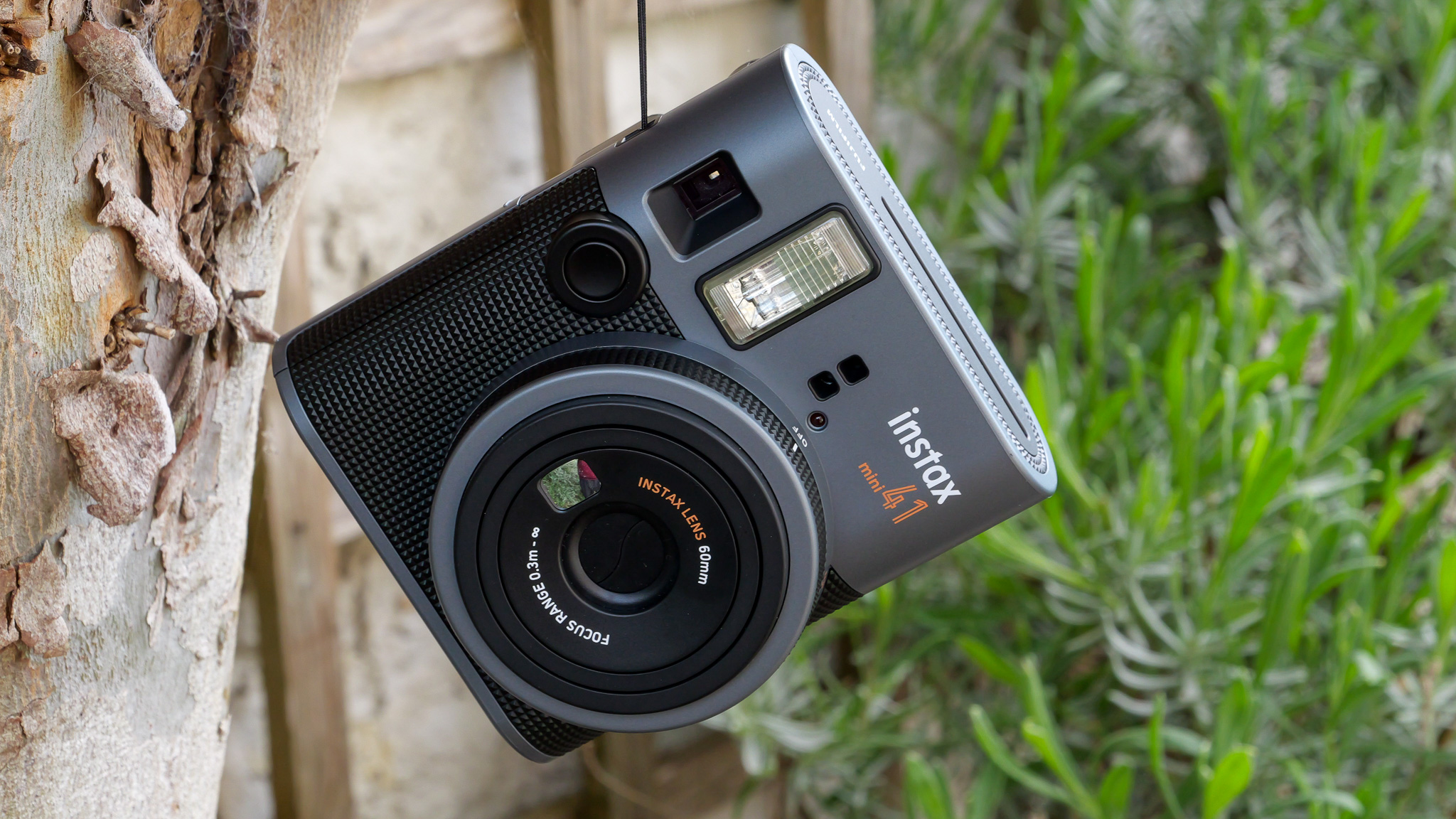
It’s more than twice the price of the Mini 41, but Polaroid’s latest point-and-shoot instant camera delivers great-looking square prints thanks to its four-lens system. A longer minimum focus distance means it’s not ideal for snapping selfies, though.
Read our in-depth Polaroid Flip review
With very similar image quality to the Mini 41 (it uses the same film packs, after all), the 2023-released Mini 12 makes for a great and slightly cheaper alternative – if you can live with the cutesy, cloud-shaped and colourful design, that is.
Read our in-depth Fujifilm Instax Mini 12 review
I was only given about a week to use the Mini 41 before my review sample had to go back to Fujifilm, but that was enough time to get through a couple of cartridges of film: 20 shots in total. I took these in and outdoors and in a variety of situations, from selfies to landscapes. I own an Instax Mini 12 too, so am quite familiar with the design and image quality of the Instax Mini range and film, which helped me form an opinion on the Mini 41 despite having limited hands-on time with it.
Dash cam manufacturers are becoming ever more inventive in their quest to stay ahead of the pack. This has resulted in many different variations on the theme, with many models offering much more than just a forward-facing recorded view of the road.
One of the big features starting to appear in the specification of the best dash cams is 360-degree capture. The Vantrue E360 Dash Cam is a prime example of this, and I’ve been using it for a while to see if it’s worth considering.
I’ve already tried the decidedly bulbous 70mai 360 Omni, which adopts a slightly different approach to 360-degree capture by using a revolving lens – the latest incarnation has been beefed up to shoot 4K video too. The Vantrue E360 Dash Cam isn’t quite as chunky, although it’s not far off, and it delivers a neat alternative for capturing more complete coverage of the road ahead, the road behind, and inside the vehicle cabin.
I’ve been testing the Vantrue E360 Dash Cam Ace bundle, which is a big box of tricks that includes the 5.2K, dual-lens 30fps unit that shoots with a 210-degree field of view from each lens to produce a 360-degree effect in playback mode. There’s also a more conventional rear-facing unit included for good measure, and the bundle also features a tripod stand, so the E360 can double as an action cam. The base-level package doesn't include the rear camera and the tripod if those are surplus to your requirements.
One of the most appealing aspects of the Vantrue E360 Dash Cam is its ease of setup and installation. I was impressed by this fact when testing the Vantrue E1 Pro recently, especially when it came to working through the configuration steps using the rear screen. You get the same ease of use with this model, despite the fact that the specification left me thinking there might be some tinkering involved. That's not the case however, and I was able to quickly pick my way through the touchscreen menus on the back of the Vantrue E360 Dash Cam.
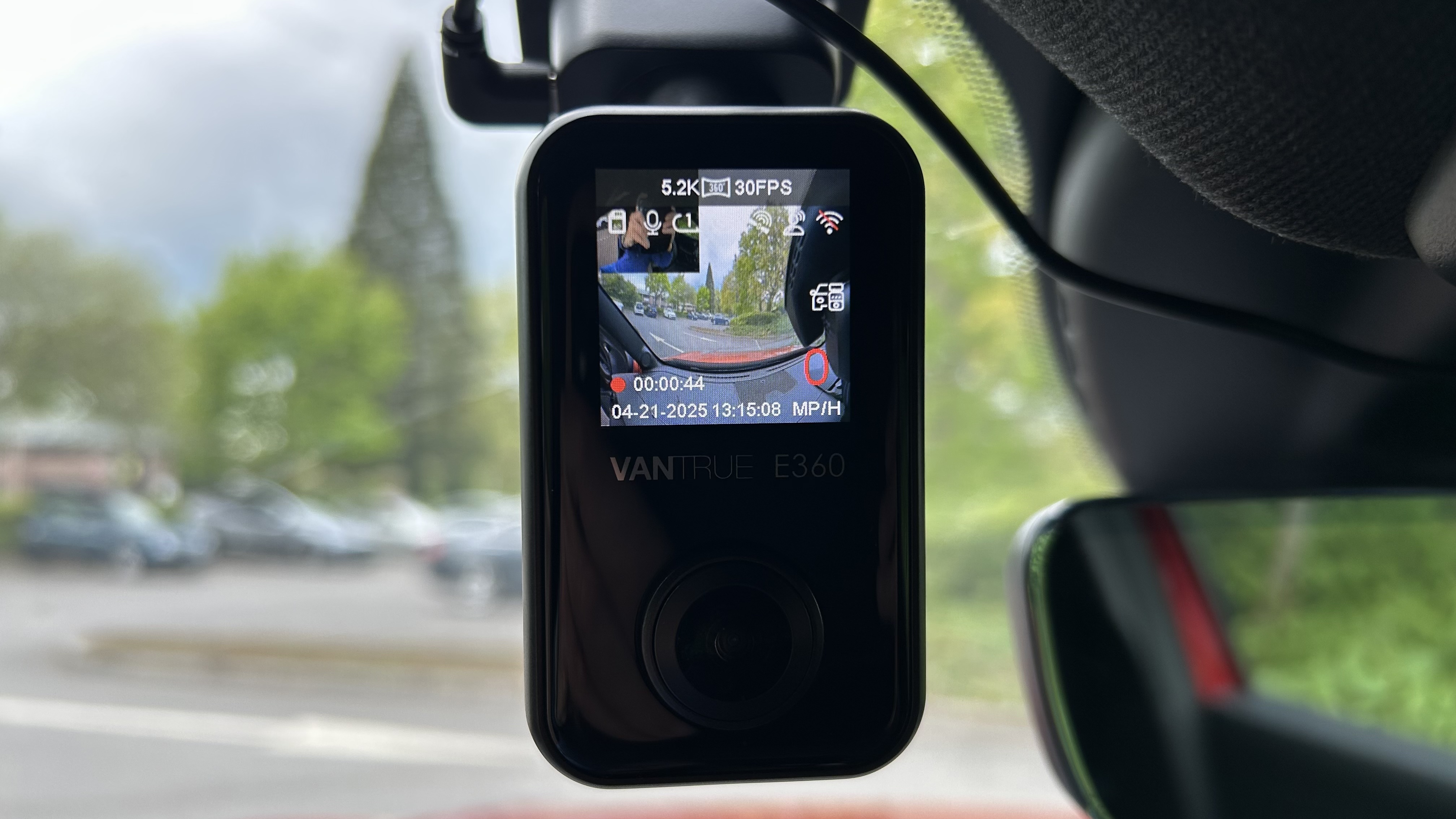
Naturally, if the rearward-facing camera is part of the picture, there will be some extra wiring to install. Either way, Vantrue packs everything needed into the box, with a well laid out instruction manual proving invaluable. I tend to favor using static film strips for mounting dash cams, as they make for easier removal, and Vantrue has the mounting bracket design process down to a tee too. In fact, the overall feeling I got from the Vantrue E360 Dash Cam was that everything was really well thought out.
If you go for the basic, non-Ace bundle, the box contains the Vantrue E360 Dash Cam, GPS mount, adhesive stickers, three cable clips, 3.3ft / 1m of USB data cable, 11.5ft / 3.5m of car charging cable, plus ancillaries including a dust cloth, electrostatic stickers, a plastic cable tool and a quick user guide. Choose the Ace bundle and you also get a rear-facing camera and a handheld mount / tripod for using the Vantrue E360 as a standalone action-style camera.
The Vantrue E360 is essentially a premium solution, so alongside the headline-grabbing 360-degree capture the Chinese brand also throws in every other essential. There's a Sony Starvis 2 sensor, 5G Wi-Fi for rapid-fire transfer, infrared night vision and impressive HDR capabilities, plus support for microSD cards up to 512GB. However, it’s worth remembering that the high-spec nature of this model means it generates lots of data.
Similarly, as is the standard, the parking and 24-hour monitoring features will require the Vantrue E360 Dash Cam to be hardwired into a vehicle, which can be done using an optional kit. Vantrue has a comprehensive supporting app, which is ideally suited for managing the large files generated by such a high-spec unit. Anyone who's concerned about monitoring their vehicle at all times can also invest in a Vantrue LTE module, which is an option for live streaming should it be needed.
The Vantrue E360 Dash Cam is available now from Amazon and can be configured to suit your own needs. The standard Vantrue E360 Dash Cam is available for $270 / £268 from the Vantrue website.
The Vantrue E360 Ace Dash Cam bundle, which comes with the addition of a rearward camera and a tripod, costs from $350 via Amazon in the US. In the UK, the bundle has a RRP of £483, but it's currently on sale £383 from the Vantrue website or Amazon.
The LTE module for the Vantrue E360 Dash Cam can also be purchased as a standalone option, as can the hardwire kit.
Vantrue appears to place a strong emphasis on quality, and I was very impressed with the overall look and feel of the E360. The main camera unit itself is a chunky little thing, which does tend to encroach into the windshield area, especially on cars with smaller screens, but it’s longer rather than wider, and feels very solid to the touch. The same goes for the mounting bracket, which lets the user unclip the camera easily so it can double up as an action cam.
The clean lines of the main camera unit aren’t spoilt by lots of buttons either. There’s a big button on the side, which can be used to power up the camera and also to record an emergency snapshot. There’s a power cable port on the top, and underneath the base is a slot for a microSD card, which accepts capacities up to 512GB.
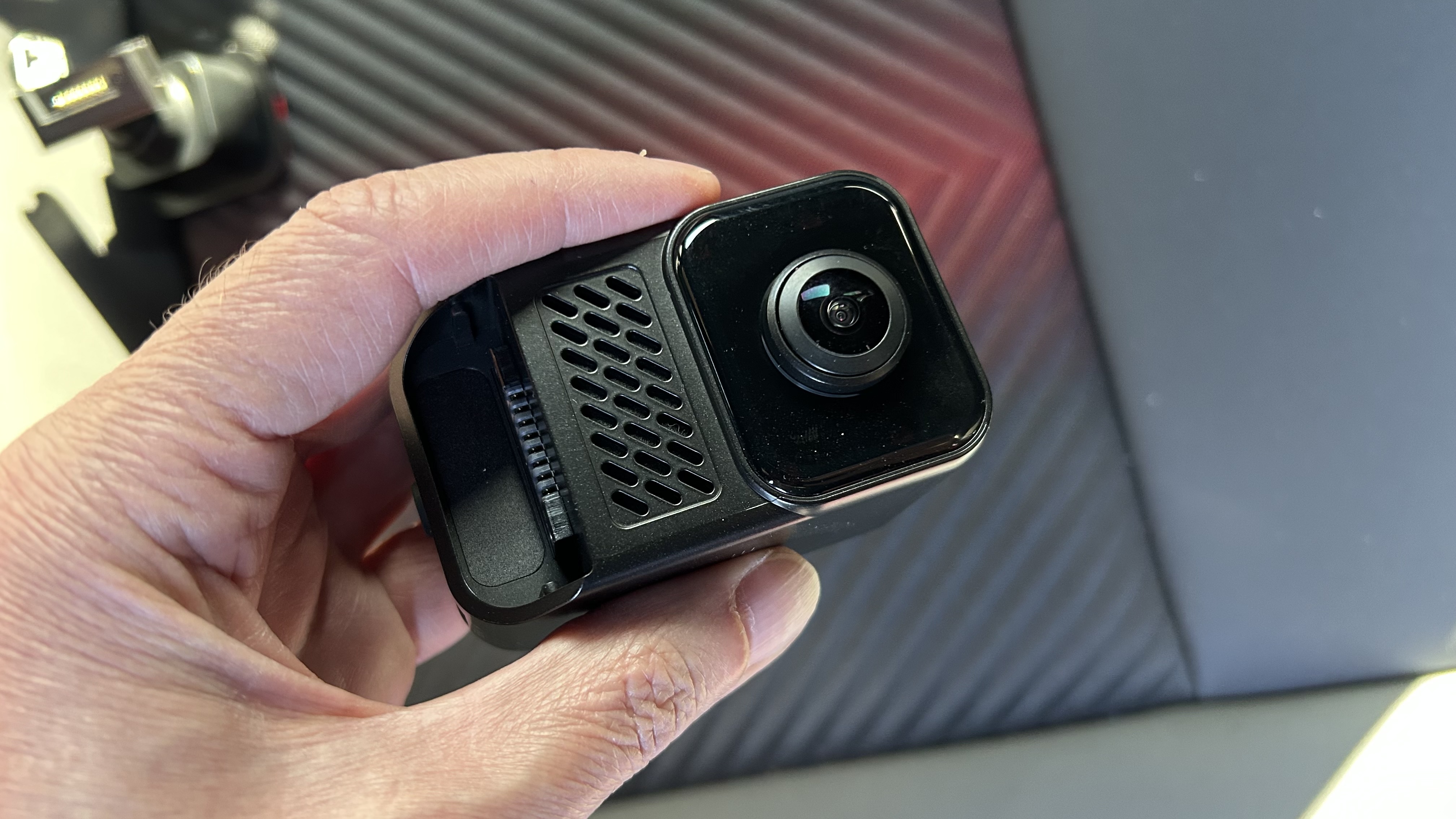
Dominating the rear is the 1.54-inch touchscreen, which is made of really good-quality plastic and offers a clear view when it’s on. This is dotted with various icons that offer camera information as well as indicating when the unit is functioning correctly. The only downside is that these icons are quite small, especially if you’re glancing at them on the move. However, the main point of contact for interacting with this model is the Vantrue app, which packs in everything needed for complete file management, as well as allowing for more precise control of settings.
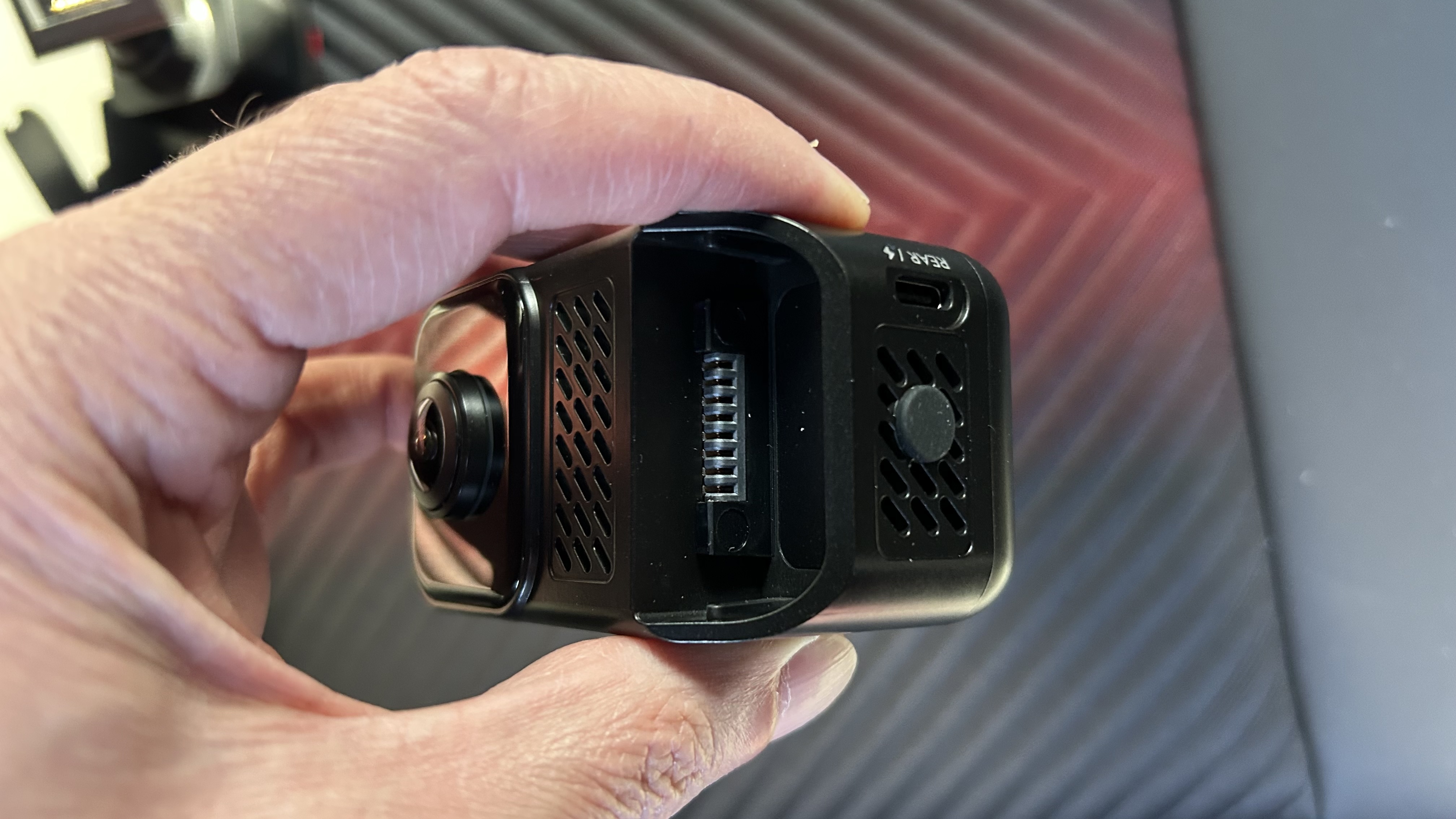
Given the bold claims made by Vantrue and the impressive specification of the E360 Dash Cam I was expecting a lot, and the main camera doesn’t disappoint in terms of the clarity it delivers. Even the view on the 1.54-inch rear touchscreen is impressive, but the footage looks even better when examined in the app or on a desktop computer or laptop. Alongside the excellent footage, the GPS data is also recorded and displayed along the foot of the video, so I was more than happy with that side of things.
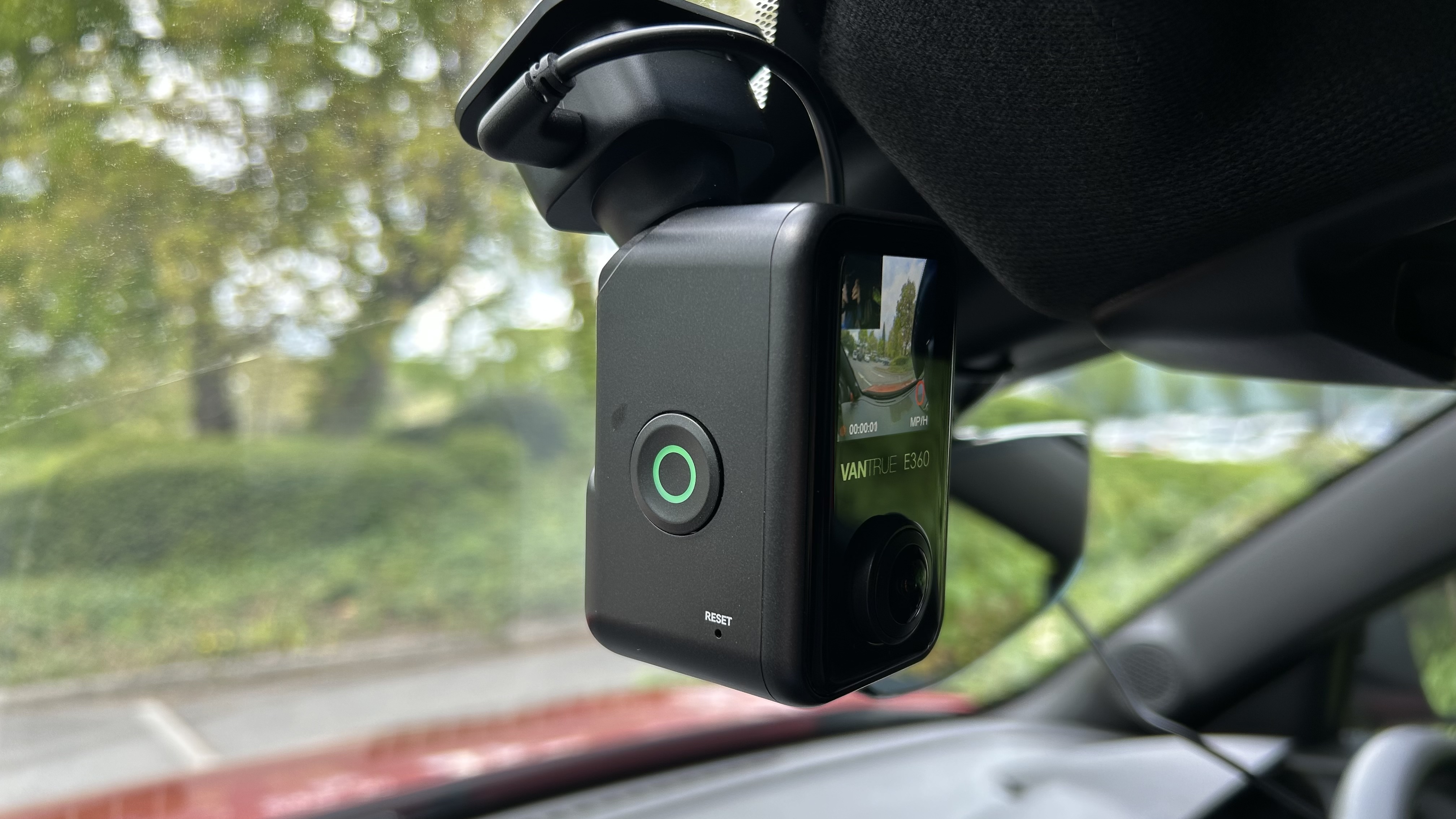
Personally though, I’m not too keen on the rather fishbowl effect created by the Vantrue E360 Dash Cam. There’s no doubting that it does exactly what Vantrue promises, but I’m left wondering if I wouldn’t just prefer a standard-issue front-facing dash cam supplemented by a small rear-facing unit. Such bundles are widely available, and have become very affordable too. The Vantrue E360 Dash Cam is very good, but it feels a bit like overkill to me.
There’s no doubting the potency of the Sony Starvis 2 sensor, but the capture method might not appeal to everyone. On the upside, Vantrue does offer different options for the recording process, including 360-degree panorama, fisheye, and dual fisheye, but it still looks a little bit odd to me. The appeal, therefore, might be a bit on the niche side, but there’s no doubting that the hardware here is top-notch.
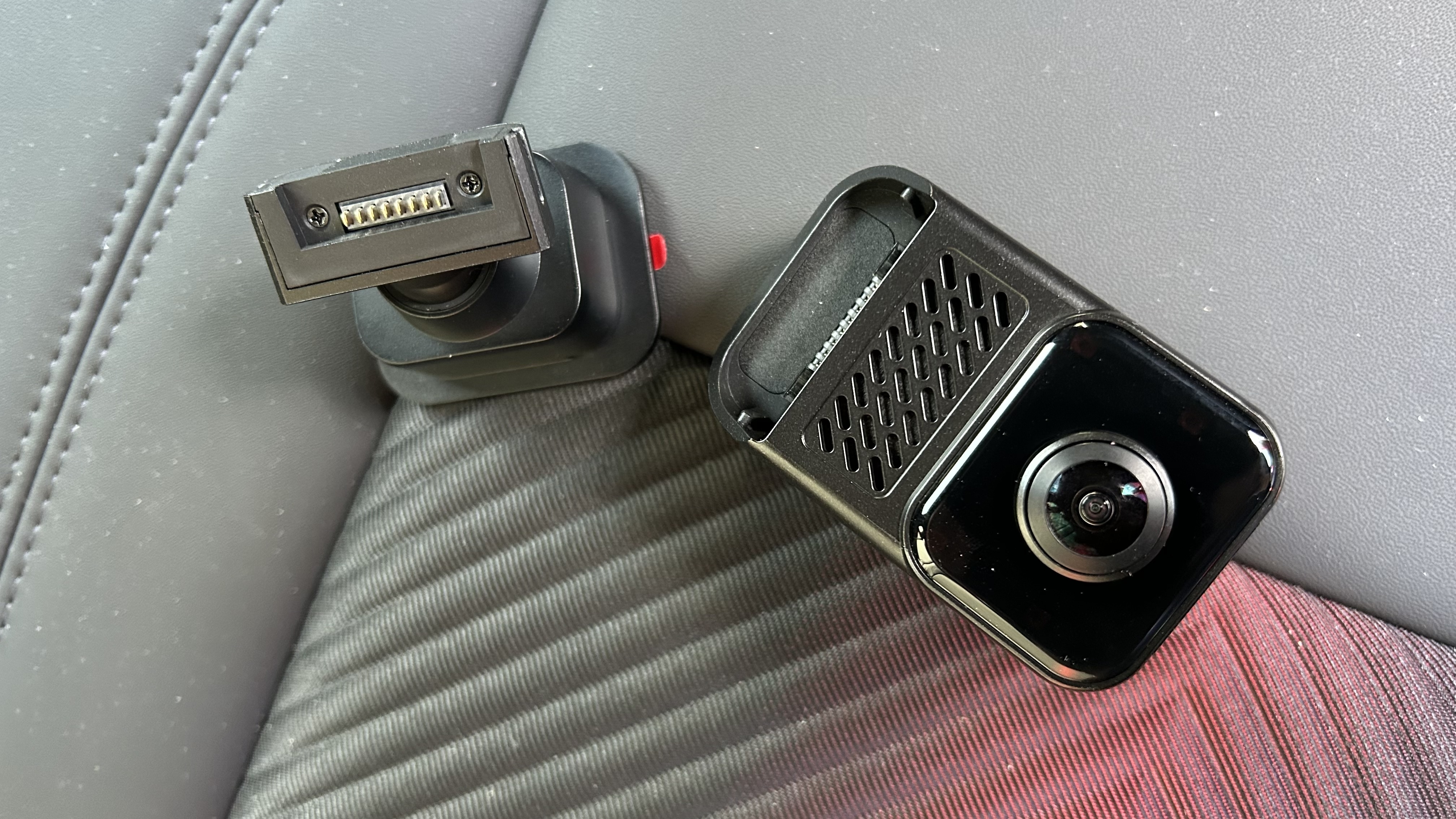
I can certainly see the appeal for anyone who wants a camera that can do a little bit of everything though. As mentioned, it's easy to unclip the camera unit and use it as an action cam shoot – it’s a great supplementary option that adds value, especially when using the option of the tripod contained in the Ace bundle.
Overall, then, I can’t really fault the shooting capabilities of the lens and sensor arrangement, and they deliver the goods both day and night. License plate details, for example, are as legible as you’d expect from a high-specification dash cam like this. Equally though, the Vantrue E1 Pro meets my needs just as well, and for a lot less money, although it doesn’t have the rearward-facing capability either.
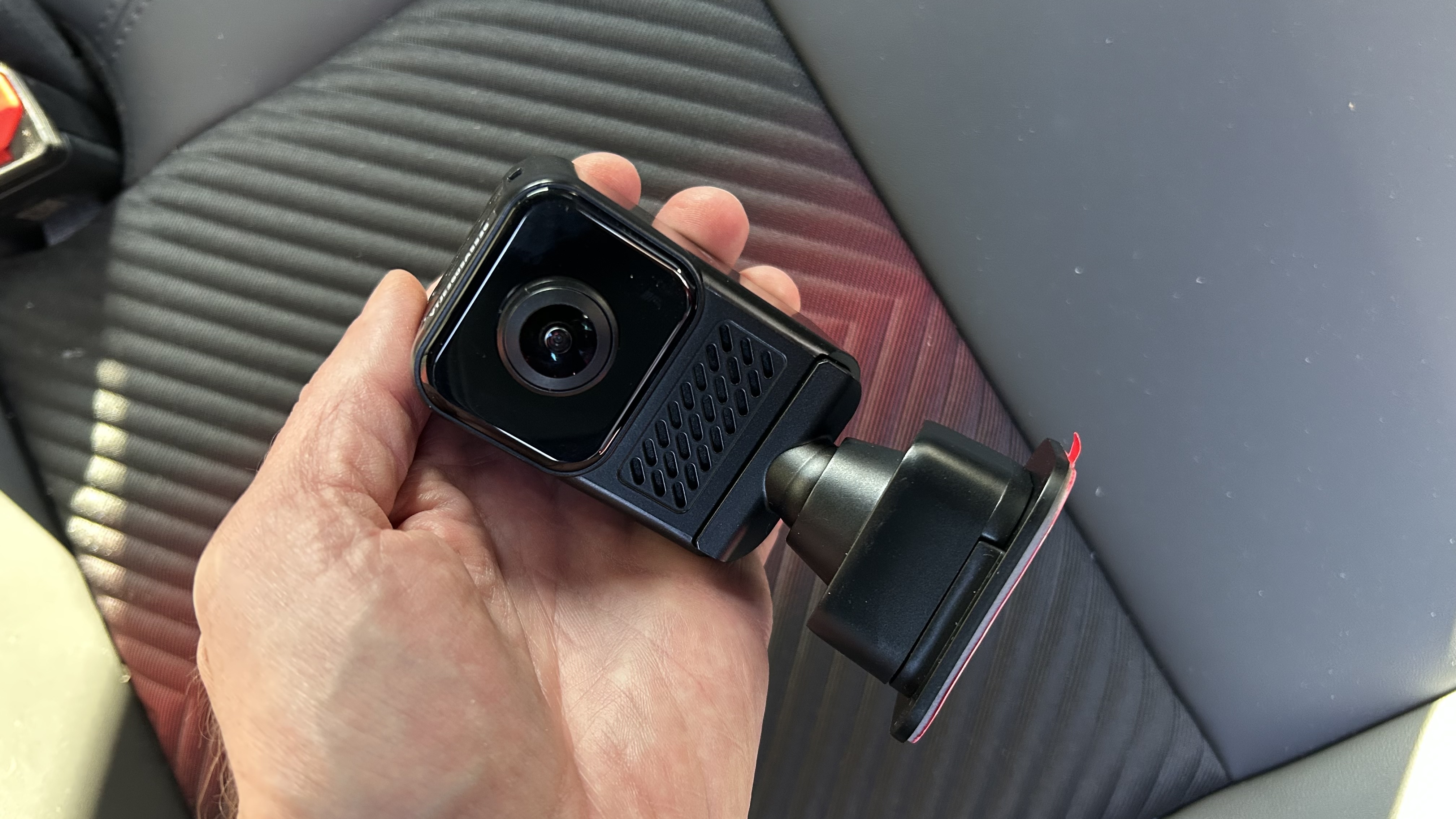
You’re after a complete dash cam solution
If you purchase it in the Ace bundle, the Vantrue E360 Dash Cam comes with everything needed for total surveillance, and doubles as an action cam too.
A touchscreen makes all the difference
This model has an excellent though compact touchscreen, which makes setup and installation much easier than for models without one.
You value 4K video quality
Not everyone wants high-resolution dash cam video, but having crisper details including license plates in footage is always a bonus in case of incidents.
You’re not keen on bulky dash cams
The Vantrue E360 Dash Cam isn’t exactly huge, but it does hang down enough to perhaps be a bit of an obstruction in a vehicle with a small windshield area.
You’d prefer a simpler solution
While this model isn’t overly complicated, there is more to do in terms of fitting the camera and wiring it in, especially if the hardwired parking surveillance is required.
You’re not sure about the 360-degree aspect
This is a bit of a niche product, and only makes sense if you’re keen to have unique 360 degree-effect video plus an action cam into the bargain.
Vantrue loaned me the E360 Dash Cam and supplied everything I needed to test it. This included a 128GB microSD card and a hardwire kit, which is an optional extra. However, because I needed to move the camera between vehicles, I was unable to test the parking monitoring feature.
Aside from that, I installed and set up the E360 as per the instructions, and used it during a variety of journeys. This included journeys at different times of the day in order to test all the capabilities of the package, especially after dark.
I tested the accompanying Vantrue app on an Apple iPhone to check transfer rates, using both Wi-Fi and a cable connection to my laptop, and managed the larger 4K files using the same resources.
Fujifilm's GFX100RF is the brand's first-ever compact camera with a medium-format sensor, marrying the image quality of the 102MP GFX100S II with an impossibly-small Fujifilm X100 VI rangefinder-style body.
'Compact' is perhaps a stretch, but that's the category that this premium camera falls under by virtue of its built-in lens, which is a super-sharp 35mm f/4 optic with a 28mm equivalent focal length.
Fujifilm has prioritized compact lens proportions over aperture versatility, and the maximum f/4 aperture and lack of optical stabilization are potential dealbreakers. However, for pixel peepers and resolution-craving photographers, the GFX100RF's quality is unmatched in this class, even outdoing the Leica Q3.
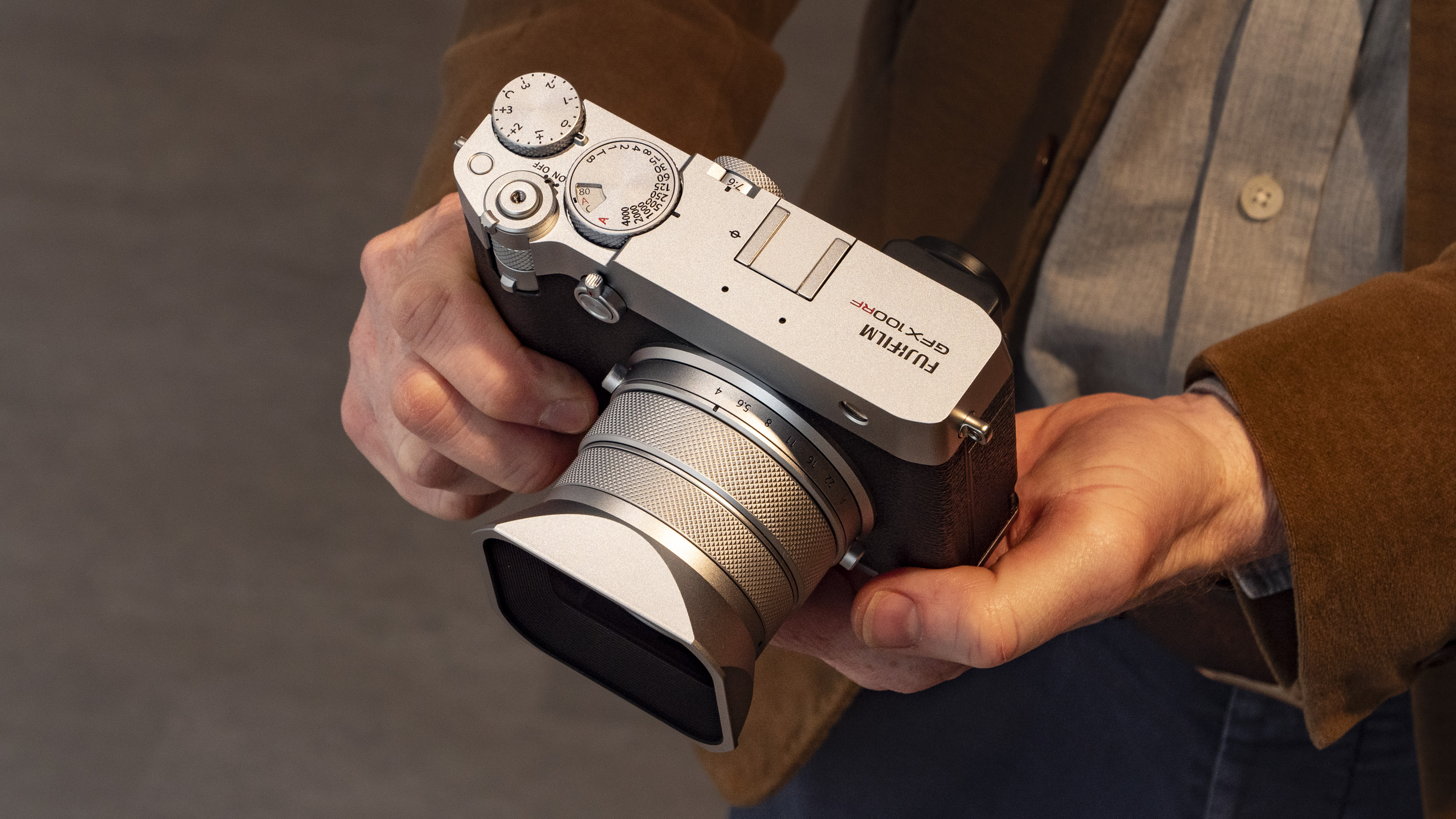
Beyond its image quality, the GFX100RF feels premium in every way. The top plate, machined from a single 500g block of aluminum, is a delight and packed with useful controls, some of which are unique and add a touch of flair, such as the aspect ratio dial.
Fujifilm has somehow managed to include a vast number of external controls without the camera feeling crowded, and it's both unfussy and versatile in use – and a special mention must go to the bright tilt touchscreen that neatly folds away into the body.
Armed with Fujifilm's latest X Processor 5 chip and autofocus skills, the GFX100RF is also a capable performer, even if this medium-format snapper doesn't compete with the speed of smaller-format rivals.
Ultimately, this is a camera that makes a lot of sense, even if its quality will be overkill for most people, as is it price (though I reckon it's good value for what you get). Professional photographers with a penchant for street and landscape photography in particular will find no better compact camera than the characterful GFX100RF.
The GFX100RF is a premium medium-format compact with a price tag to match, costing $4,899 / £4,699 / AU$8,799. Still, that's cheaper than the full-frame Leica Q3, and you get a bunch of accessories in the box: a premium strap, protective lens filter, lens hood and lens adapter.
When you consider it's an all-in-one medium-format package with its built-in lens, the GFX100RF feels like pretty good value – other GFX cameras will cost you more, without a lens. For example, the GFX100S II, which shares the same sensor, launched at $4,999 / £4,999 / AU$8,699. However, the GFX100RF is triple the price of the APS-C format Fujifilm X100VI compact camera.
The GFX100RF is available from early April 2025 in two versions, one with a silver top plate, the other all-black.
Cameras machined from a single ingot of aluminum are like buses – you wait an age for one, and then two come along together. First there was the Sigma BF, and now we have the Fujifilm GFX100RF – and I can't overstate just how lovely Fujifilm's premium compact feels in the hand.
It's effectively a premium Fujifilm X100VI, with a negligible size difference between the two cameras (at least when it comes how comfortably you'd carry these cameras around), and is available in black, with a silver or a black top plate – I had a first look with the former, and completed my in-depth review with the latter, and the black-and-silver version gets my vote.
Given that the GFX100RF is a medium-format camera, it's staggering just how compact and lightweight it is. It weighs just 26oz / 735g with battery and card included – that's lighter than any other Fujifilm GFX camera body without a lens attached, and that weight of course includes the built-in lens.
Fujifilm has seemingly prioritized compact lens proportions over aperture versatility. The lens is tiny, and it's super-sharp (more about that in the image quality section of this review), but its maximum aperture is f/4, and it isn't stabilized. Also, if you'd like the GFX100RF fully weather-sealed and lens flare minimized you'll need to add the protective lens filter and hood, which bulk the package out.
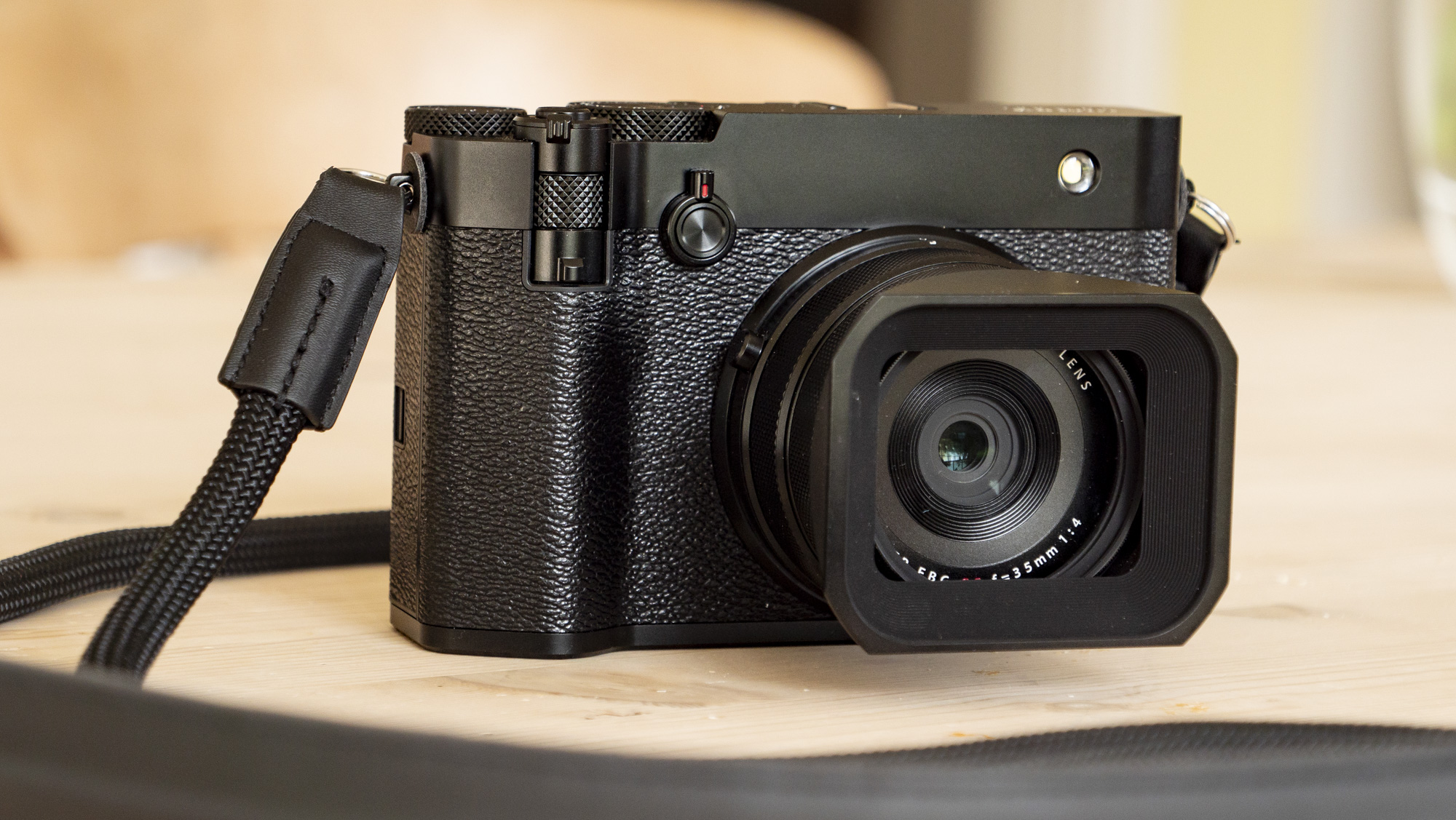

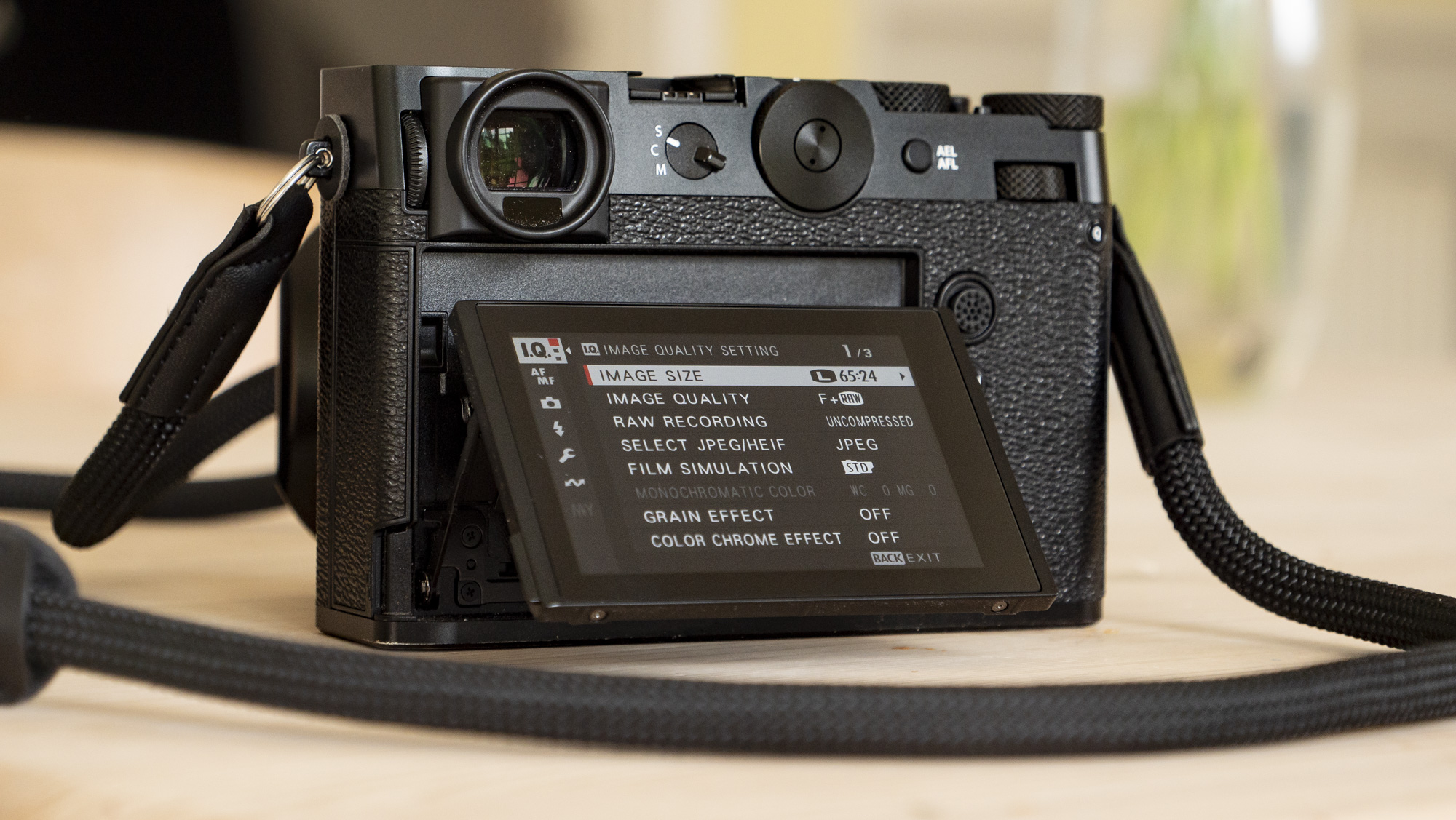
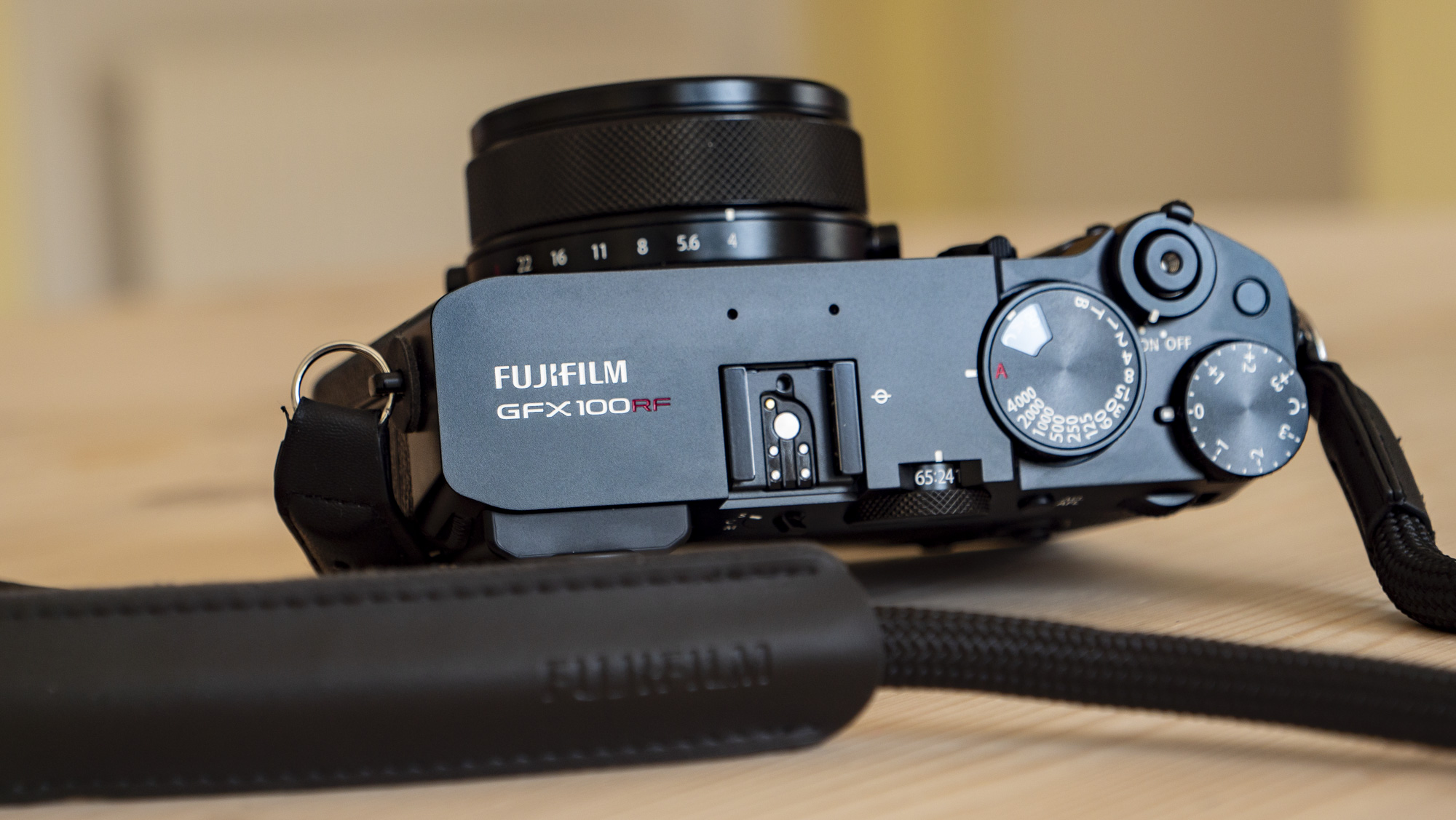
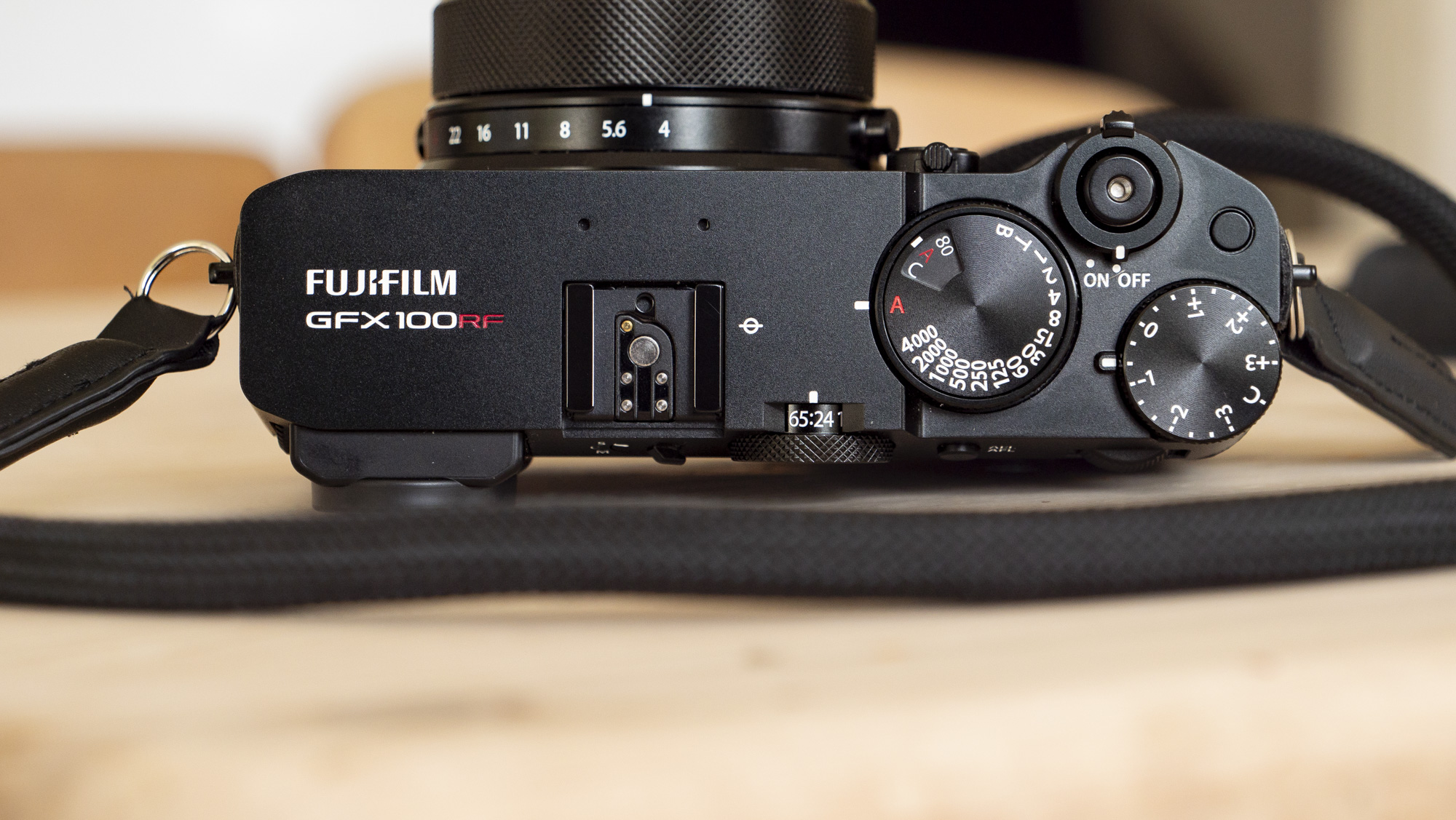
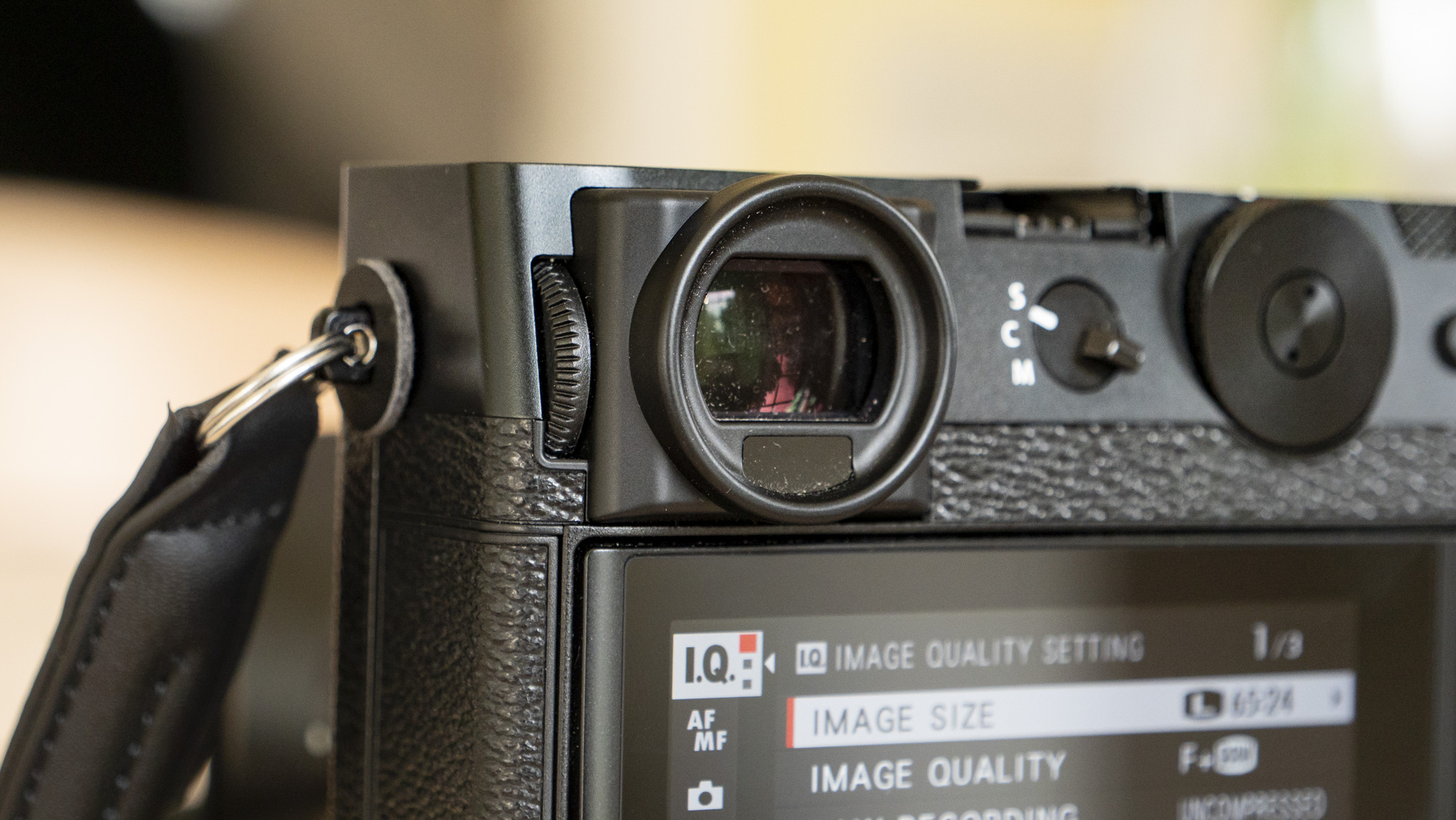
Fujifilm has allowed itself some design touches, such as a dedicated aspect ratio dial, that at first feel quirky but which are very well implemented and ultimately logical given the tech inside, and could just transform how you approach composition.
The front switch, which on the X100VI is used to switch between its optical (OVF) and electronic viewfinder (EVF) displays, here toggles between various aspect ratio and digital teleconverter display options. These include the following: a frame line of your chosen ratio and crop over the full 4:3 image area; the cropped-out area greyed out but still visible; and the cropped-out area black – meaning all you see is the image area of your chosen aspect ratio.
Personally, I would have much preferred the same type of hybrid viewfinder as that utilized by the X100 series of cameras, but here we have an EVF alone.
I know plenty of X100VI users that only use its EVF, but I'm a fan of its optical display, especially since it allows you to see a little outside your frame, which is super-handy for timing street photography shots as your subjects walk into the frame. T
Still, the 5.76m-dot 0.5-inch display works like a charm, and I really appreciate those aspect ratio and digital crop display options. What's more, the 3.2-inch tilt touchscreen is beautifully designed, sitting flush in the body yet easily pulled out, and is clear and bright – Leica should be taking notes.
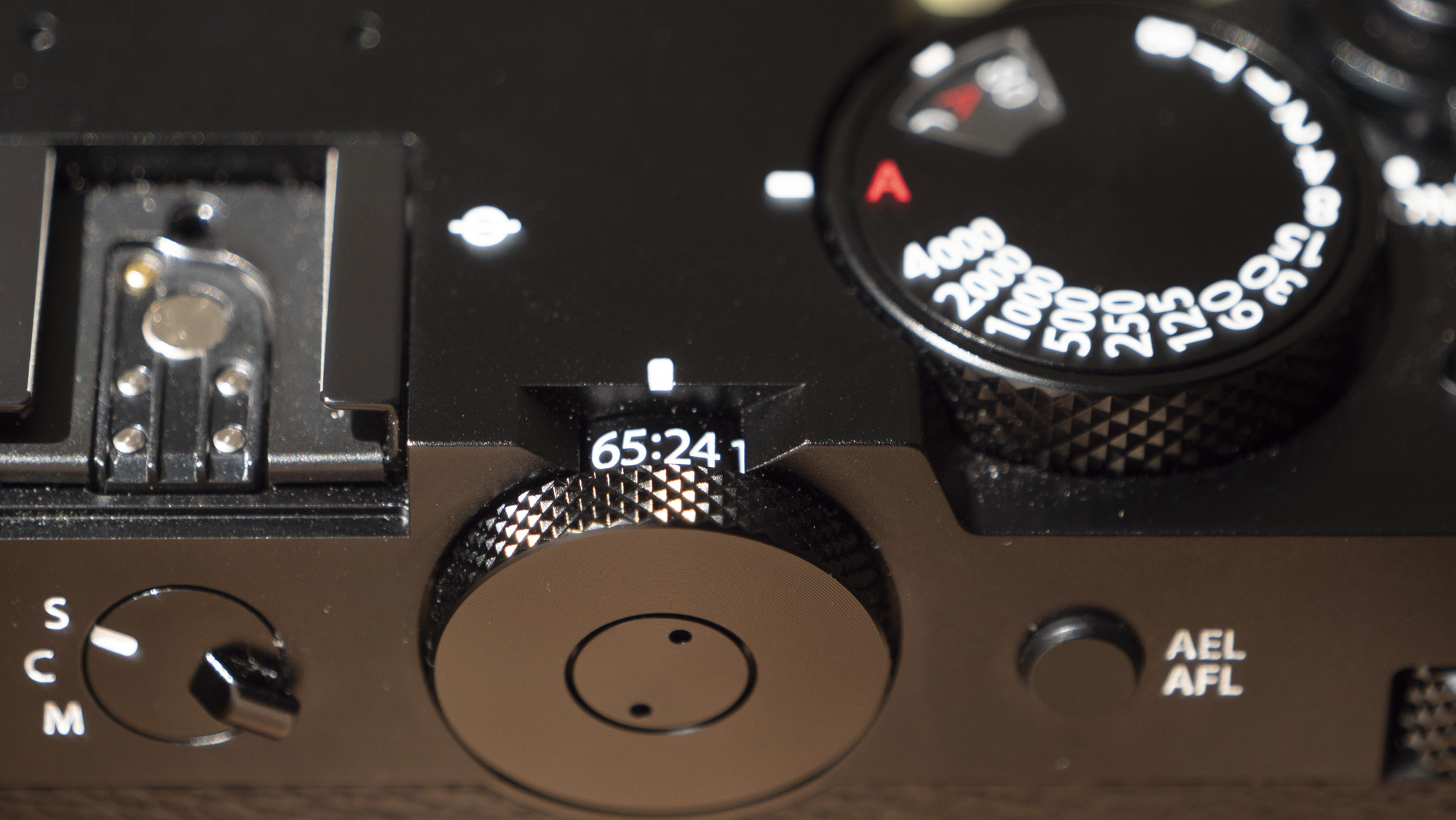
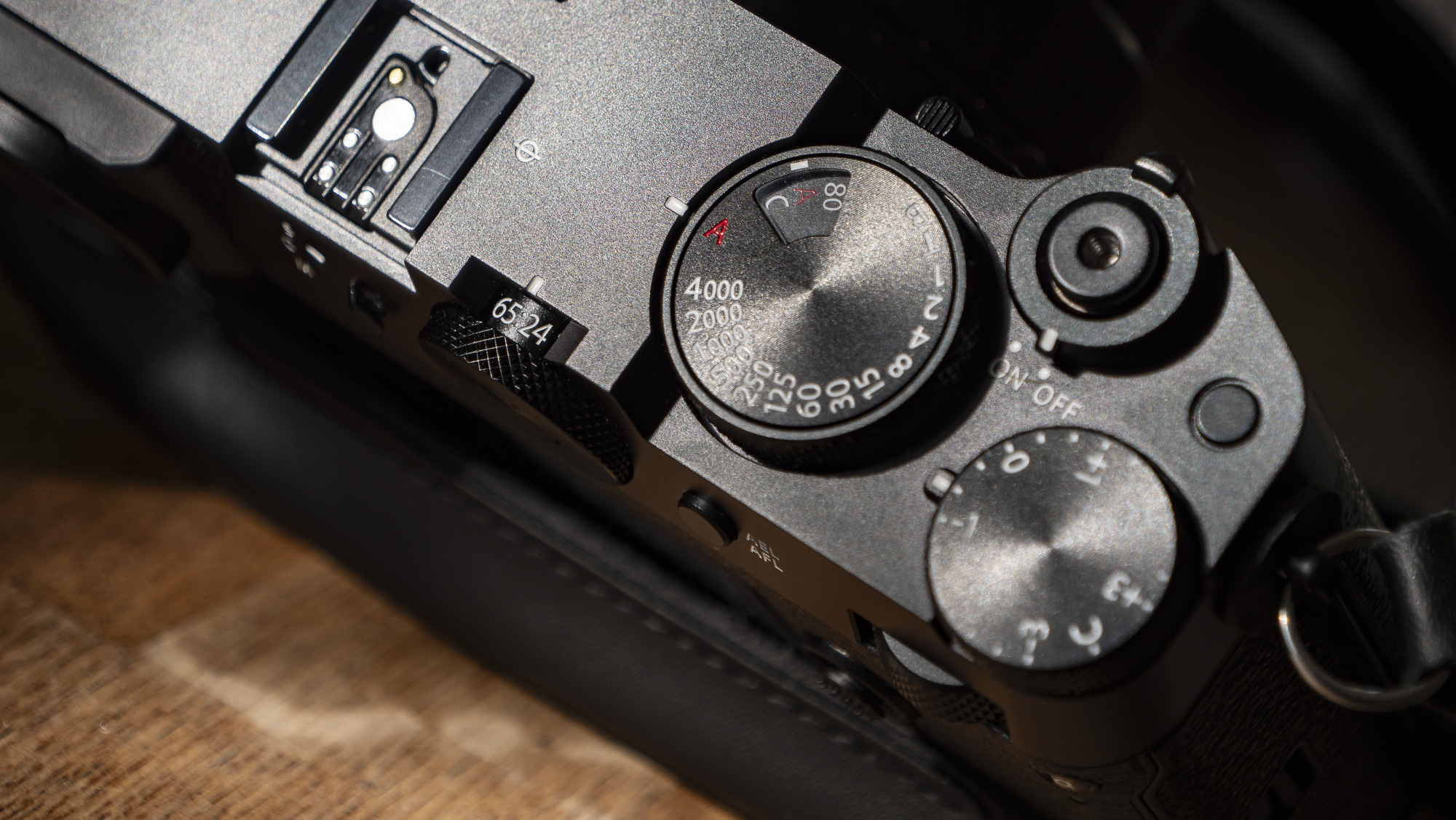
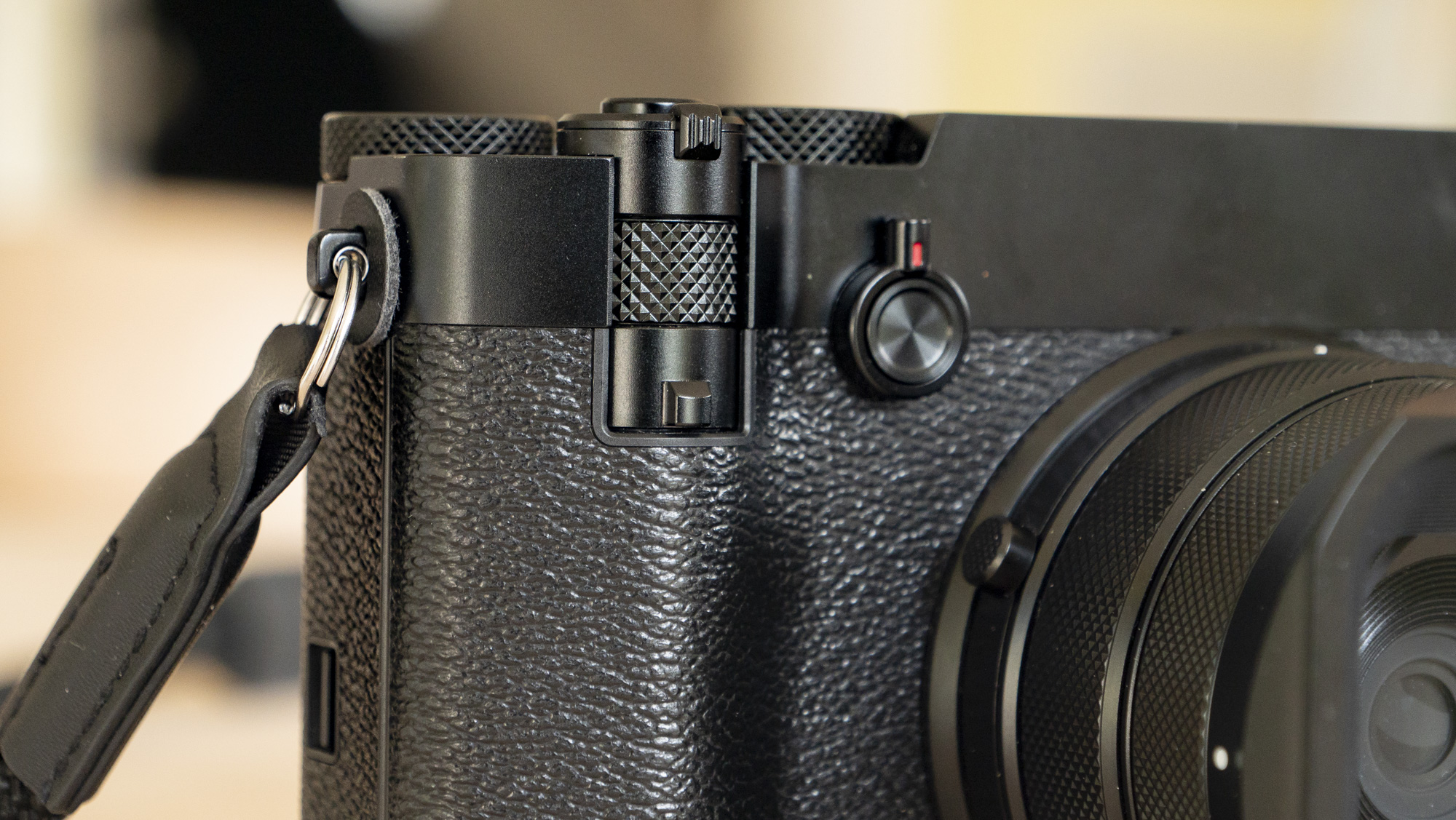
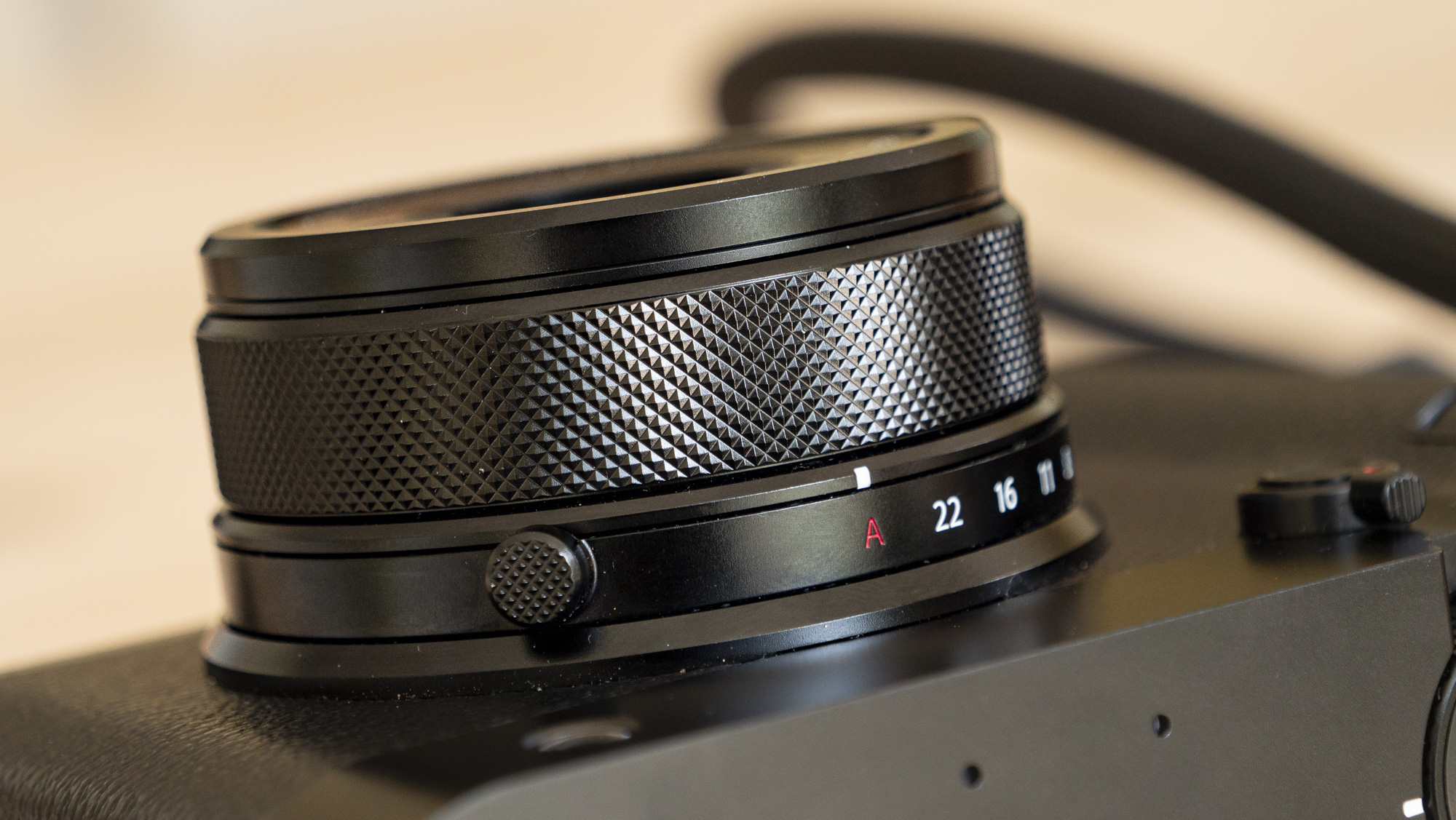

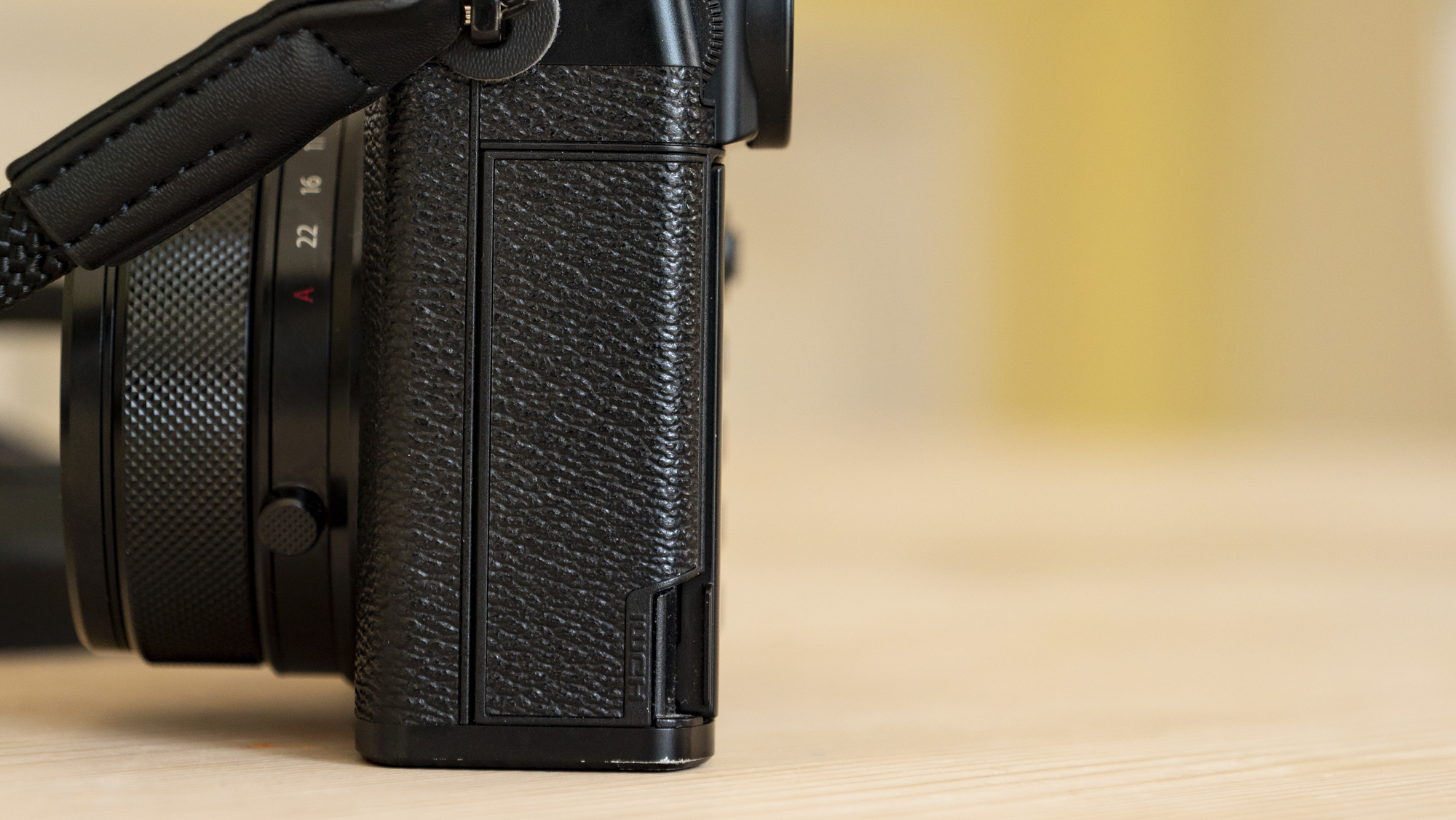
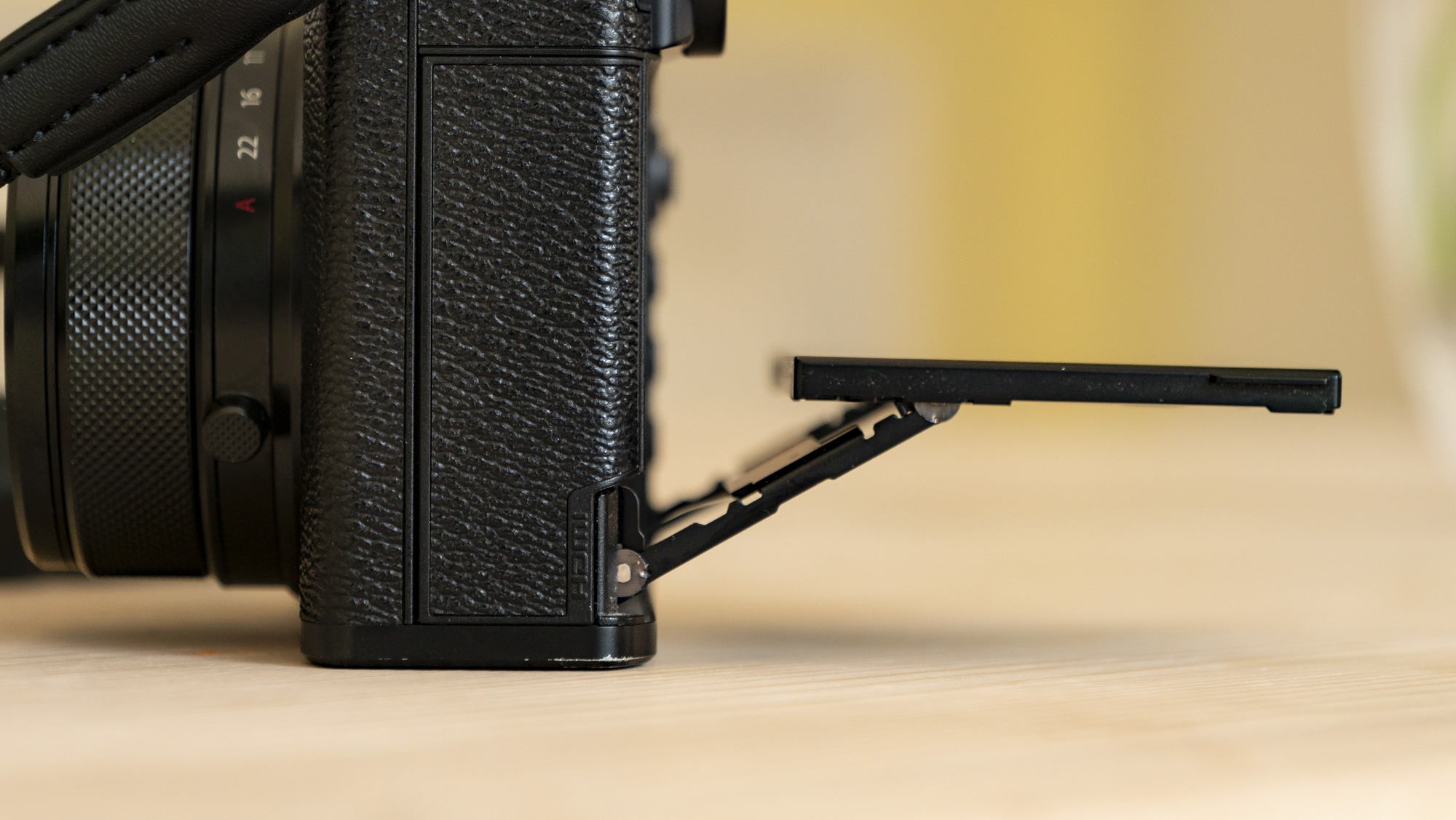
Then there's the stacked set of controls that include the crop lever, a command dial and the on/off switch – a lovely design touch, as is the shutter speed / ISO dial.
A joystick makes menu navigation and autofocus selection a doddle. Every control is well made and built to last, while a raised bump on the camera's front provides some grip, though I'd hardly call this a grippy camera.
Ports-wise, on the left side as you're holding the camera there are mic input and headphone out, plus USB-C and micro HDMI, while on the right side are twin SD card slots. There's a hotshoe on the top for accessories such as an external flash.
Overall, it's a comprehensive set of controls for this type of camera, without creating the feeling that there's too much going on around the camera's exterior. I've been able to make quick adjustments with ease, and I haven't really come across any niggles throughout my review period.
It's fair to say the Fujifilm GFX100RF prioritizes quality over outright speed – such are the trade-offs with a high-resolution medium-format camera.
Still, the GFX100RF is one of the speedier medium-format cameras around, with 6fps burst shooting that'll keep going for up to 296 JPEGs or 40 raws – not bad for such big file sizes. Naturally, you'll need to fit the best possible memory card into the camera, which would be a UHS-II V90 SD card.
You also get Fujifilm's latest autofocus system, which is packed with subject-detection tracking modes that cover humans, various animals and vehicles. Fujifilm hasn't quite got autofocus speed and accuracy to Sony and Canon levels yet, but it's not too far off, plus there's arguably less need for such power in a compact camera with fixed wide-angle lens.
It was good to know, though, that when I composed portraits, focusing was pin-sharp on my subject's eyes.
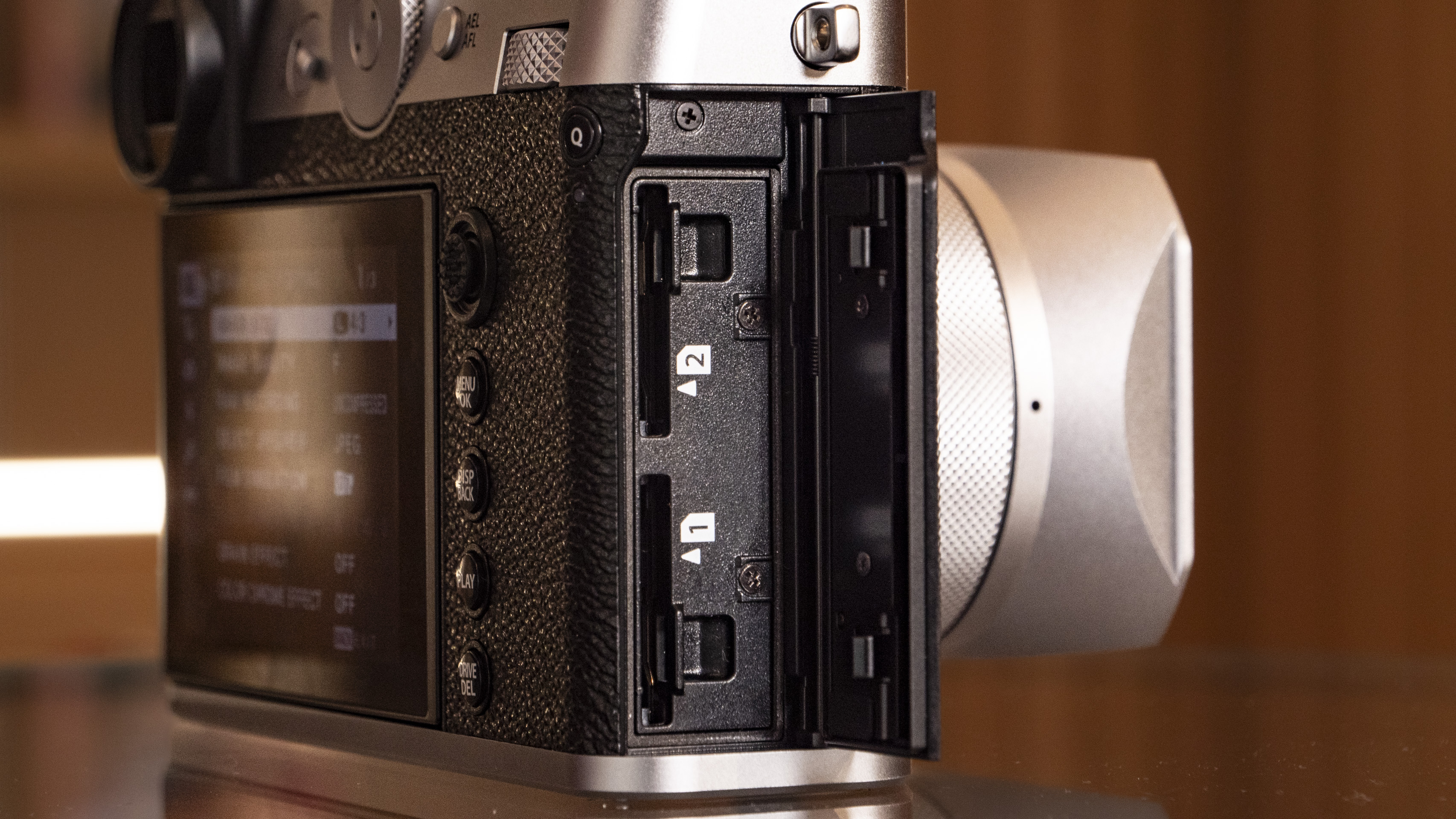
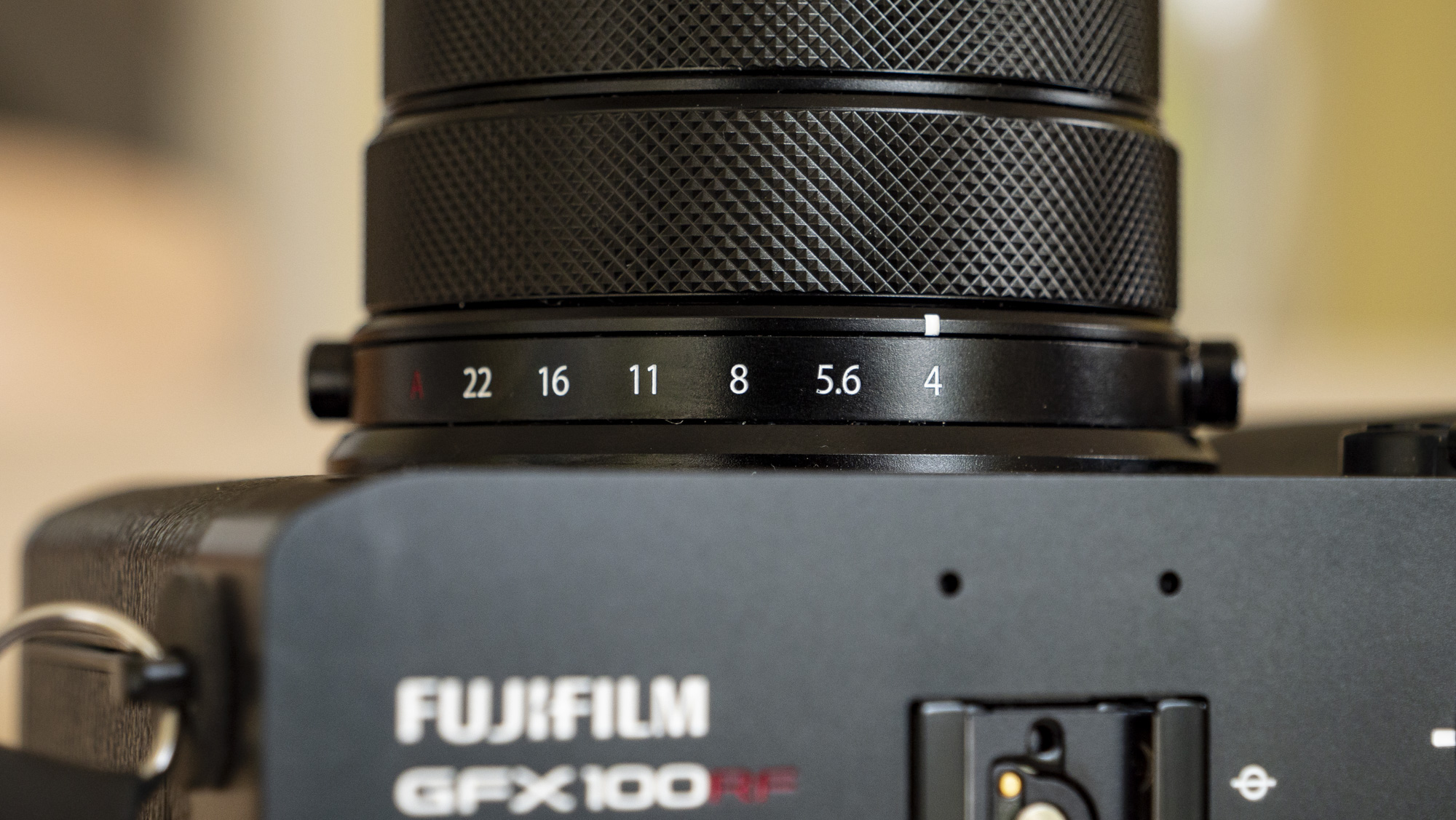
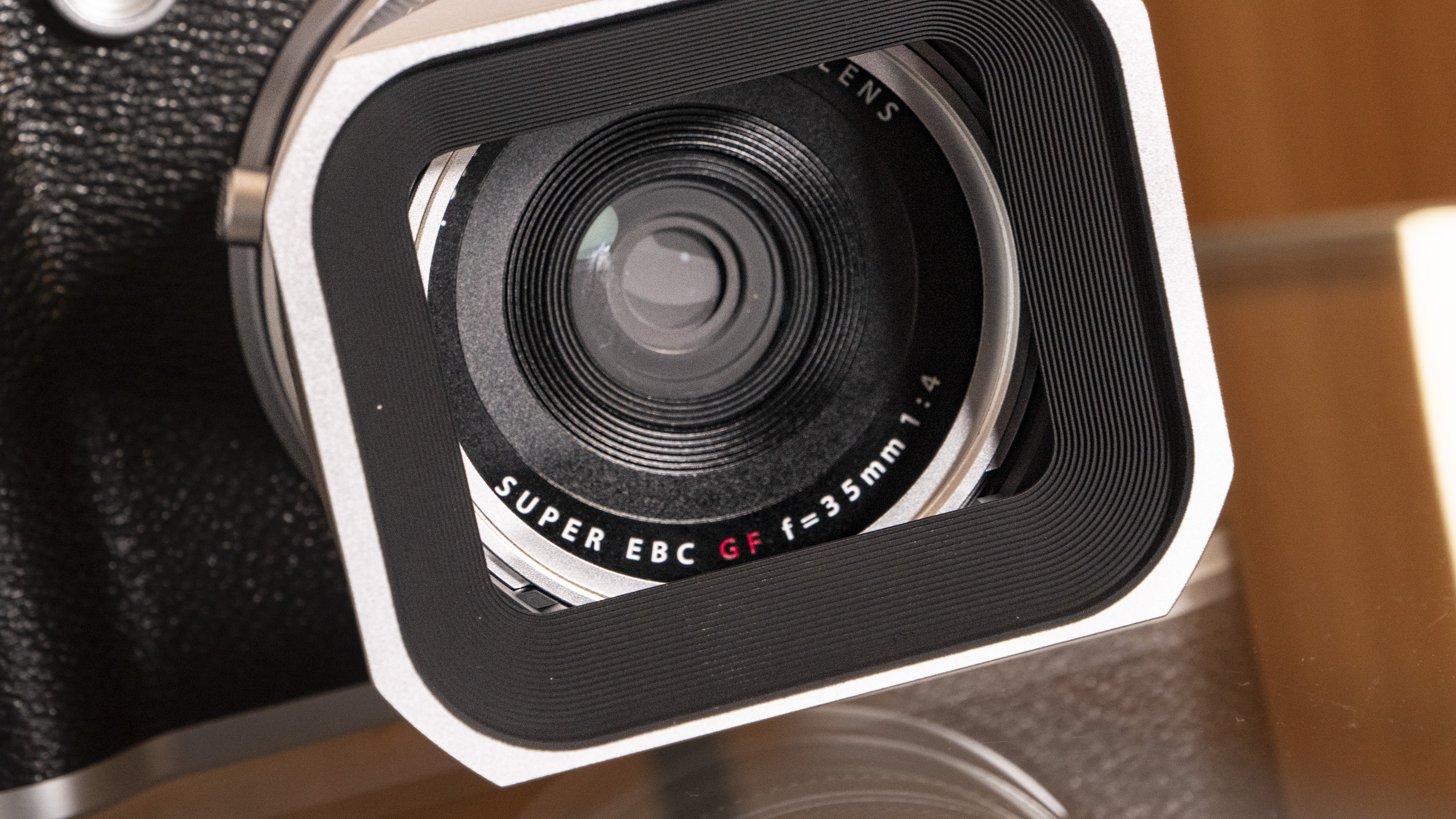
When I was first being briefed on the GFX100RF, I had to ask Fujifilm if it had its numbers right when I saw an 820-shot battery life quoted – that's 2-2.5x the number of shots you'd typically expect from such a camera, so it seemed unlikely.
I was pleasantly surprised to learn that Fujifilm does indeed have its numbers right. Such staying power could be attributed to the camera's leaf shutter, which is a typically less power-hunger shutter than the type used in most other cameras – this is a camera that'll comfortably last all day.
I've already mentioned how the maximum f/4 aperture is, for me, the biggest drawback to the GFX100RF, and the fact that there's no optical stabilization would be a close second. I'm typically a handheld photographer, preferring not to use a tripod, and optical stabilization is a saving grace for maintaining sharp image quality, especially given such high-resolution output.
Neither is there in-body image stabilization (IBIS), which is understandable for such a camera; but no optical stabilization? That's a big miss for photographers. Should you dabble with video, there is digital stabilization, which does a decent job of smoothing out camera shake.
If image resolution and edge-to-edge clarity matter most to you, there's no better camera than the Fujifilm GFX100RF. It marries a class-leading 102MP medium-format sensor with a super-sharp lens – trust me, I've pixel peeped a range of images, and detail is pin-sharp from the center of the frame right out to the very edges.
And I noted these findings while directly comparing the GFX100RF with the Leica Q3, which is an even pricier 61MP full-frame premium compact that previously set the bar for image quality.
Such quality means the GFX100RF is ideal for street and landscape photography, especially given its 28mm full-frame equivalent focal length. Furthermore, the 102MP sensor unleashes unmatched cropping potential; even if the dedicated 36mm, 50mm, and 63mm effective focal length digital crop options don't reach as far as the Leica Q3's 35mm, 50mm, 75mm and 90mm options, each option has more pixels.
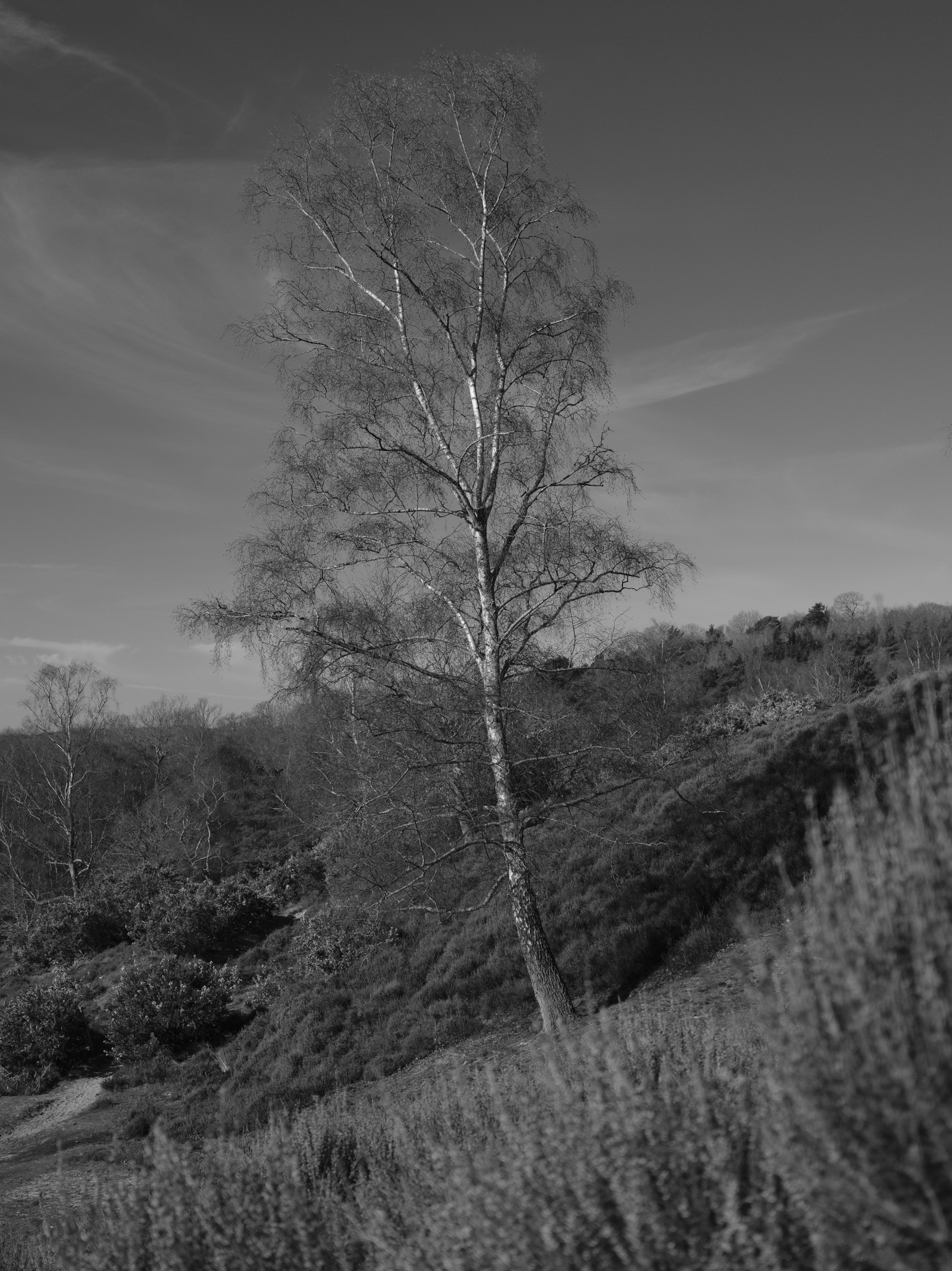
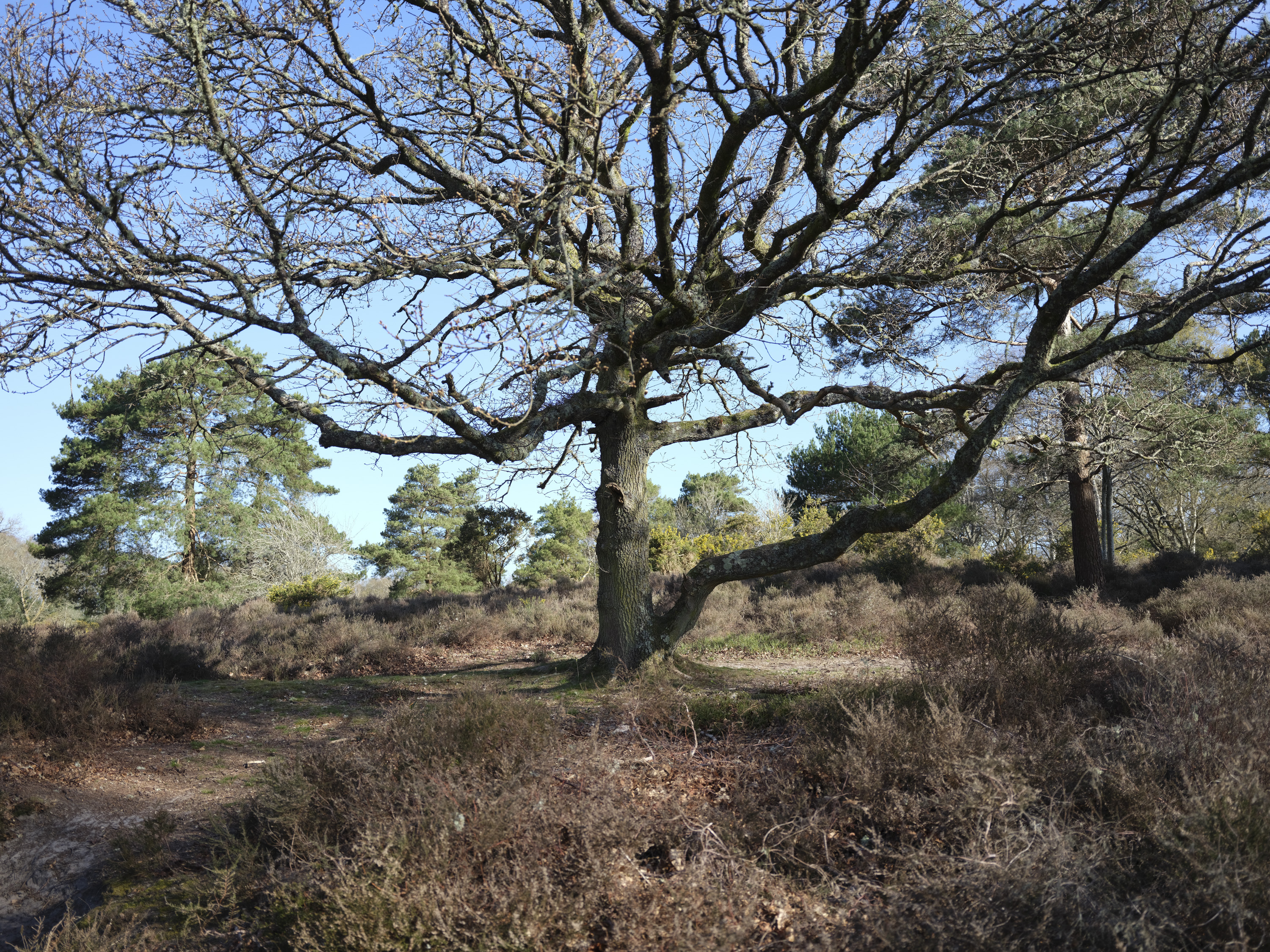
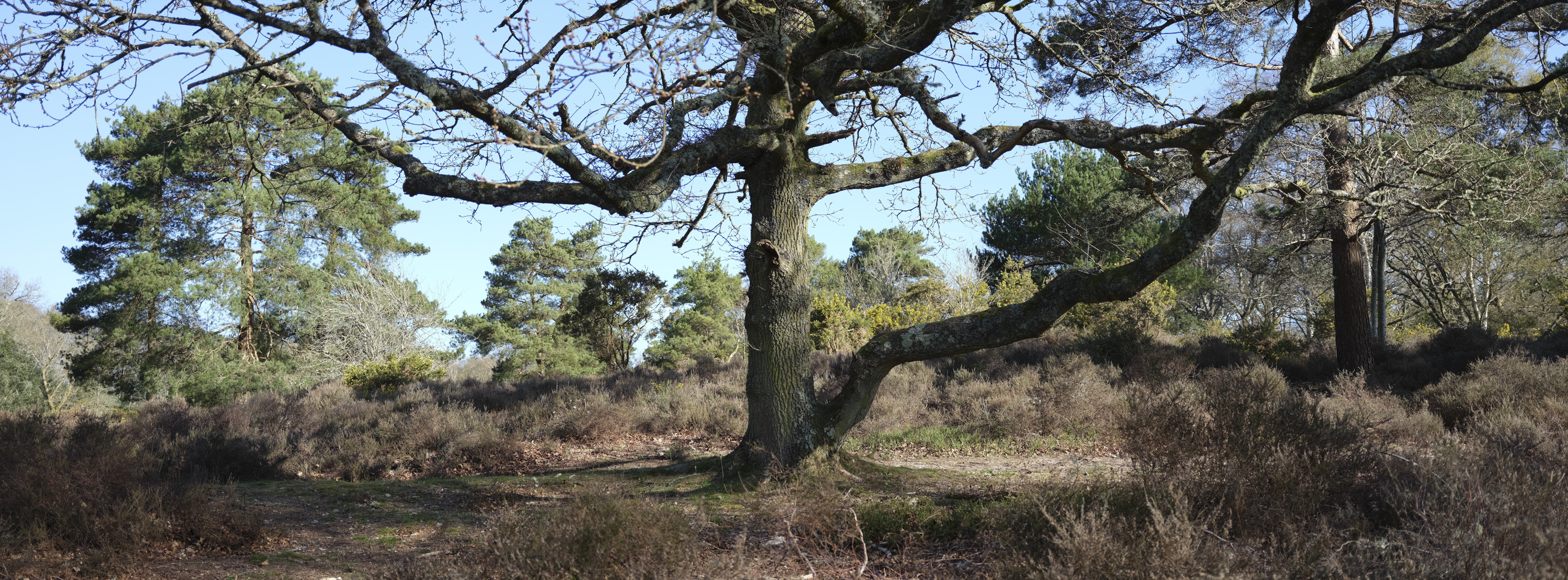
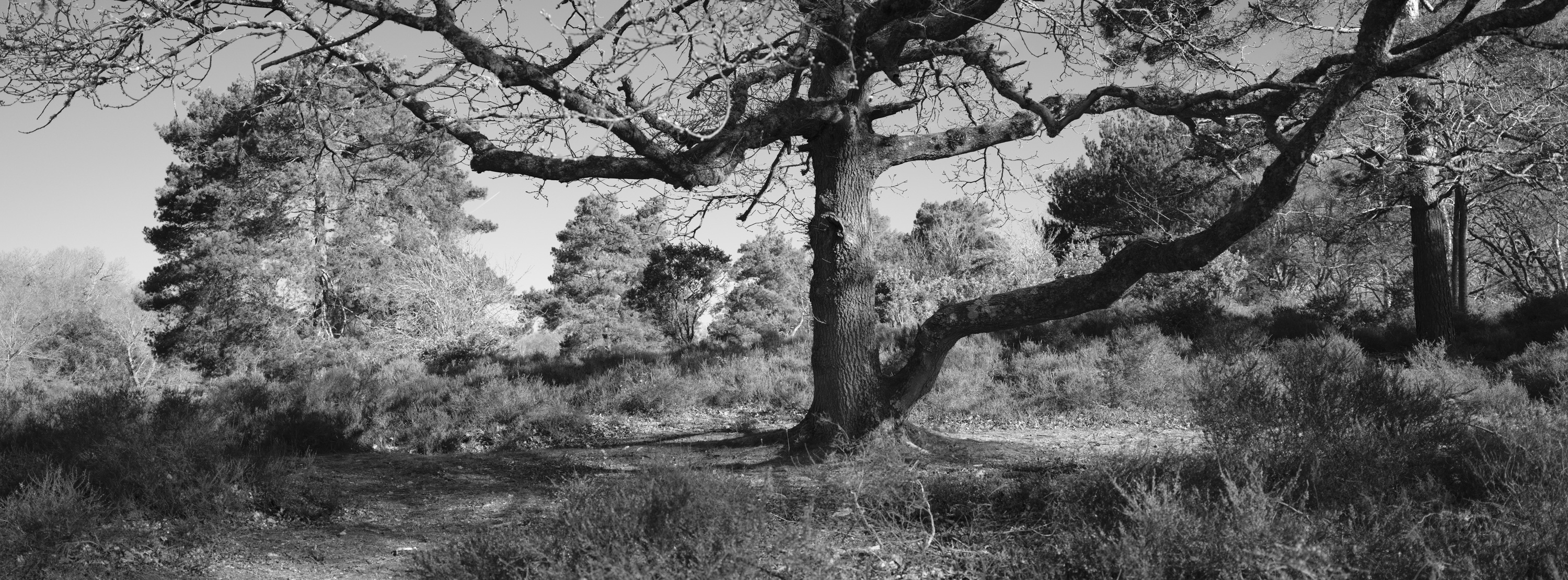
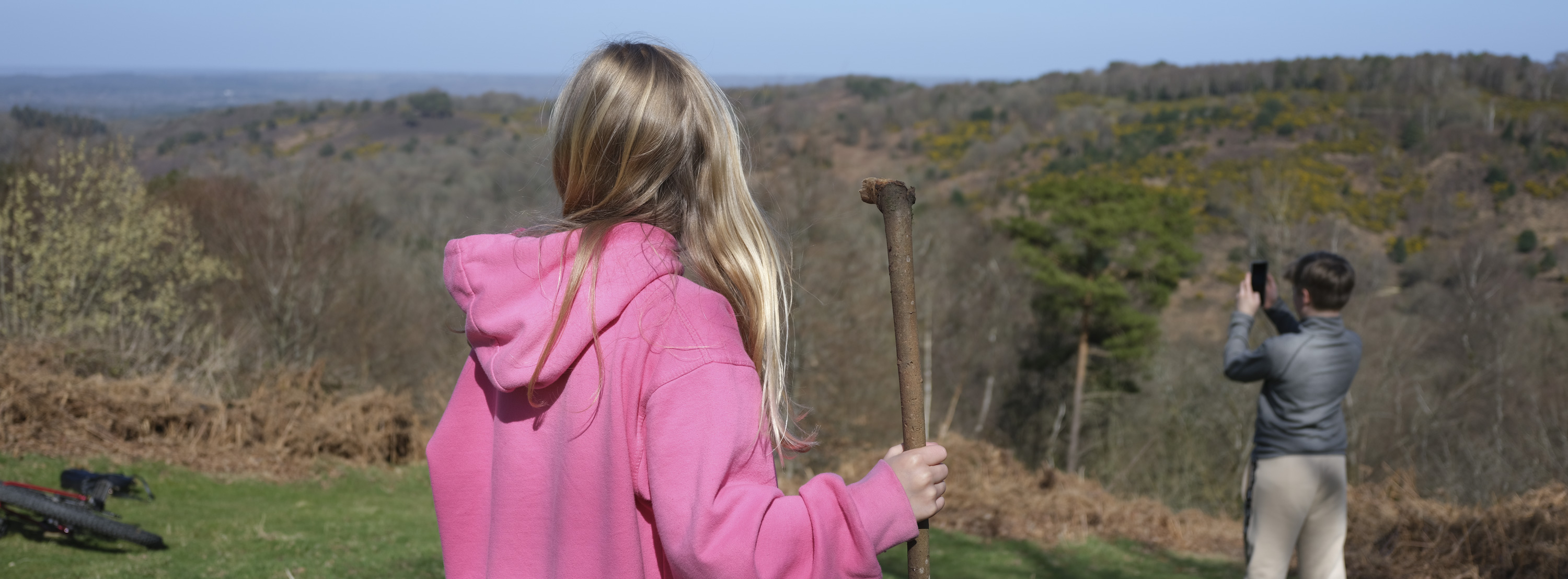

I had a blast experimenting with different aspect ratios via the dedicated dial, too, and became hooked on the 65:24 panoramic aspect ratio, constantly seeing the world around me in panorama.
Still, the GFX100RF won't be for everyone. For me, despite its quality, the limitations of the lens' maximum f/4 aperture are a major drawback. That, and the complete lack of image stabilization for photography, both optically and sensor-based, limited the scenarios in which I could get sharp handheld images, even with the lens' subtler leaf shutter.
Furthermore, I love using a lens' maximum aperture for shallow depth of field, even with a lens as wide as this, and for that the 28mm f/1.7 lens of the Leica Q3 is the better pick.
Within its practical use-cases, however, and with the the help of Fujifilm's known and much loved Film Simulations color profiles, I've been able to create images that you'd struggle to believe were made with a compact camera.
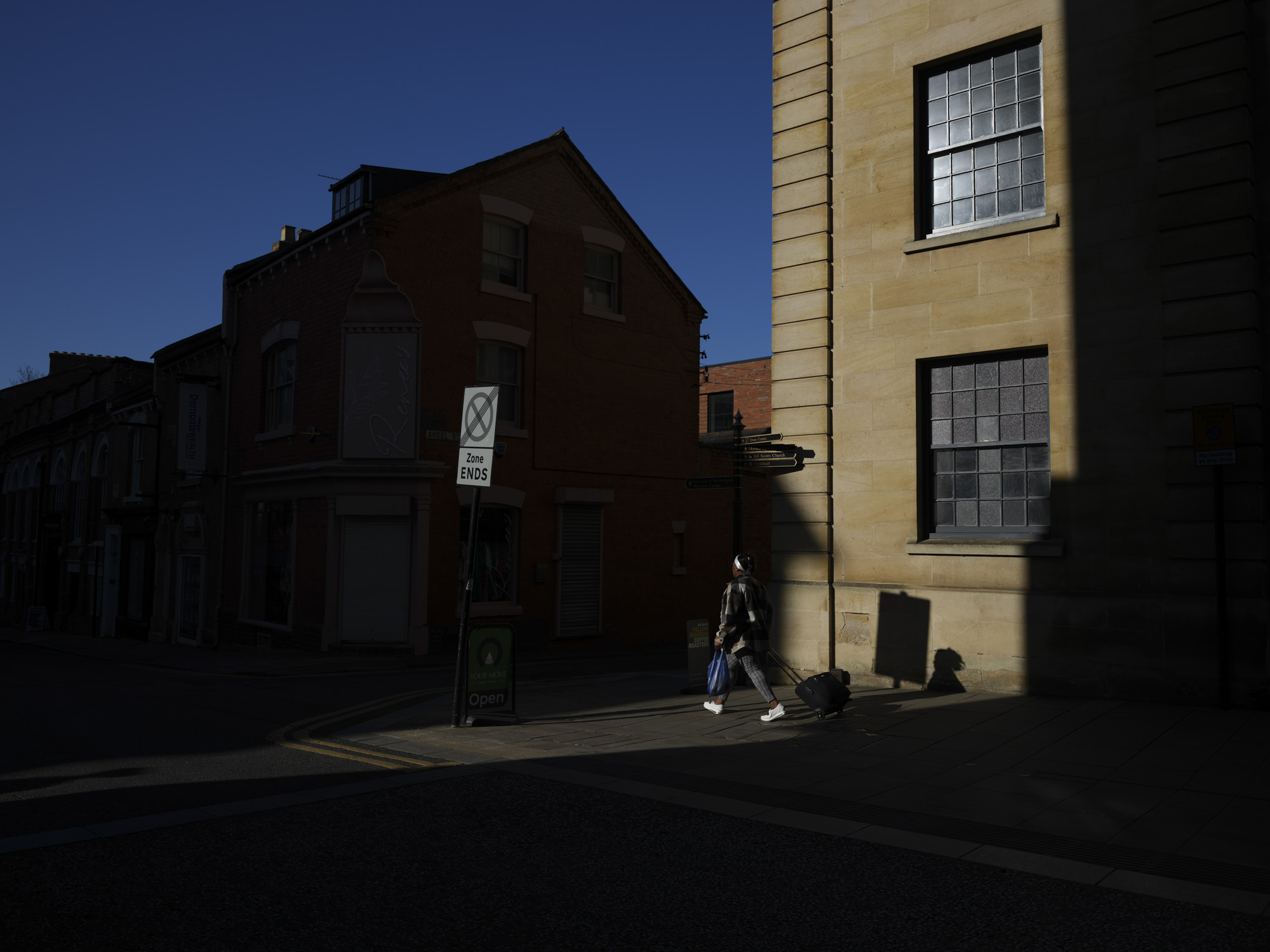
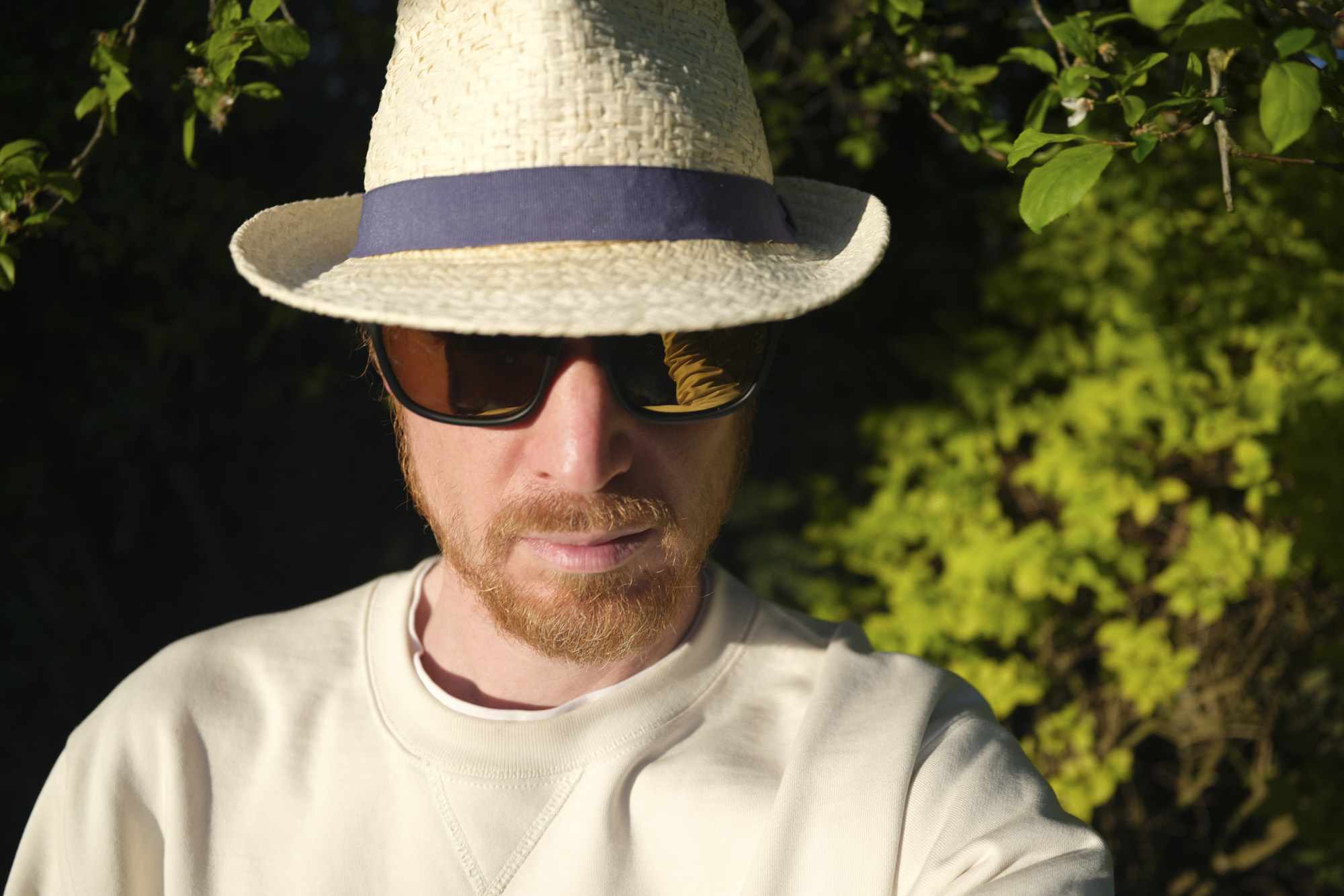
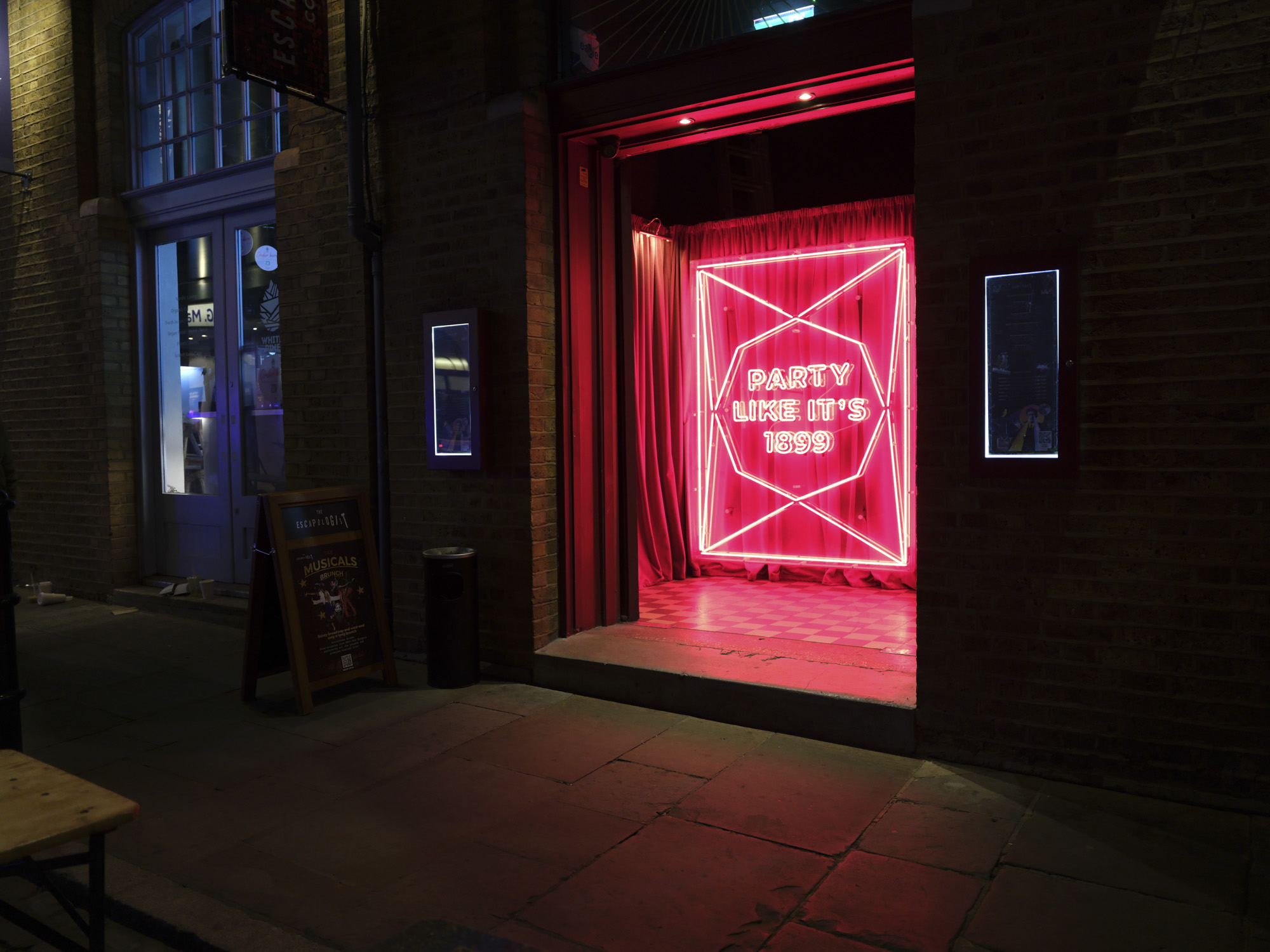
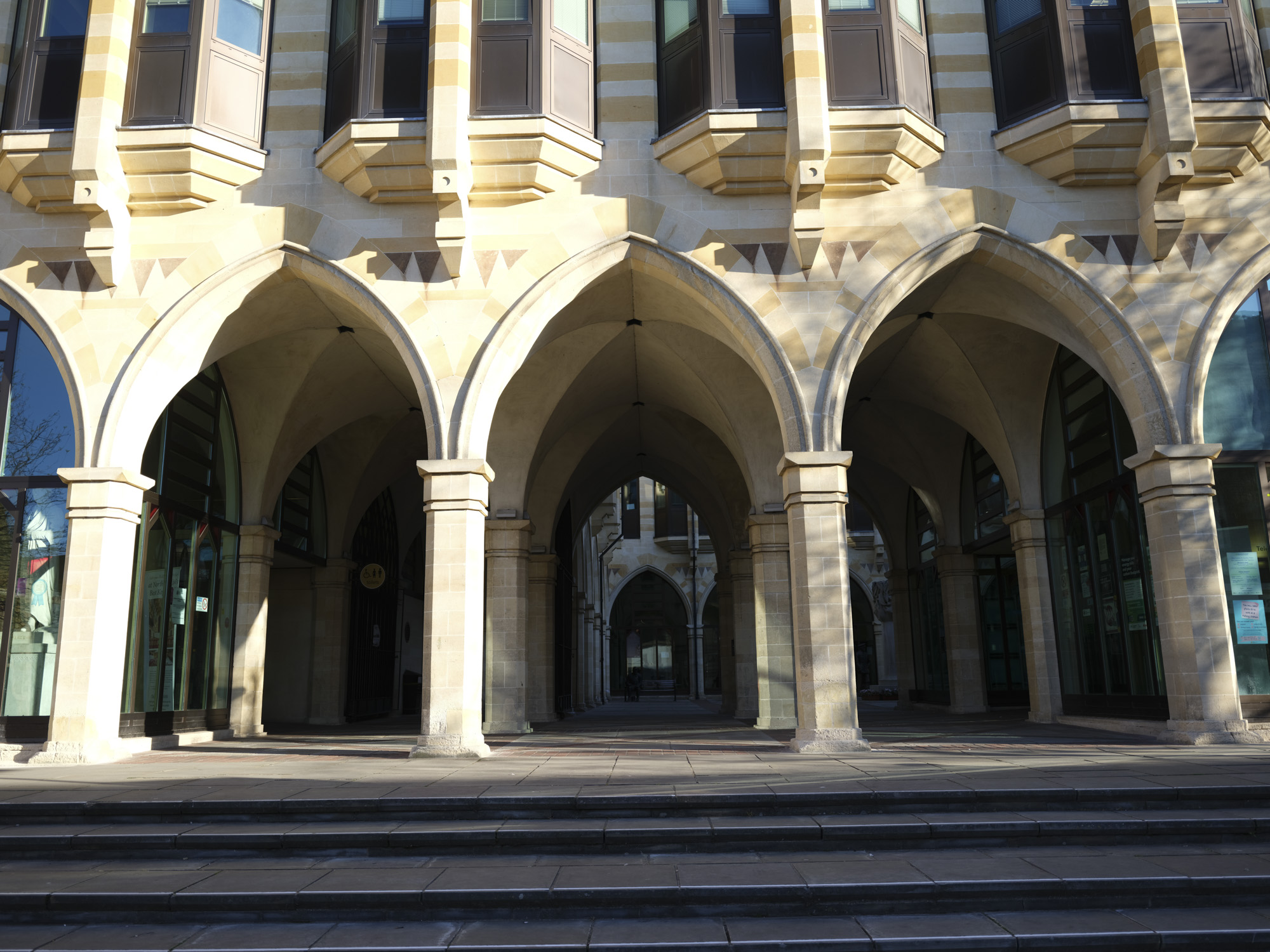
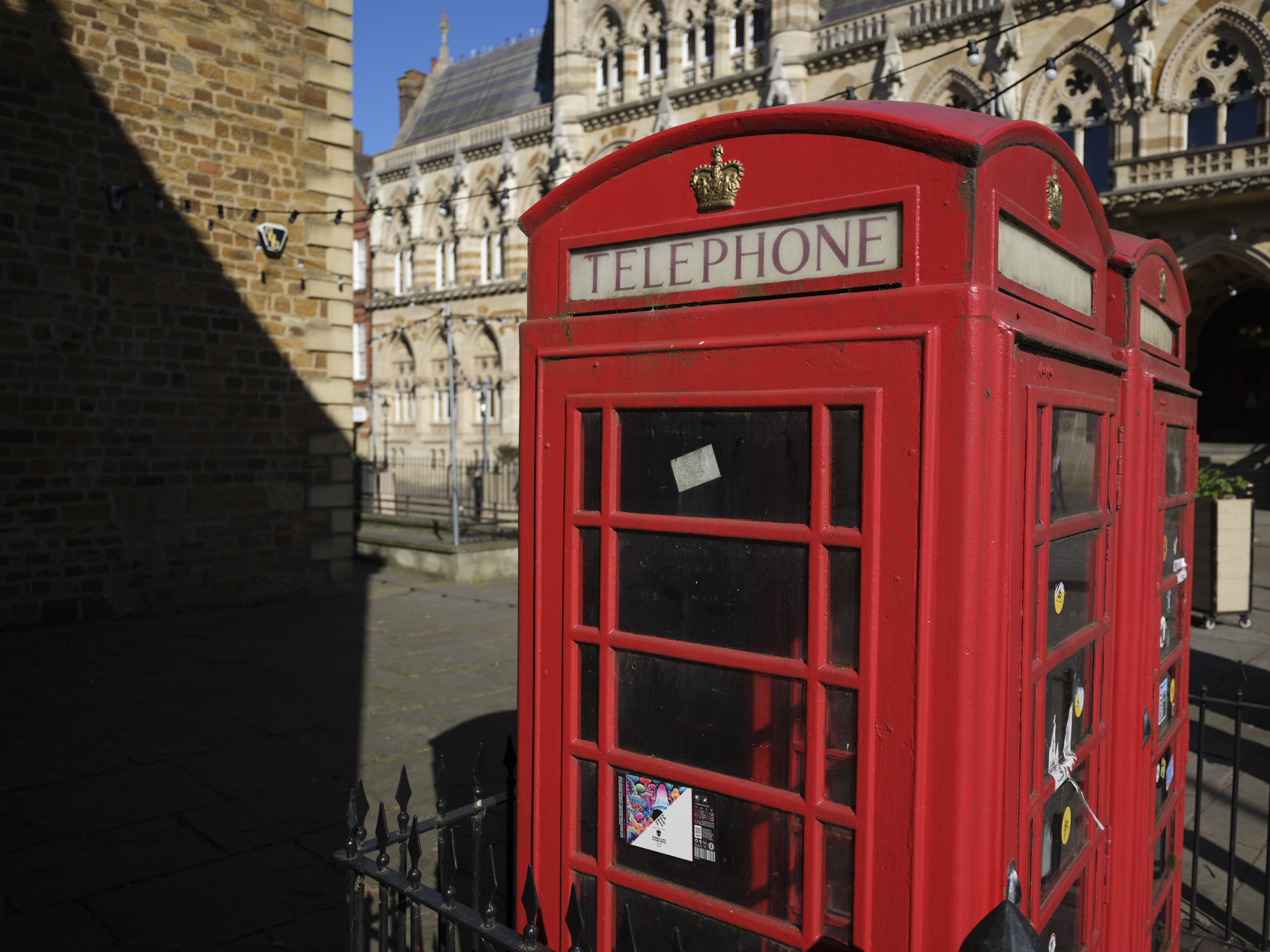

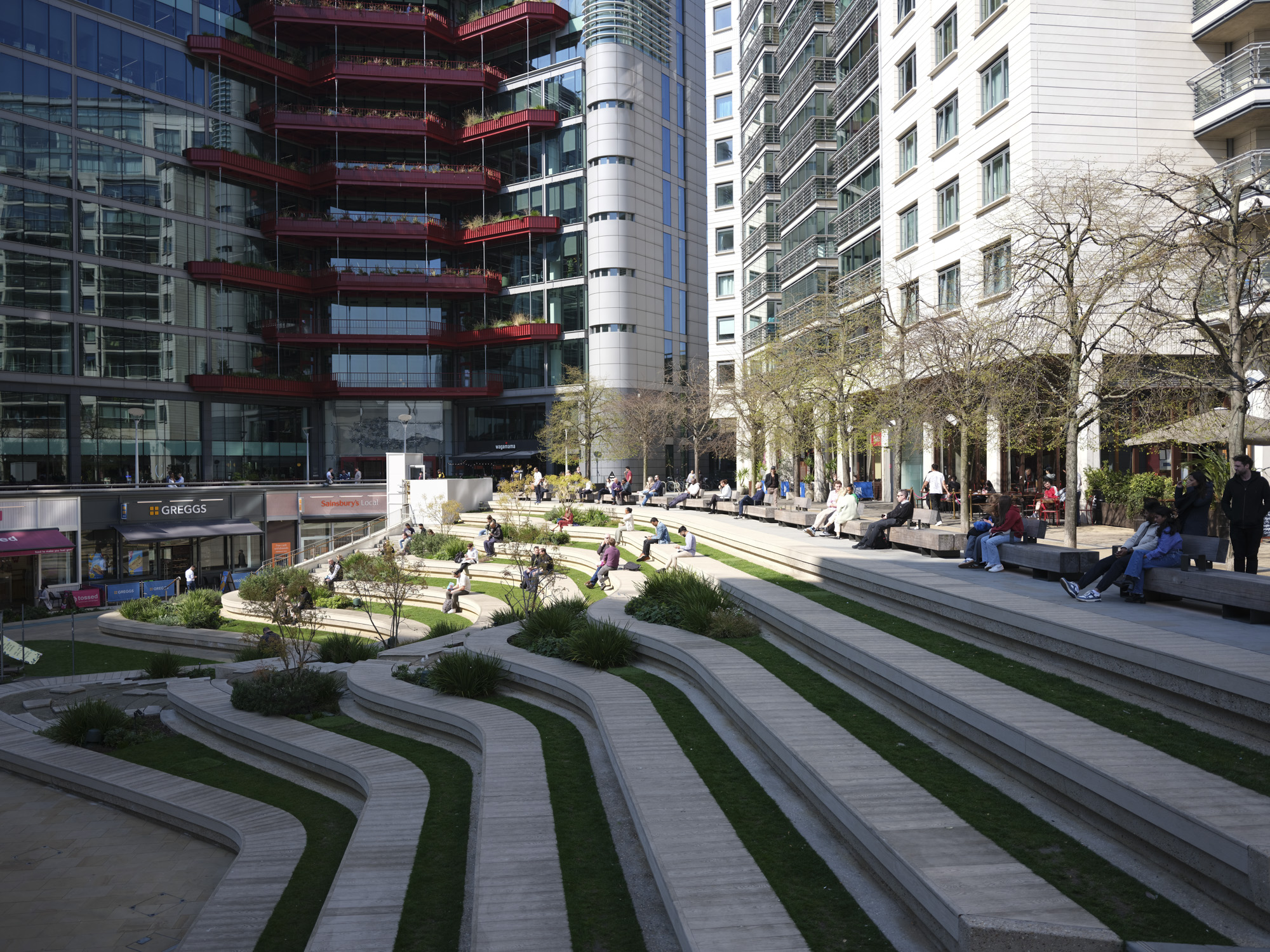
Optically, if I was to nitpick – and I say this having made direct comparisons with the excellent Q3 – the GFX100RF is slightly prone to lens flare with the sun in the shot. In such instances it's all the more important to utilize the lens hood that comes with the camera, and keep the lens and / or protective filter clean from dust.
Chromatic aberration is well controlled, while bokeh is only okay – the GFX100RF's lens is not the one to pick for buttery smooth backdrops.
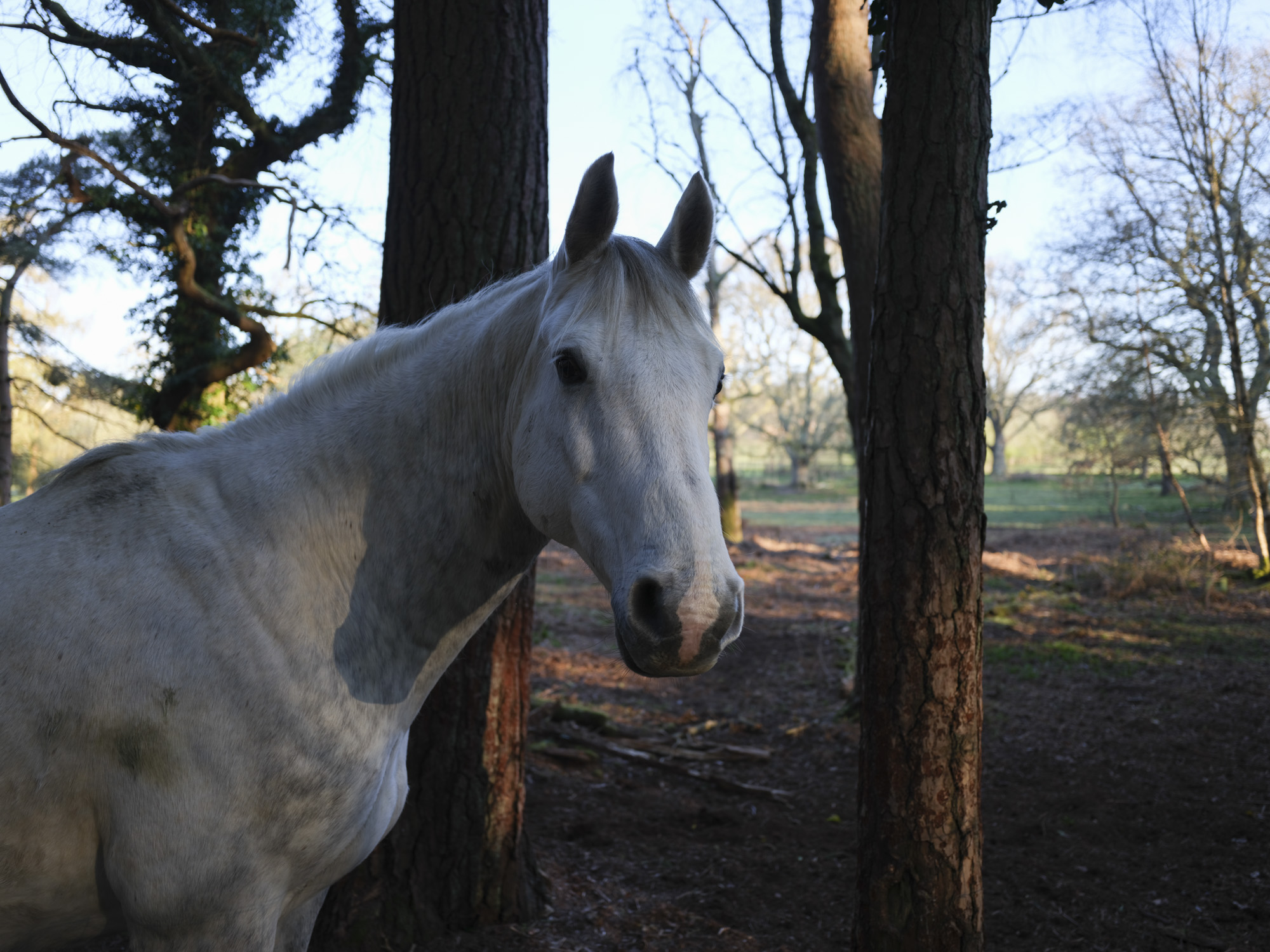
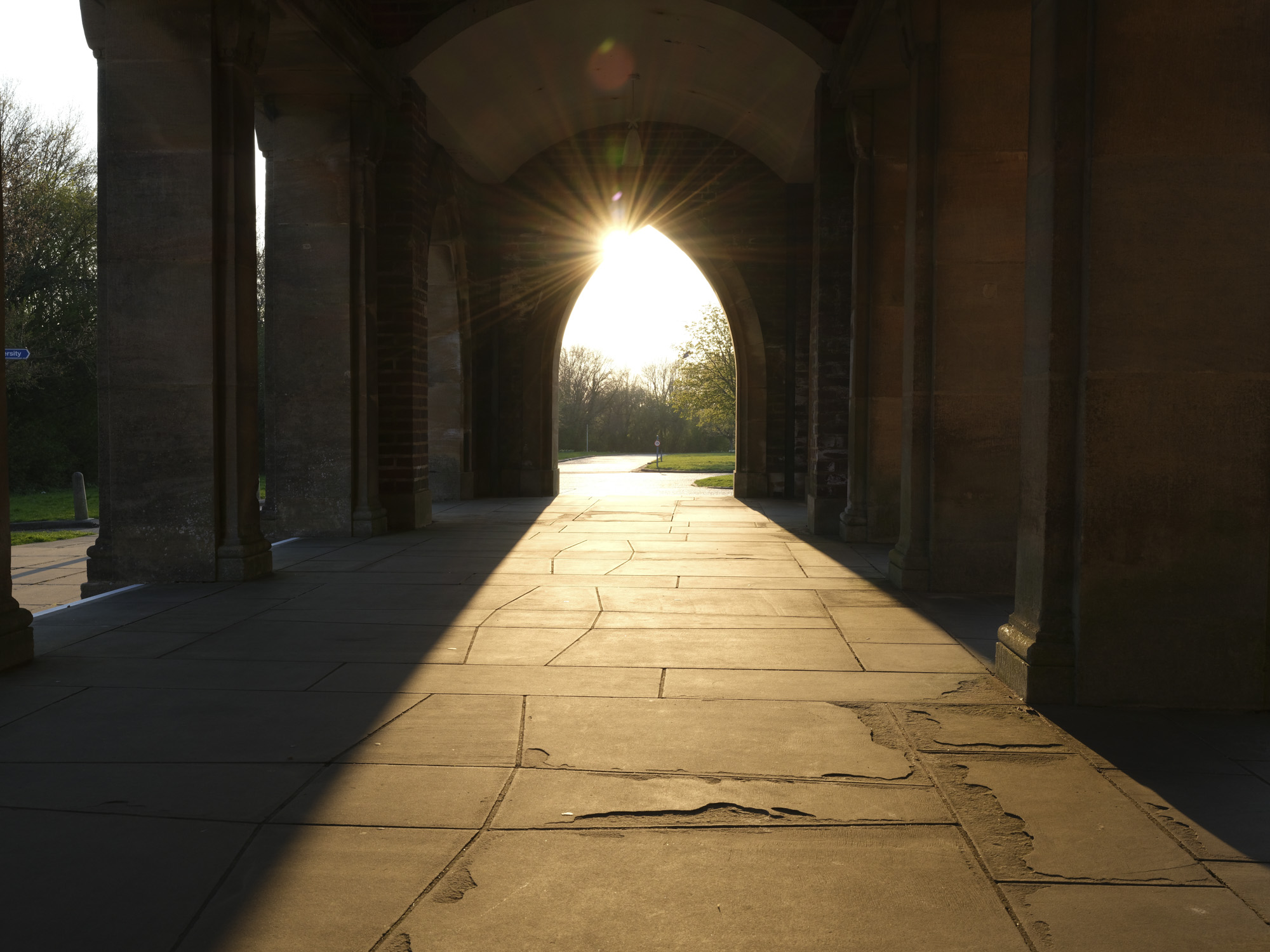

Video specs are solid if unspectacular. Fujifilm has focused on getting 4K quality right, rather than wowing us with 8K resolution. There's 4K up to 30fps in H.265 All-Intra 4:2:2 10-bit, or Full HD up to 60fps, with bitrates up to a staggering 720Mbps.
Using such a high-quality bitrate will naturally create huge file sizes, for which you'll need to use the fastest possible UHS-II V90 SD card. It's also possible to shoot 4K in the even higher-quality ProRes format with a 1,877Mbps bitrate and up to 60fps, but only to an external SSD.
This video quality is backed up by handy video tools, such as a 4EV ND filter and digital-only image stabilization (only for video) that smooths out shake in handheld footage. So while most users will be shooting primarily photos with the GFX100RF, it's possible to shoot some lovely looking 4K video too.
You want the best possible detail
The GFX100's 102MP sensor and high-quality lens render detail to a scale – and with edge-to-edge sharpness – previously unseen in a compact camera.
You like experimenting with different looks
Don't be fooled into thinking the fixed 35mm f/4 is restricting – with 102MP to play with, you can crop into images for a perceived tighter lens, and play with various aspect ratios.
You love the retro Fujifilm vibes
From its rangefinder style design to its range of Film Simulations color profiles, the GFX100RF embodies what has made Fujifilm so popular over the last decade.
You want a bright lens
For me, the single biggest drawback is the limitations that come with the maximum f/4 aperture, specifically low-light performance and shallow depth of field potential.
You lack a steady hand
The GFX100RF is should be ideal for handheld use, except that there's no optical or sensor-based stabilization on board. For sharp images, you'll need to utilize a fast shutter speed, a very steady hand, or a tripod.
You're as interested in video as photography
It's possible to squeeze lovely video quality out of the GFX100RF, but there's no doubt that it's primarily designed for photographers.
I thought compact camera quality peaked with the 60.3MP Leica Q3, but then along came the 102MP Fujifilm GFX100RF. That said, there's plenty going for the Q3, especially its gorgeous 28mm lens with a wider f/1.7 maximum aperture, and its macro focus mode. Want to know more? I've directly compared these two premium compacts in real-world tests in a GFX100RF vs Q3 article.
Read our in-depth Leica Q3
The GFX100RF will be overkill for most people, and for those people its smaller cousin, the popular X100VI, could be a wiser, thriftier choice if you can stomach back-order lead times. Both are rangefinder-style cameras, with the X100VI featuring a hybrid viewfinder that can switch between optical and electronic displays, whereas the GFX100RF just has an EVF. It's 40MP APS-C sensor and 35mm f/2 lens impress too – for many scenarios you might not really notice a quality difference between the pair, and the smaller X100VI is a third of the price. For outright image quality though, the GFX100RF is unmatched.
Read our in-depth: Fujifilm X100VI
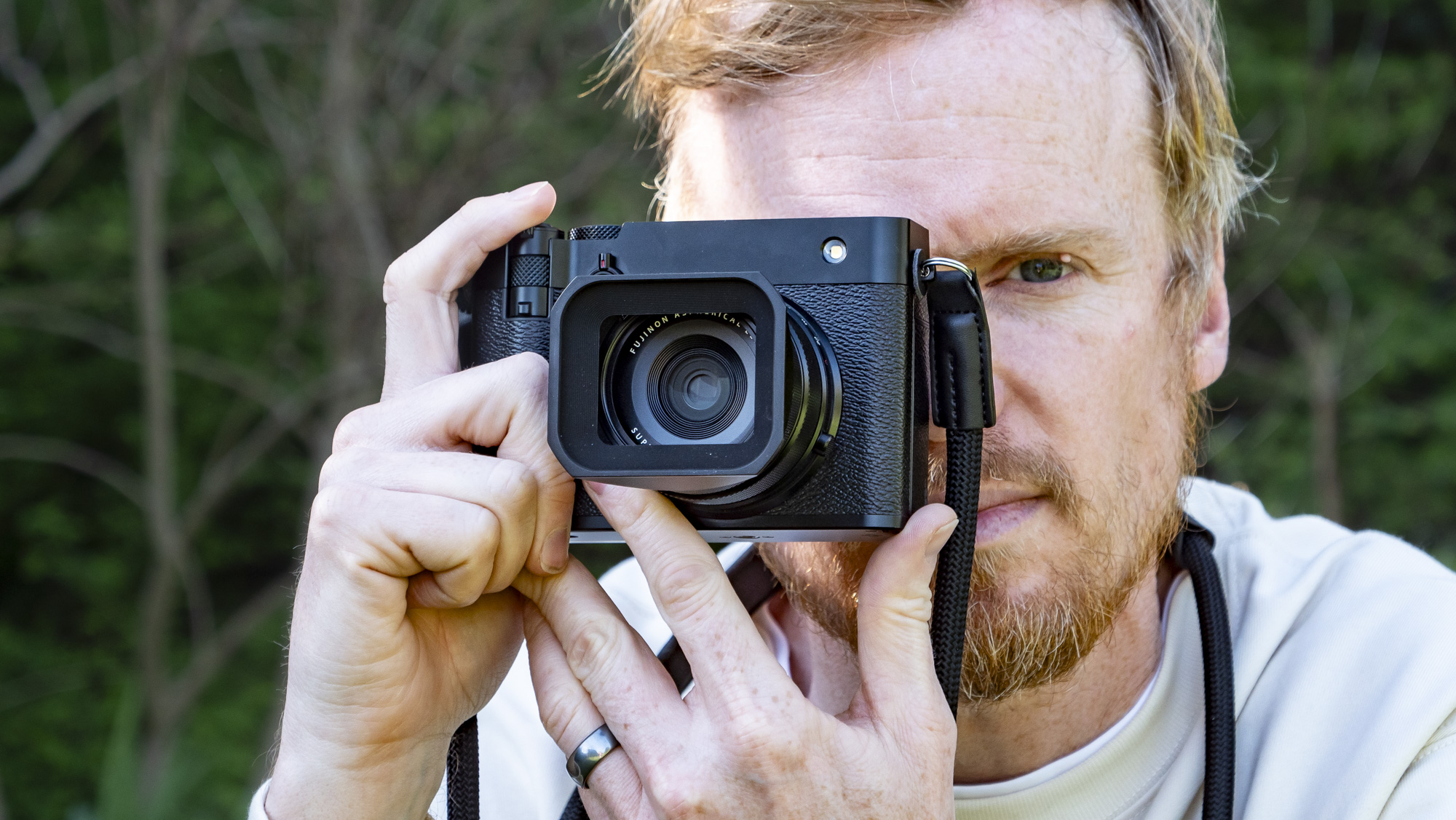
My time with the GFX100RF was briefer than I would have liked, but plenty long enough for me to get a real feel for the camera and its capabilities.
Taking a deep dive into its key features, including that incredible 102MP sensor, the digital crop and aspect ratio options, and color profiles, has led me to write separate articles, as has my direct comparison with the Leica Q3, another premium fixed-lens compact.
I've also pushed the camera's performance, namely its burst shooting and video recording, and pixel-peeped the quality of the f/4 lens, analysing edge-to-edge detail and bokeh.
First reviewed April 2025
While there are literally hundreds of models to choose from out there, I always prefer to stick with the big-name best dash cams. This includes the likes of Nextbase, Garmin, and Vantrue, which recently unveiled its new and updated Element 1 Pro Dash Cam (more commonly referred to as the E1 Pro).
The E1 Pro is well worth a look for anyone who needs a compact, cost effective in-car solution. It's centered around the small black box design, which measures (approx) just 1.73 x 1.97 x 1.73 inches / 4.4 x 5 x 4.4cm. Even then, the design manages to squeeze in a neat little LCD screen on the rear, which proves invaluable for setup steps during installation. The information graphics are a little less easy to read when it’s being used on the move, but it’s a valuable part of the E1 Pro’s appeal.
Vantrue originally released this model a few years ago, and we got to take a first look at it back in 2022, when it was known as the Vantrue E1. The design appears to have changed little since then, with one of its most distinctive features being the protruding circular lens arrangement.
However, Vantrue has beefed up the innards, so instead of 2.5K video there's now crisp and clear 4K 3840 x 2160p 30fps footage on offer thanks to a Sony IMX678 Starvis 2 sensor. Another appealing factor of this model is the 158-degree wide-angle lens, which offers a pretty expansive view of the road ahead.
Vantrue also likes to highlight its PlatePix software, which is designed to offer greater clarity when capturing details such as license plates or road signs. The company claims this delivers a 50 percent clearer view than standard 4K HDR.
High-quality footage needs card space, and to that end Vantrue has upped the microSD card compatibility to a whopping 1TB, although my test unit arrived with a rather leaner 128GB card. Alongside the improved shooting capacity, the Vantrue E1 Pro Dash Cam packs in plenty of other features and functions, including voice control, a solid supporting app with fast Wi-Fi transfer rates, GPS, and improved temperature protection, as well as the benefit of a supercapacitor internal battery.
My review unit also came supplied with a circular polarizing filter or CPL, which can be screwed to the front of the lens. This cuts through reflections and glare, and can be particularly useful in situations where harsh light is an issue, especially when it comes to capturing finer details including license plates. There's also a remote control if the buttons on the box itself, or voice control, don’t appeal.
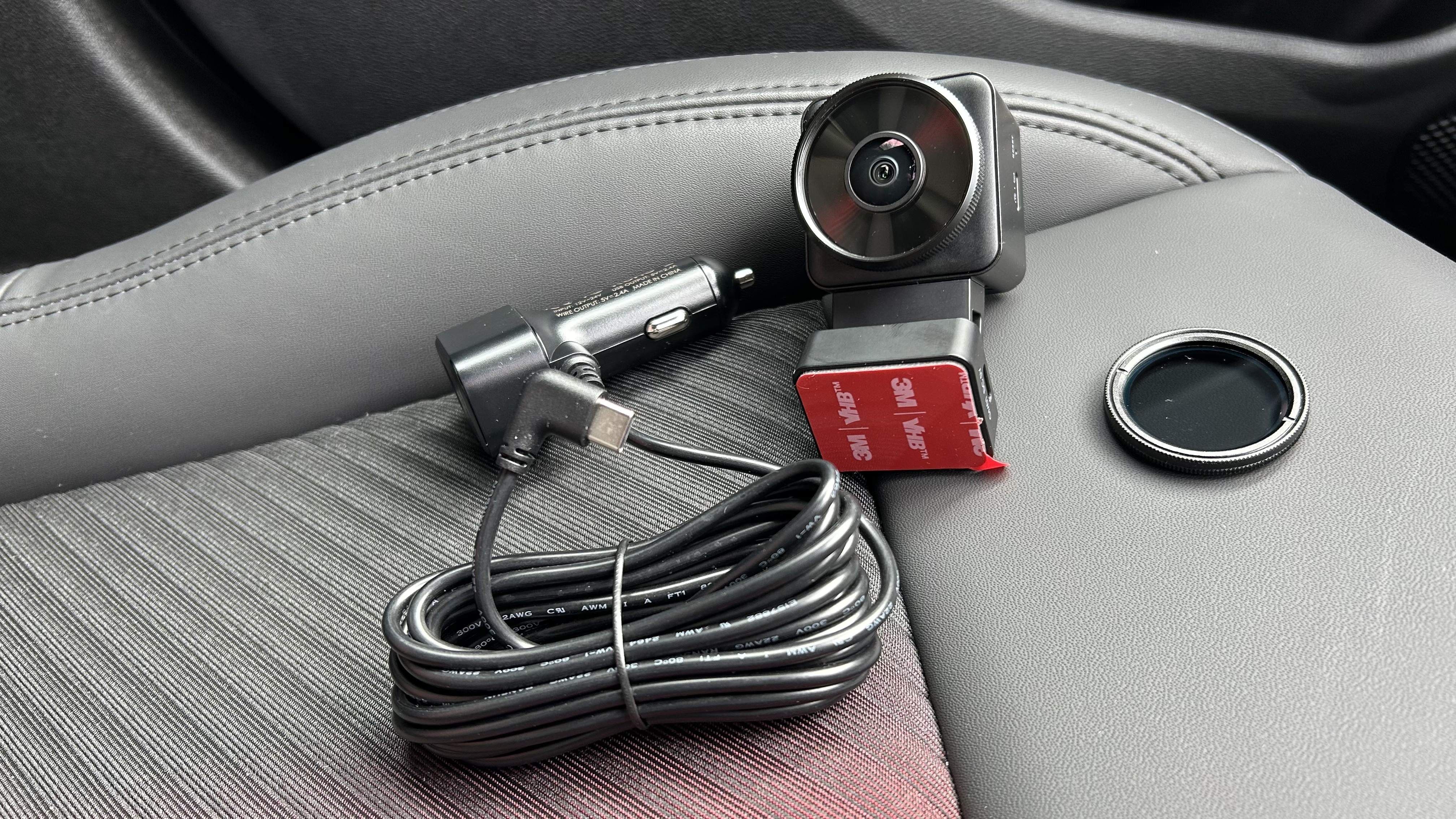
The box includes everything you need to get up and running, including all the cables and an installation tool for pushing wires behind trim. The Vantrue E1 Pro is designed to operate as a solo unit, so there's no option to plug a rear-facing camera into the assembly. However, it's keenly priced, so should appeal to anyone who's going to be content with a front-facing only model.
Another point to remember – and this is the case for the majority of dash cam models, is that the Vantrue E1 Pro Dash Cam will need to be hard-wired into a vehicle to exploit its advanced parking features. Power can also be supplied via a standard 12V socket, which is found in the majority of vehicles; however, there is value in the parking mode, in which the E1 Pro can capture footage 15 seconds before and 30 seconds after motion is detected. If you’re prone to parking in less-than-ideal neighborhoods, it could be a valuable feature, and worth the extra cost of adding in the hardwire kit.
The Vantrue Element E1 Pro Dash Cam is often listed by its model number, the E1 Pro, and is available now directly from the Vantrue website as well as online retailers including Amazon. VanTrue has it listed for £139.99 in the UK market and $129.99 in the US, while Amazon lists it for £129.99 in the UK, and sells the E1 Pro for $149.99 in the US. As always, it’s worth shopping around and keeping an eye out for special offers, as prices for dash cams can fluctuate a lot. I'd expect this model to be regularly on sale for a good 10% less.
The keen price point pits the E1 Pro against the likes of the Nextbase Piqo 2K and Miofive S1 and is excellent value for the features on board.
One of the most appealing aspects of the Vantrue E1 Pro is its cute, cubist design. It’s basically just a small black plastic box, but with all of the stuff needed to make it appealing at the same time. There’s an LCD screen on the back, which packs in a very decent resolution and looks great in use, even though the information icons packed into the small viewing area are a bit too much to take in with a quick glance.
Another great feature with this model is the mounting bracket, which can be attached to a windshield directly via an adhesive pad or by first mounting it to a static sheet, which makes removal easier if the camera needs to be transferred to another vehicle. While it is in situ, the dash cam also features a slide-out bracket, which means the camera can be pulled out and put away if needed, leaving just the windshield part in place.
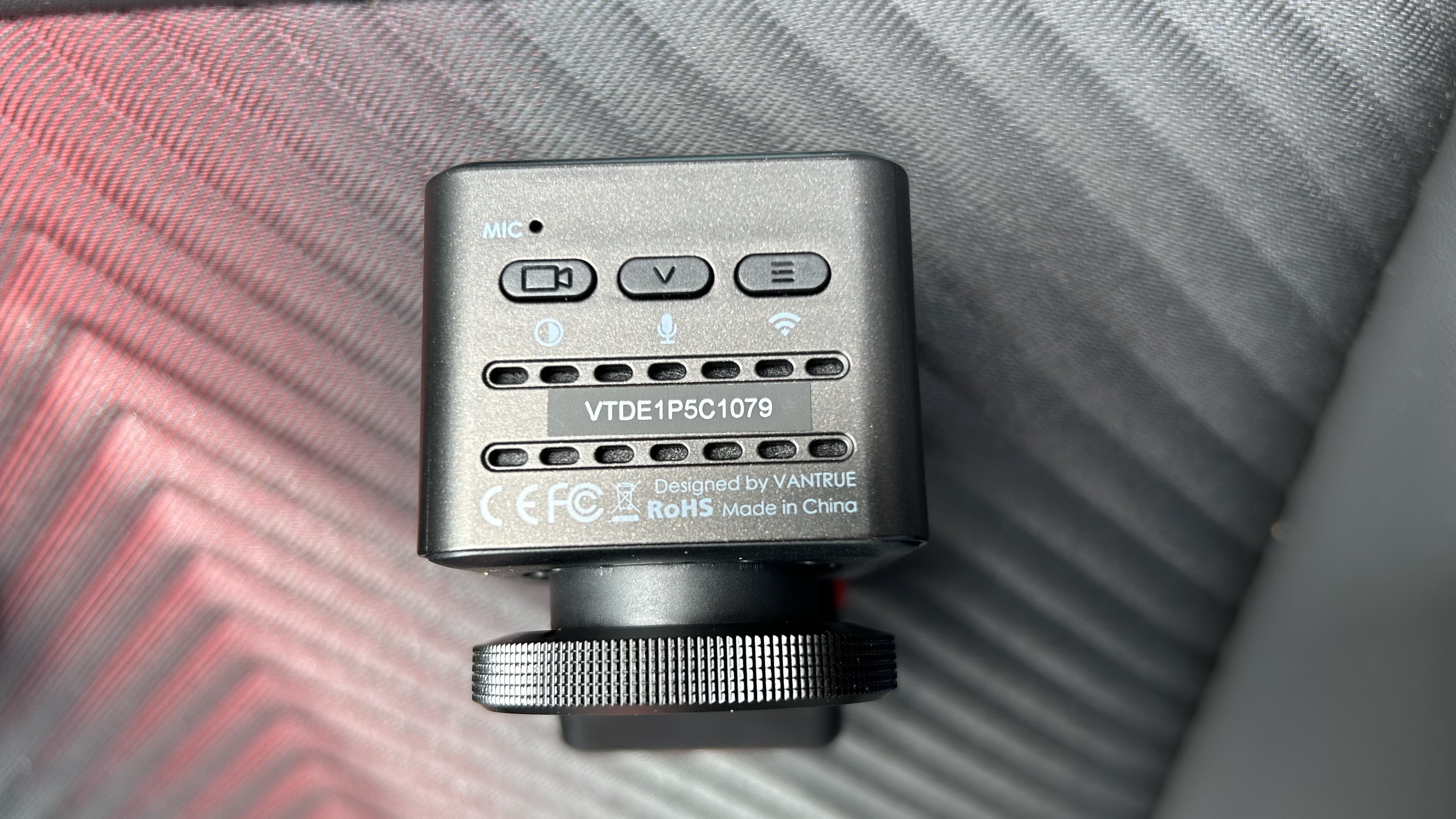
As mentioned, Vantrue now supplies this model with a polarizing filter, which I found to be a valuable addition, especially for use in variable lighting conditions. Fitting it can be a little awkward, mind, especially for anyone with large fingers, as the threading process is quite fiddly. Nevertheless, I like the way this also keeps the F1.8, 7-glass lens nicely covered, and it's much easier to wipe over in case of any unwanted fingerprint marks. Overall, the build quality is very impressive, and everything you need to get started is inside the box, including a Type C data cable if Wi-Fi isn’t available.
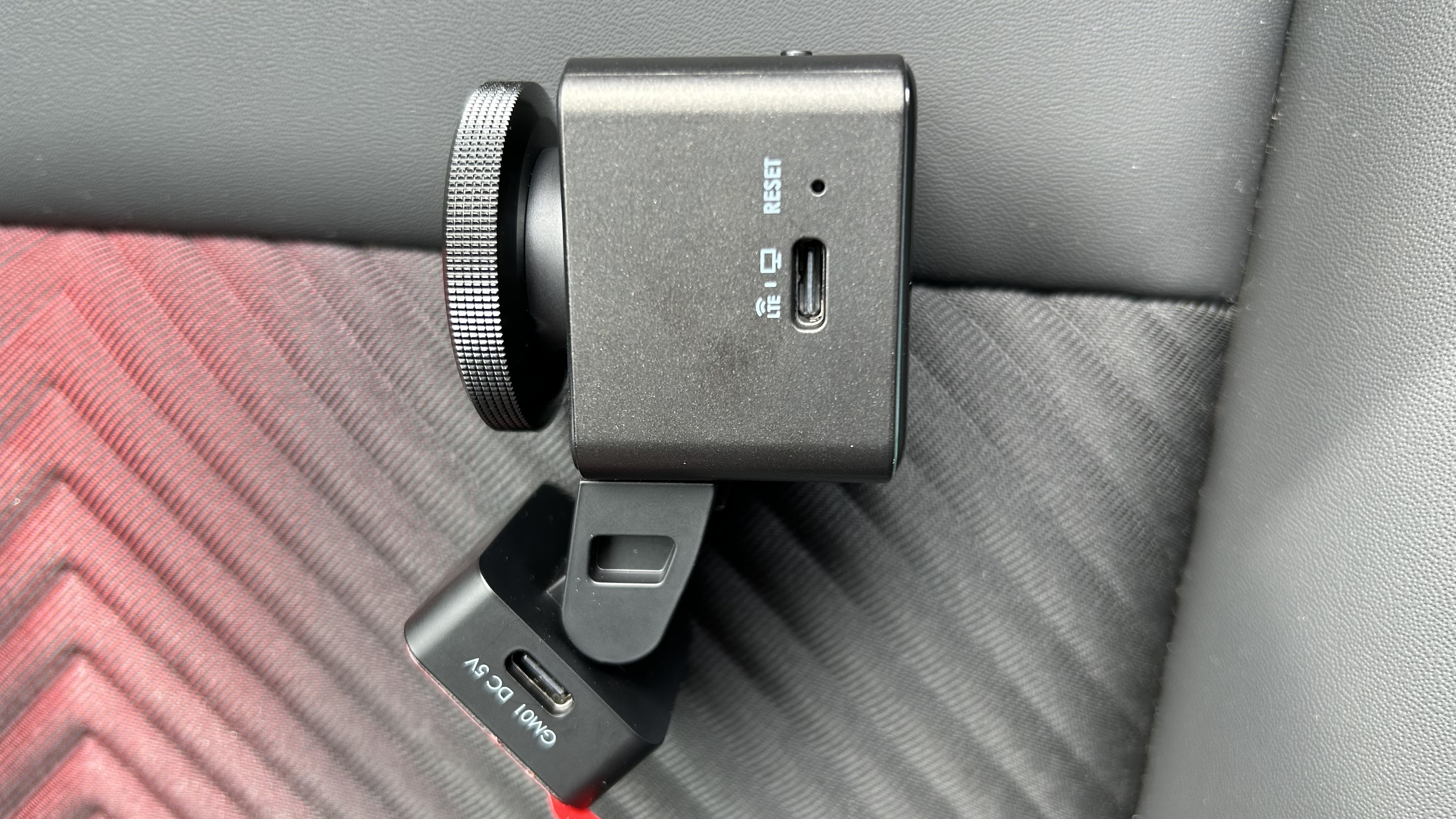
Specification was left a little bit wanting on the original incarnation of this design, and i's in this department where the real improvements have been made. Vantrue has upped the quality of the innards, with 4K 3840 x 2160p 30fps footage now delivered very nicely by the Sony IMX678 Starvis 2 sensor. The F1.8 lens and 158-degree wide-angle field of view captures impressive coverage of the road ahead, and I found little to grumble about during everyday use.
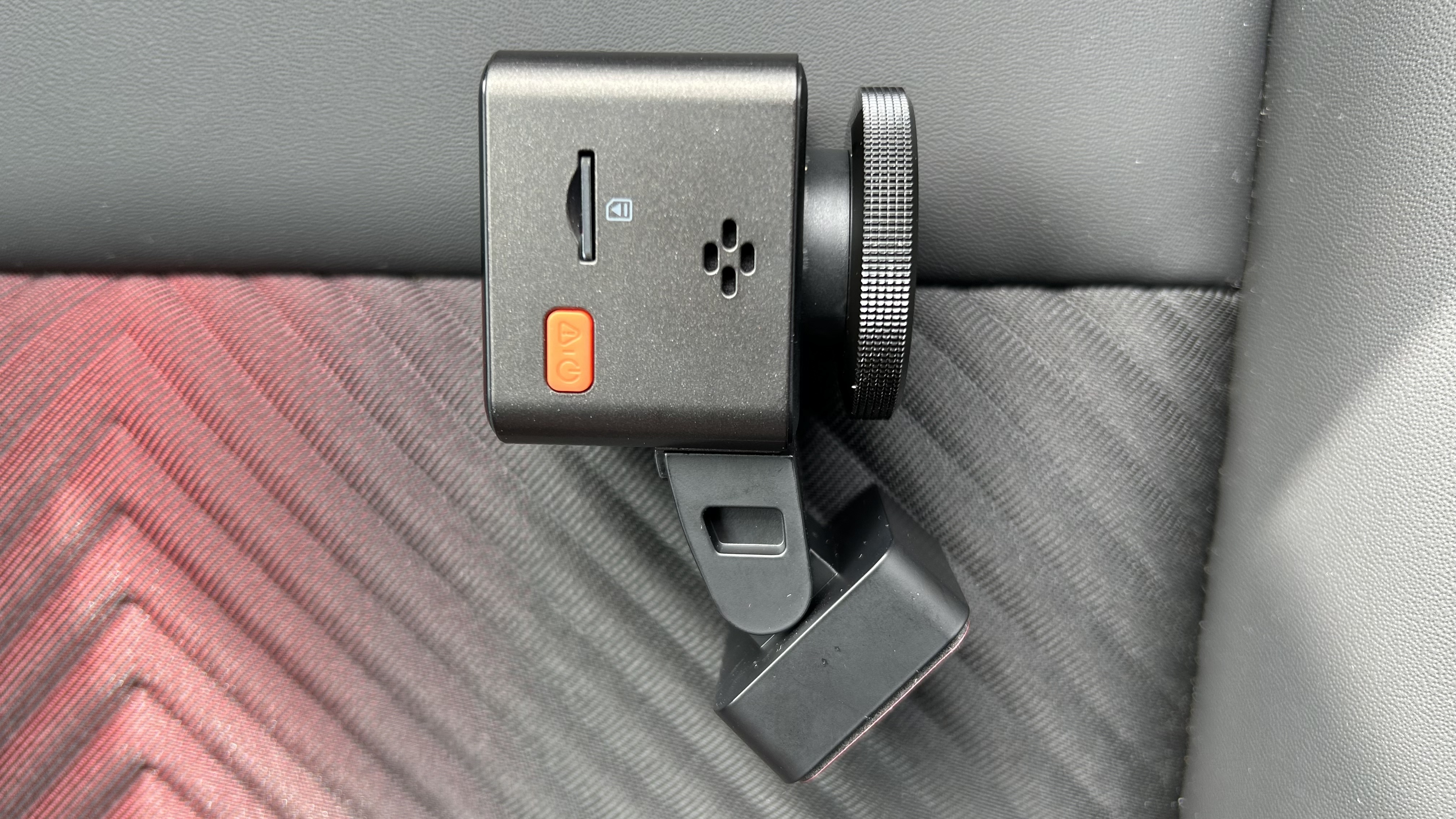
The addition of the polarizing filter is useful, and it did seem to keep glare to a minimum, and VanTrue’s PlatePix software seems quite good at boosting the definition of license plates and the like. Similarly impressive results were recorded after dark, so I do think this model is a solid all-rounder, and clearly an improvement over the original model – and it can be purchased for roughly the same price.
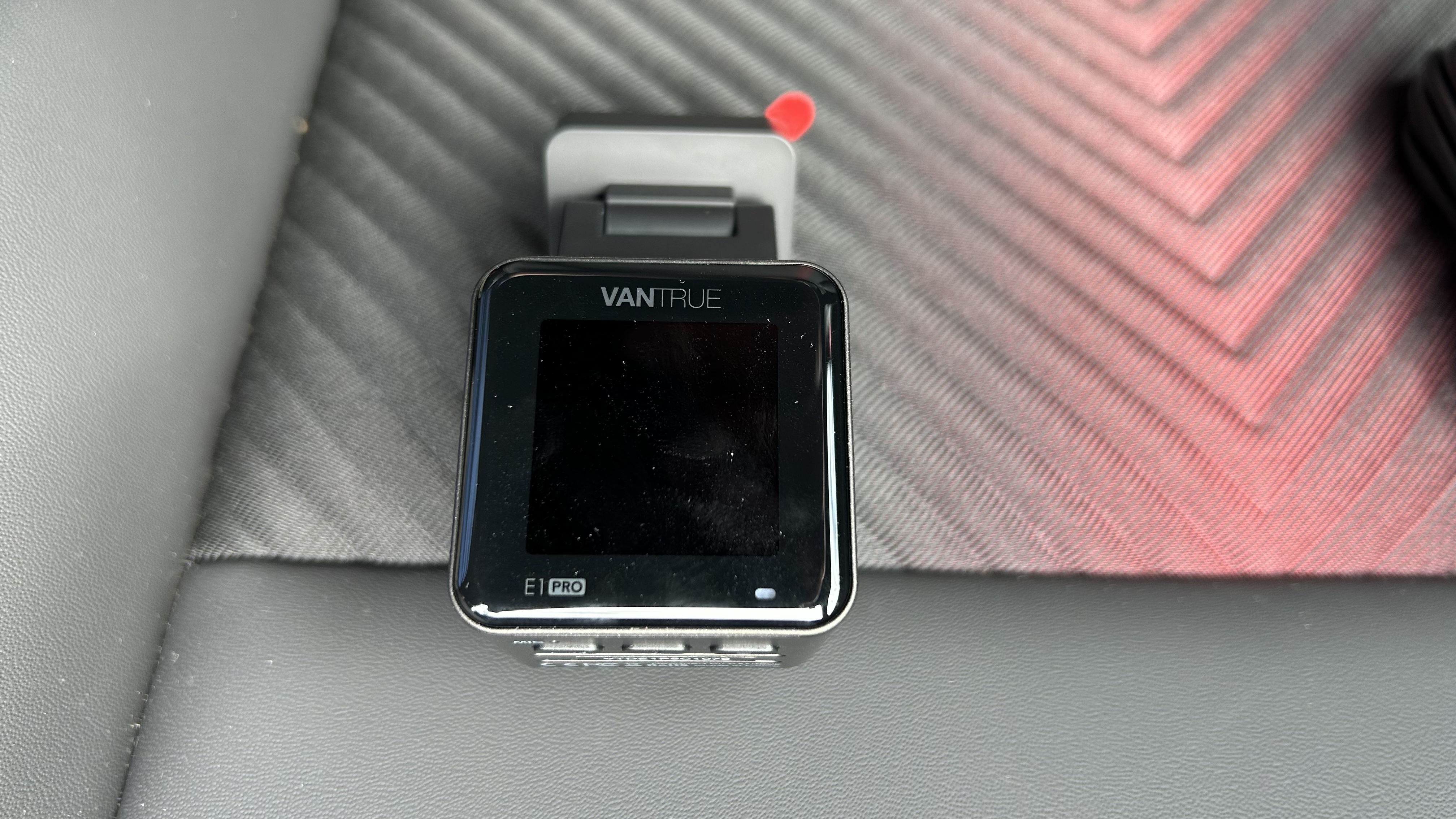
Vantrue is a past master at delivering great app support, and that’s very much the case here. As this model shoots 4K there is a little more to think about in terms of file management, although the up-to 1TB microSD card option takes the pressure off a lot. That capacity can handle up to 66 hours of footage, plus the loop recording can be adjusted in 1-, 2-, or 3-minute segments. There is also the appeal of Wi-Fi transfer; otherwise the Vantrue E1 Pro supports what is fairly standard 5G, or cable transfer if that’s preferred.
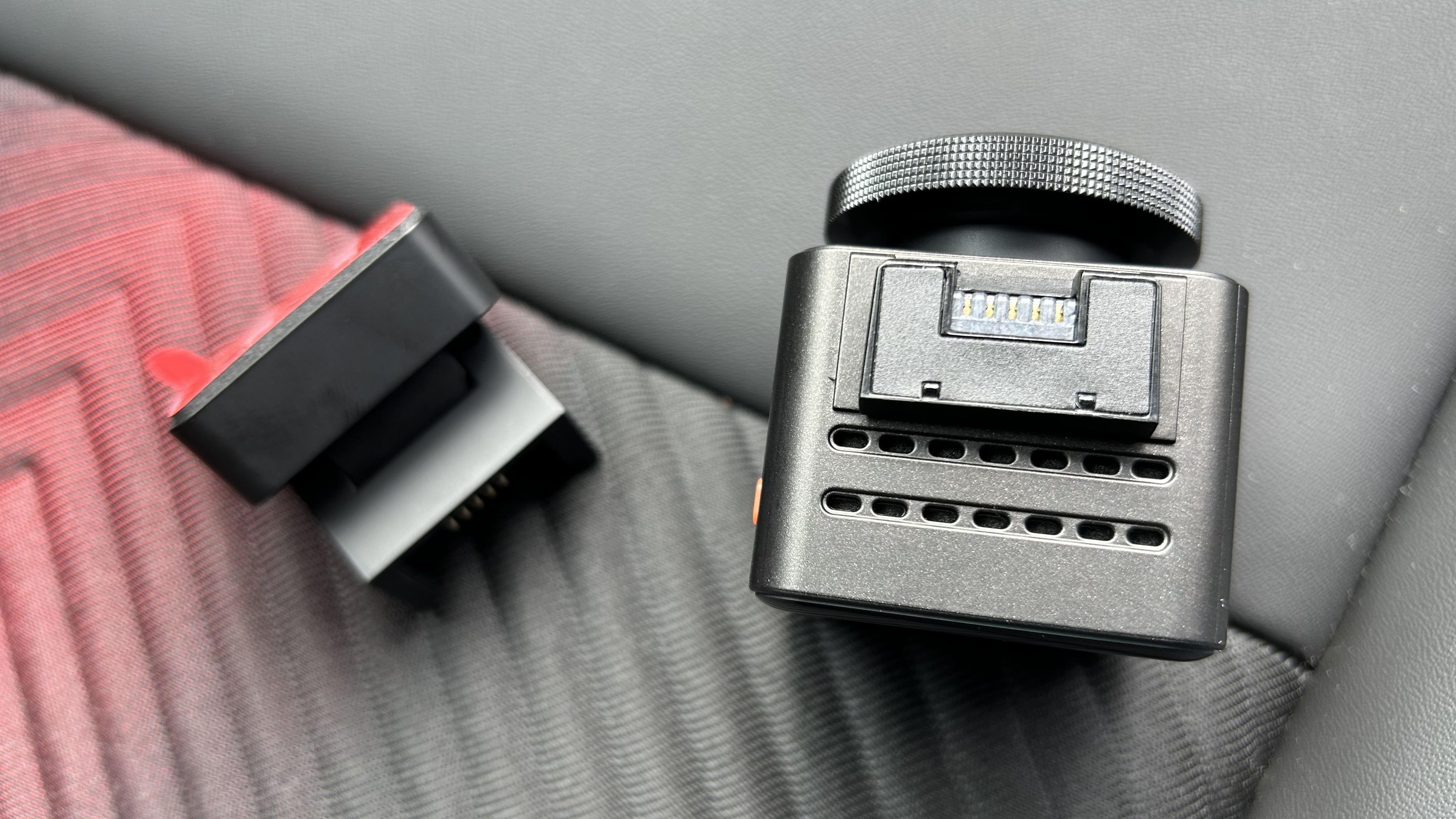
You bought the original version
The Vantrue E1 Pro Dash Cam is a genuine improvement over the original model, and feels like much better value for money with its beefier spec.
Compact design is a must-have
One of the most appealing aspects of the Vantrue E1 Pro Dash Cam is its compact form factor, which is ideally suited for vehicles with a smaller windshield area.
Capturing details is a crucial requirement
Vantrue makes much of its PlatePix software, and alongside the polarizing filter and better sensor does deliver more detailed footage.
You need a more manageable form factor
Be warned: the Vantrue E1 Pro Dash Cam is quite a compact model, and using it might be a challenge for anyone with chunky digits.
You need a rear-view solution too
This model is designed to run solo, which means there's no option for connecting a rearward-facing camera for a complete solution.
You aren’t too bothered about 4K appeal
Having the beefier-quality video produced by the Vantrue E1 Pro Dash Cam is a real plus, but cheaper alternatives are plentiful if you’re not bothered about this.
After receiving my review loan unit, I fitted the Vantrue E1 Pro Dash Cam to a family-sized car using the supplied cable and powered it via the 12V socket. The camera was fitted with a 128GB microSD card, which allowed me to test the reliability of recording 4K files to media. The resulting data was also shared to my phone, with files being managed by the VanTrue app on an Apple iPhone, along with cable transfer for good measure.
One of the very useful features of the Vantrue E1 Pro Dash Cam is the mounting bracket, which allowed me to remove it whenever needed and click it back into place just as quickly. Although I wasn’t able to hard-wire this model into my test vehicle, I have every reason to expect the optional parking monitoring features to function just as well as everything else.
By: DJI
The Mavic is DJI’s first compact, personal flying camera. Ultimate image quality and ultimate portability combine in one revolutionary device that will stay with you, whenever you need it to capture that sudden burst of inspiration.
Always follow applicable rules and regulations in your jurisdiction. Permits were obtained, where needed, in locations depicted in this video.
Maximum range specification is provided as a performance measurement only.
Subscribe: http://www.youtube.com/user/djiinnova…
Like us on Facebook: https://www.facebook.com/DJI
Follow us on Twitter: http://www.twitter.com/DJIglobal
Follow us on Instagram: http://www.instagram.com/DJIglobal
Website: http://www.dji.com/
By: Hover Camera
Hover Camera is the first autonomous flying camera of its kind that’s truly safe, portable, and easy-to-use.
Powering Hover Camera’s ease of use is Embedded AI, Zero Zero Robotics’ groundbreaking technology that packs a suite of AI algorithms into a tiny circuit board.
To learn more about Hover Camera, visit our official website:
http://GetHover.com/
To subscribe to our awesome newsletter, click the link below:
http://GetHover.com#subscribe
To join to be a Beta Tester, click the link below:
http://GetHover.com#joinbeta
By: WIRED
If you hate GoPro’s rectangular shape, your prayers have been answered! Sort of. We took the new HERO4 Session into rivers, lakes, and surf, off cliffs and platforms, through trees and go kart courses. Our full review will tell you everything you need to know. -Brent | Subscribe for more:http://wrd.cm/15fP7B7
Still haven’t subscribed to WIRED on YouTube? ►► http://wrd.cm/15fP7B7
CONNECT WITH WIRED
Web: http://wired.com
Twitter: https://twitter.com/WIRED
Facebook: https://facebook.com/WIRED
Pinterest: https://pinterest.com/wired
Google+: https://plus.google.com/+WIRED
Instagram: http://instagram.com/WIRED
Tumblr: http://WIRED.tumblr.com
Want even more? Subscribe to The Scene: http://bit.ly/subthescene
ABOUT WIRED
WIRED is where tomorrow is realized. Through thought-provoking stories and videos, WIRED explores the future of business, innovation, and culture.
MINI GOPRO! HERO4 Session: Full Review, Tests, Comparison Footage (WIRED)
Starring: Brent Rose